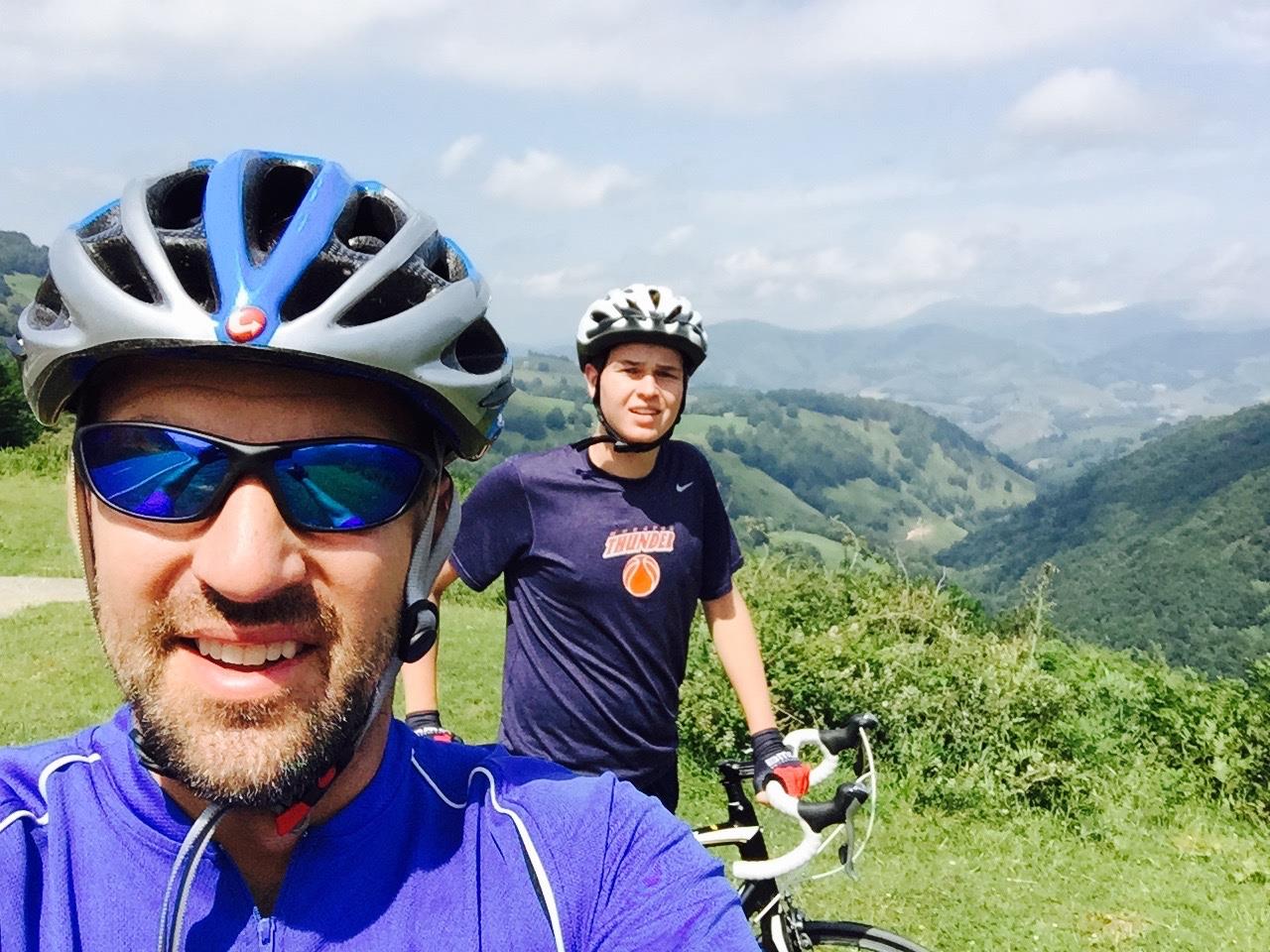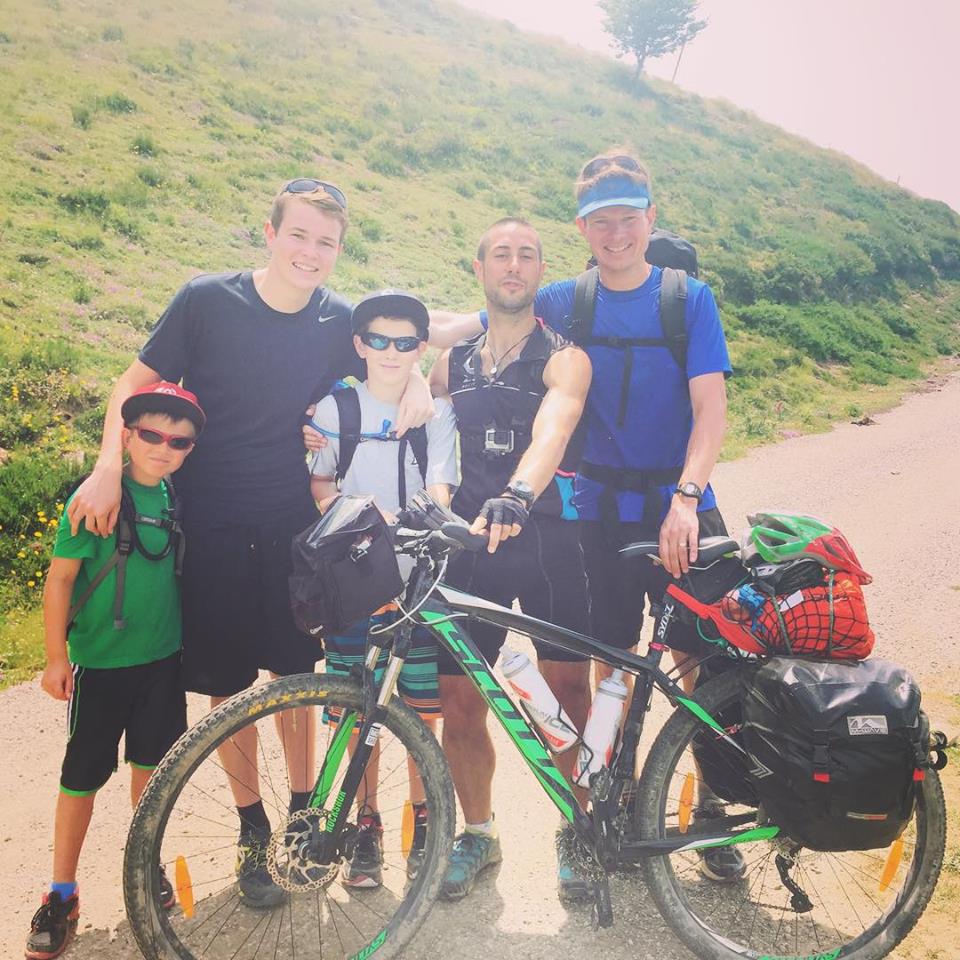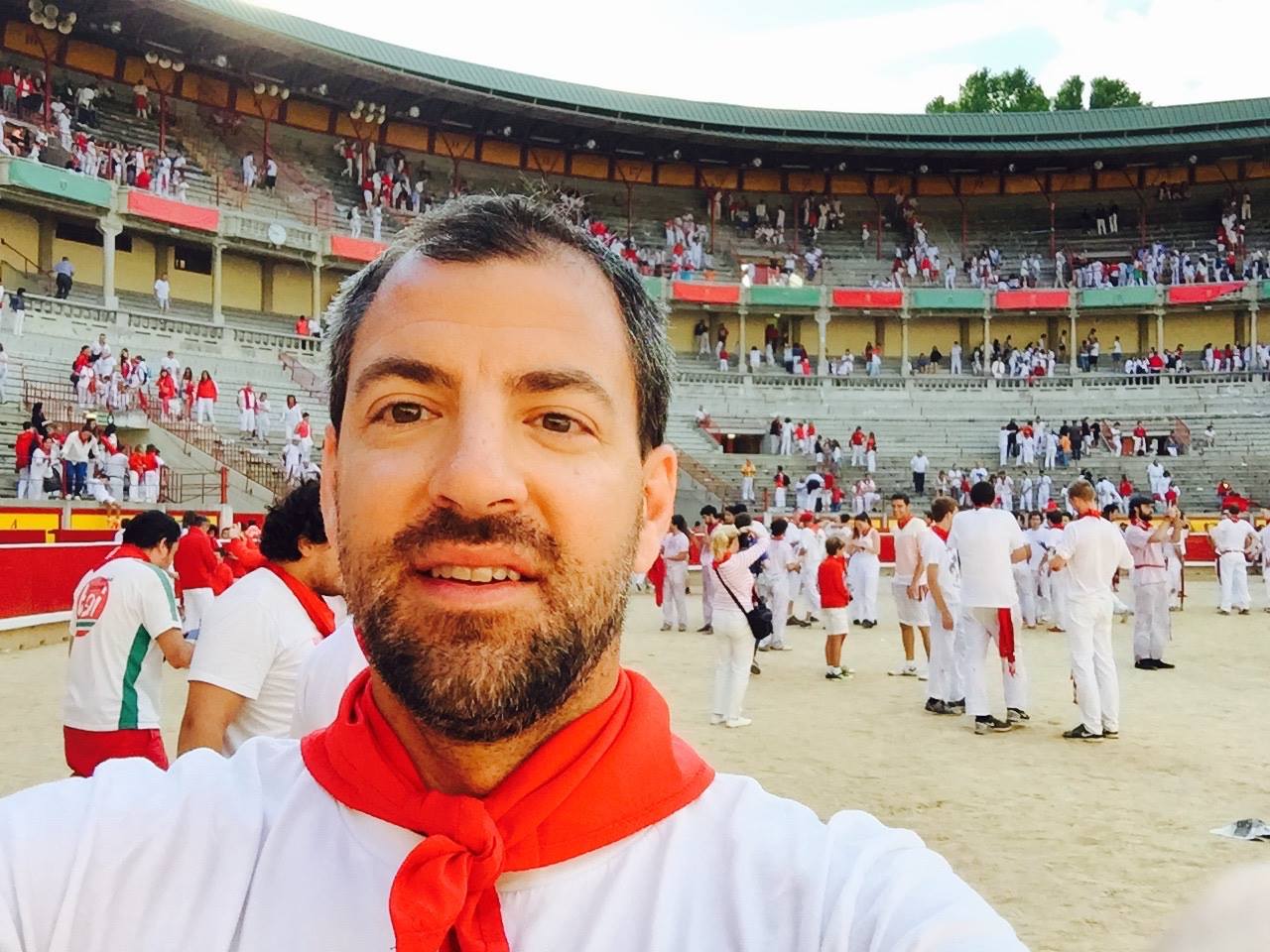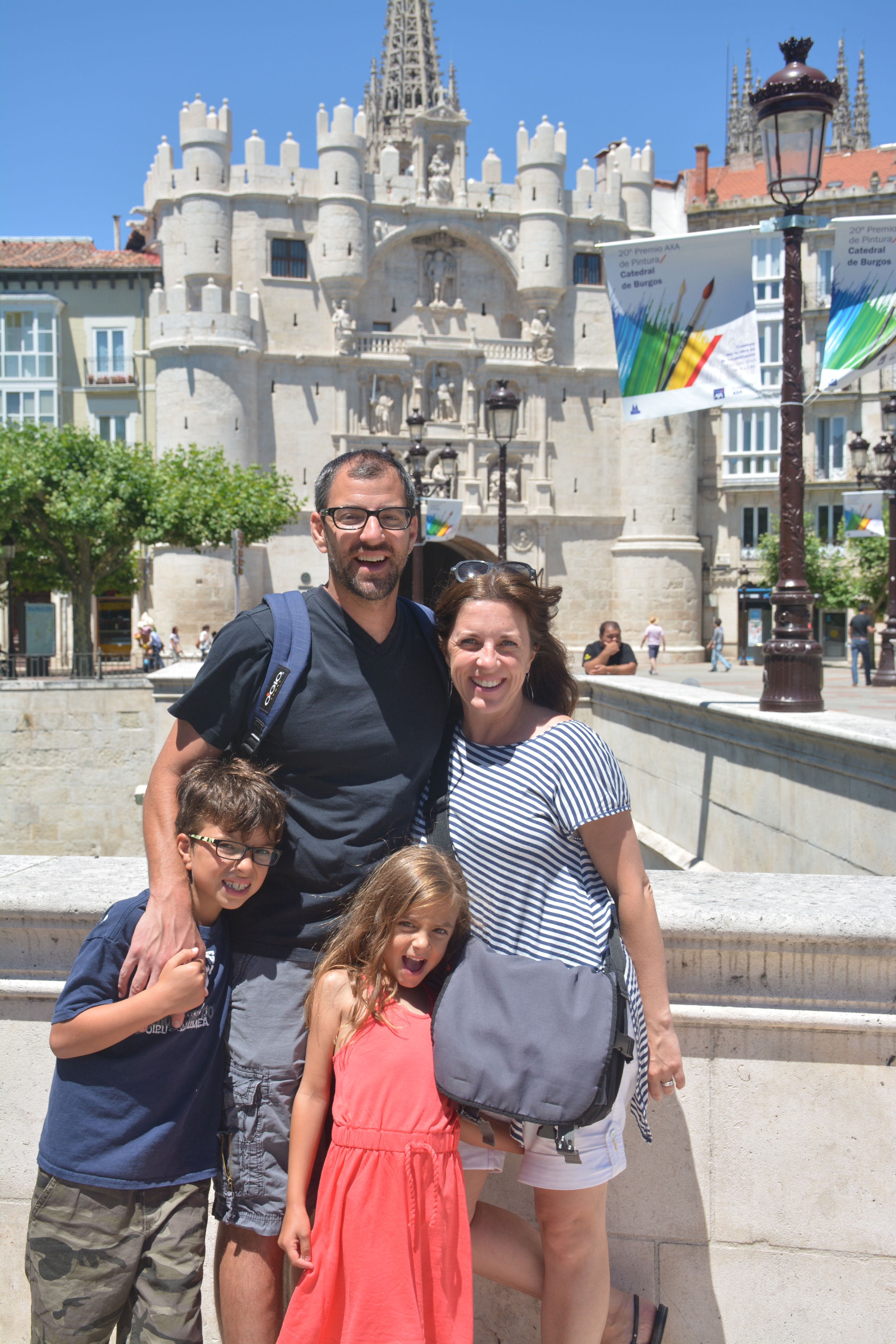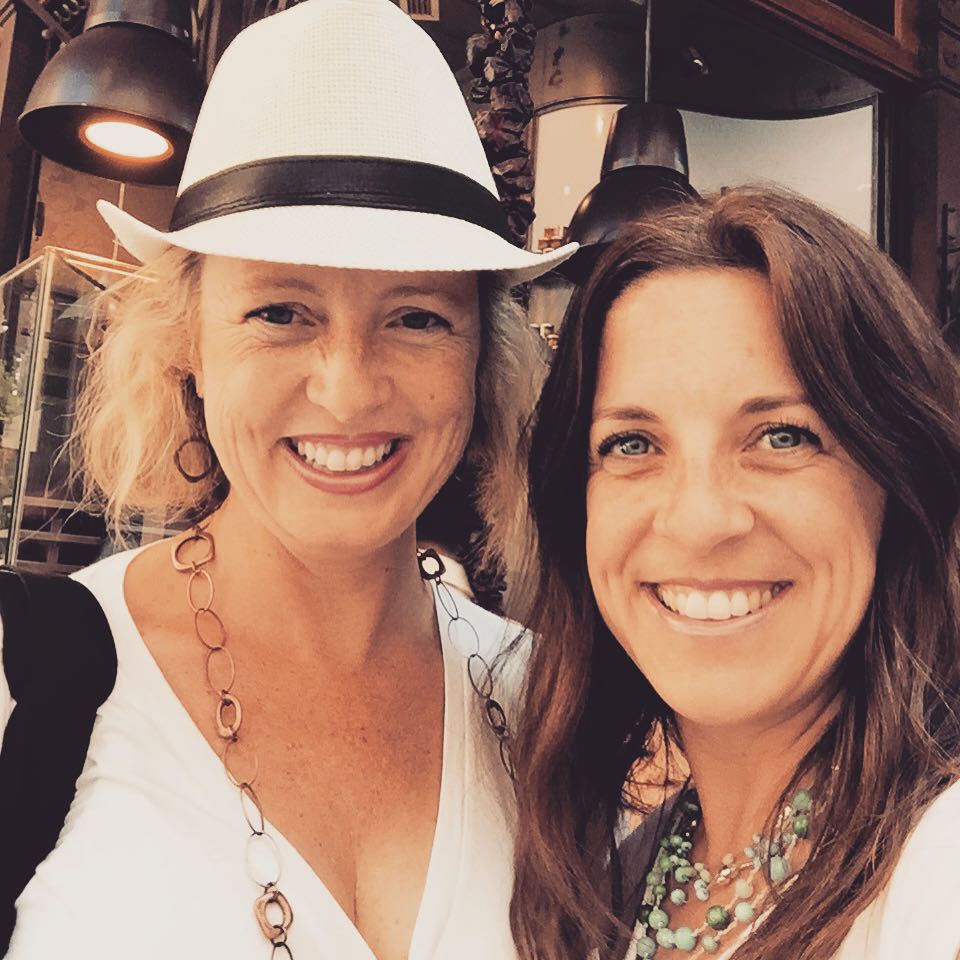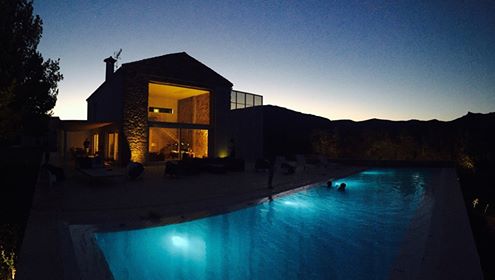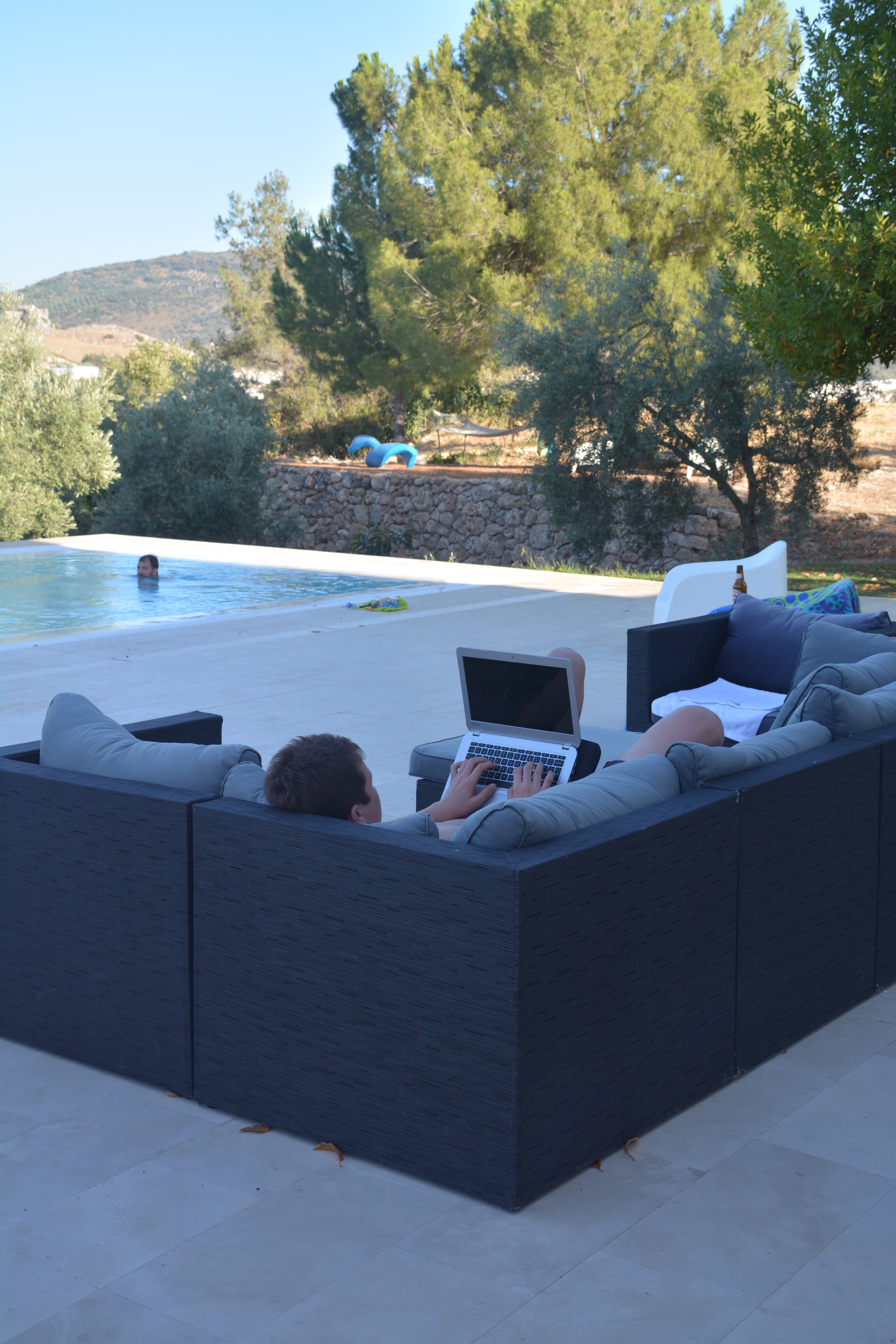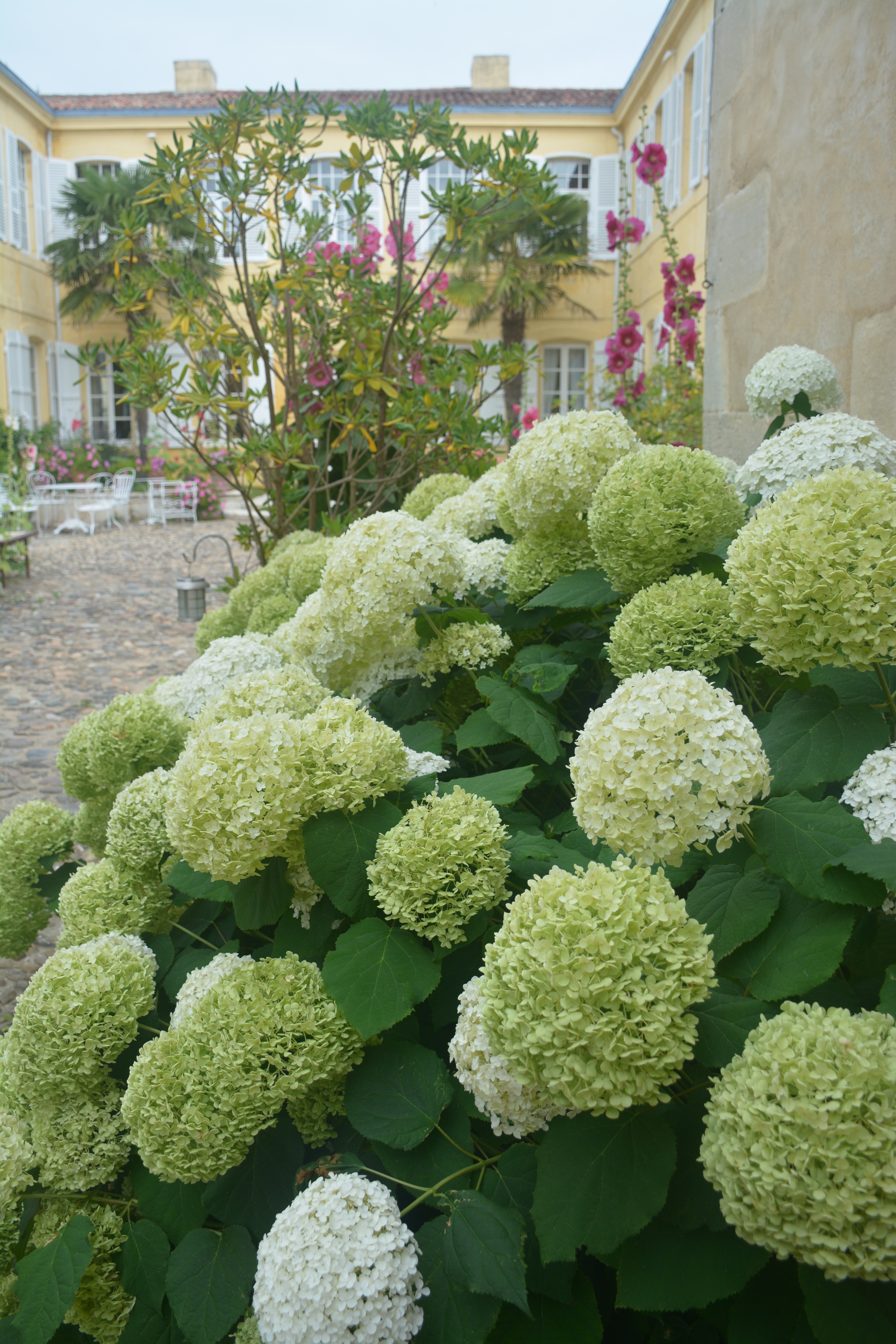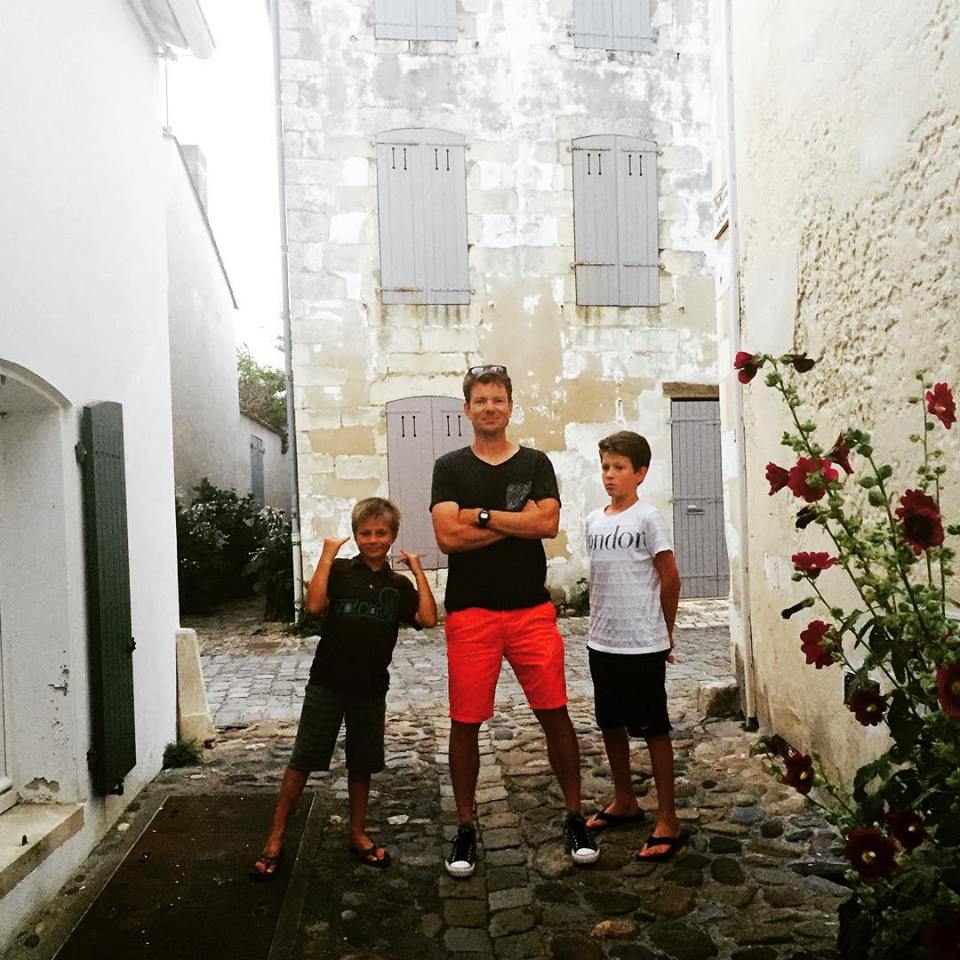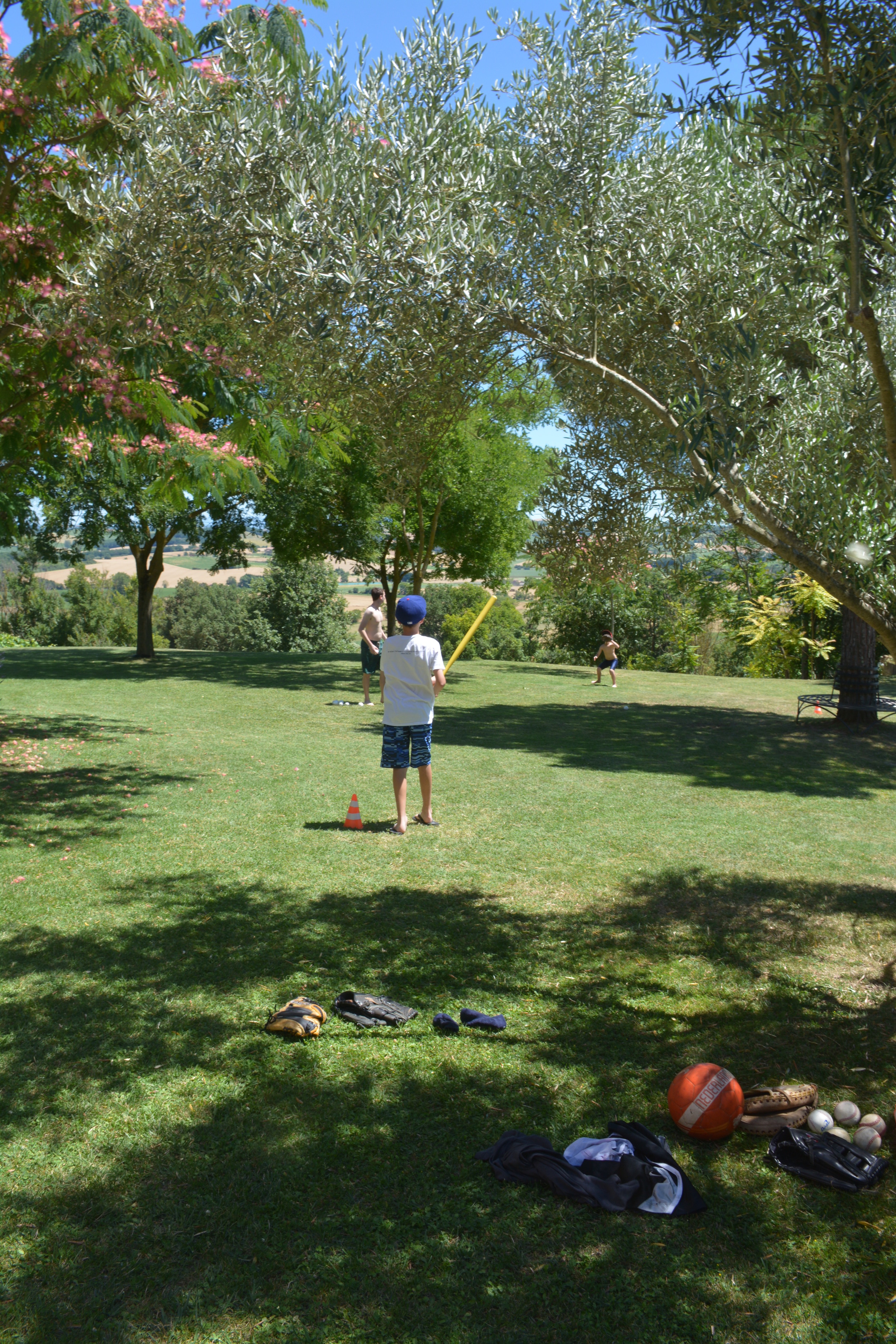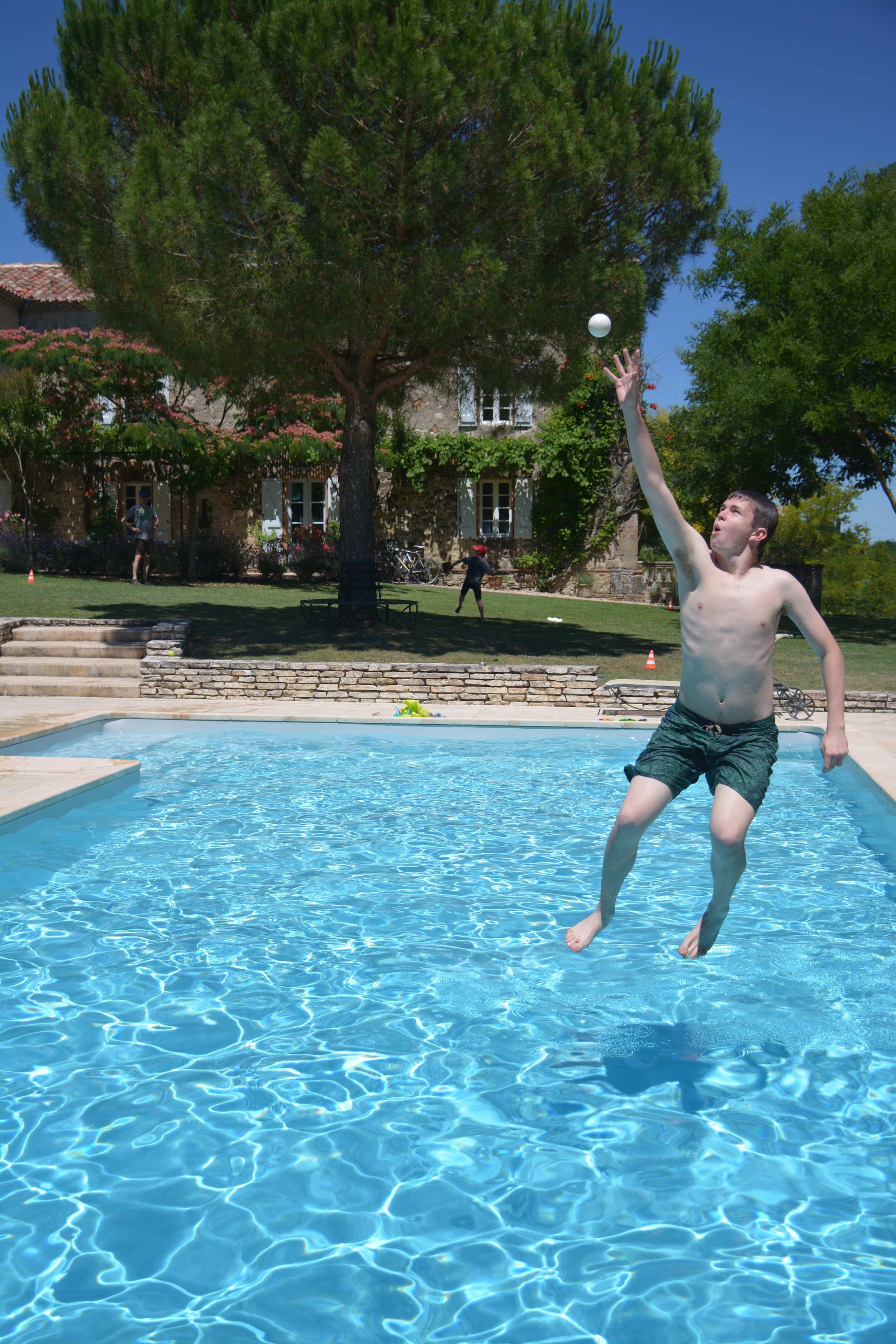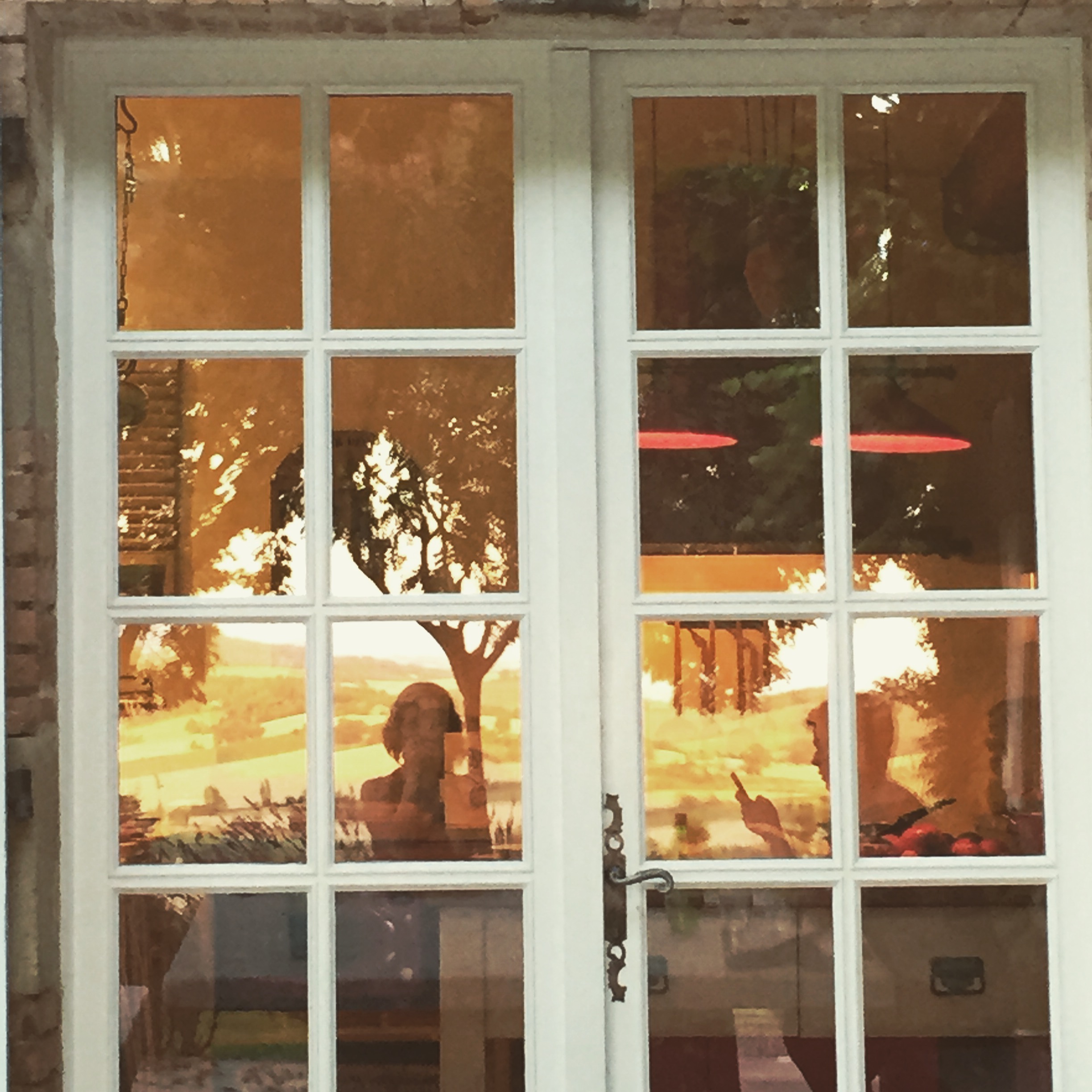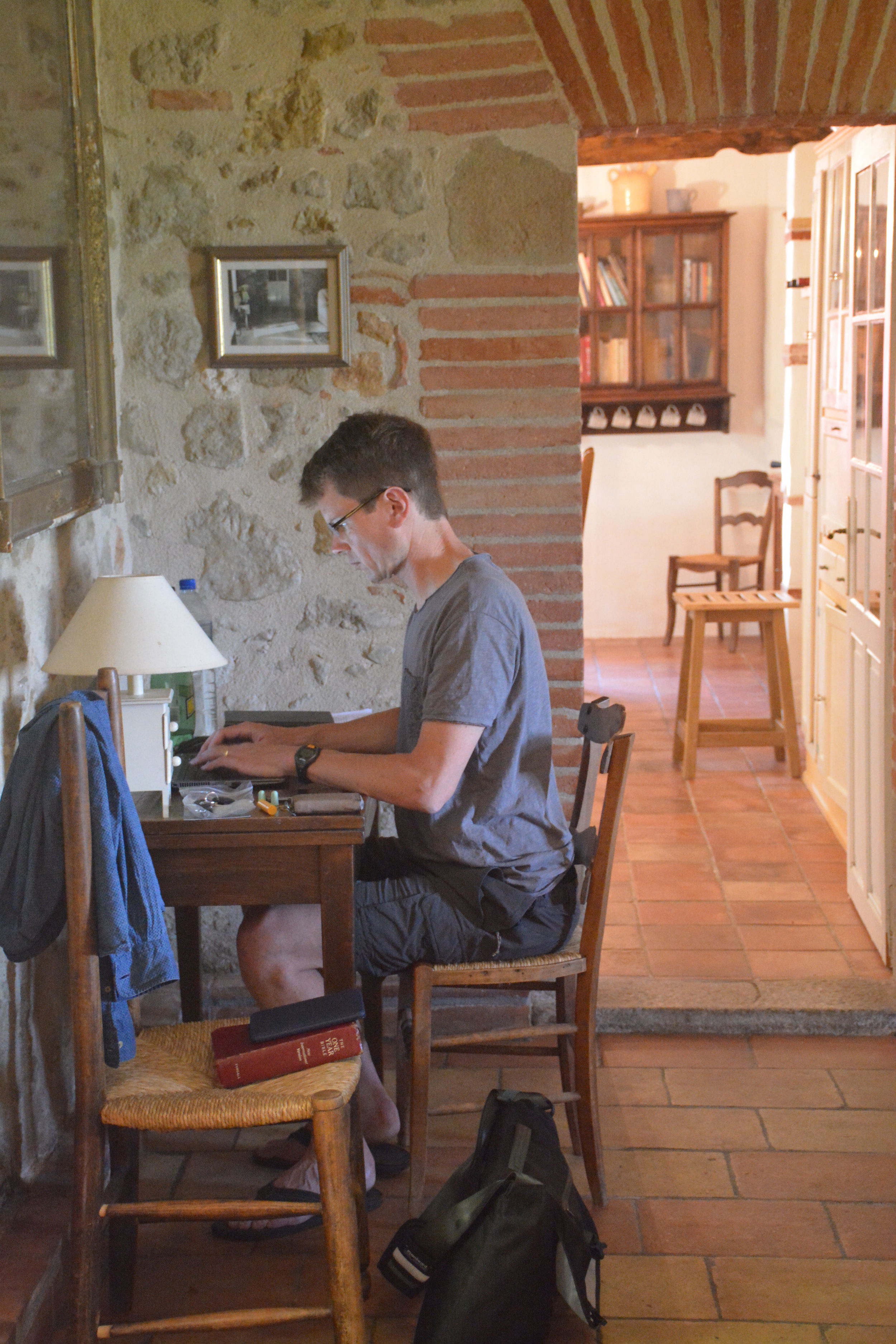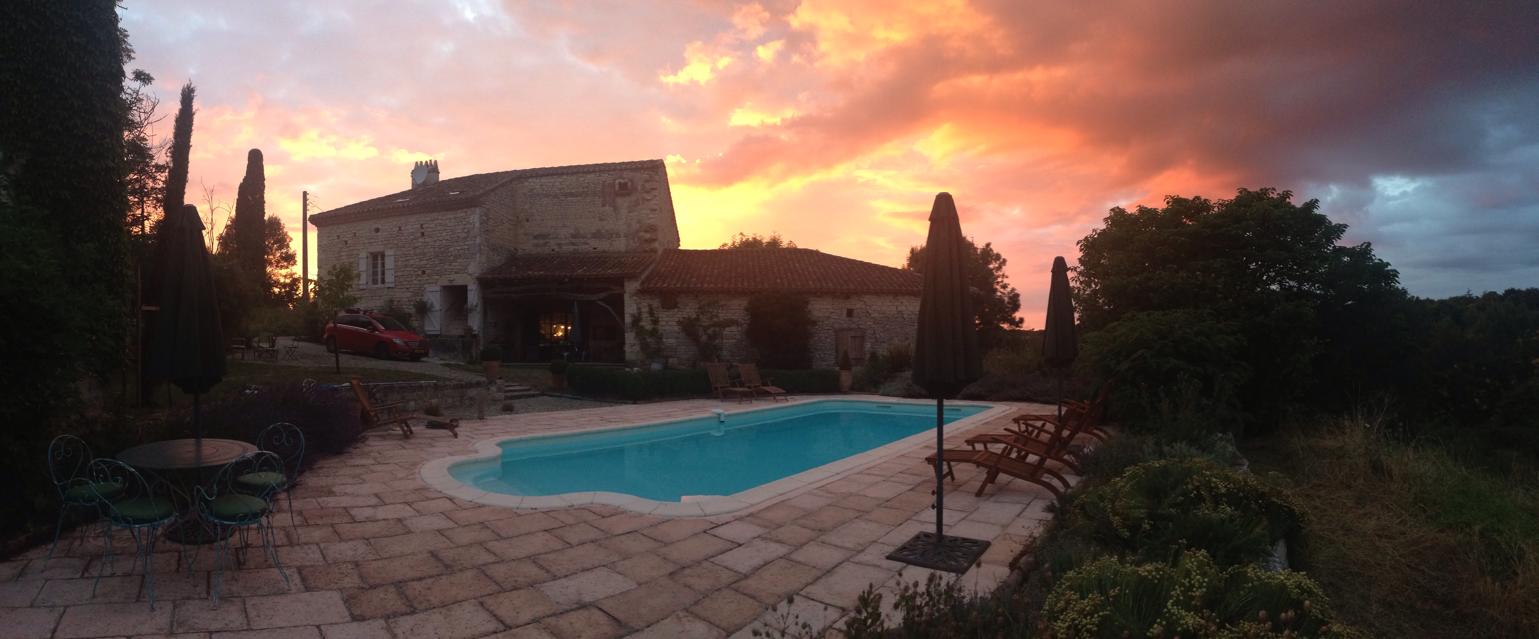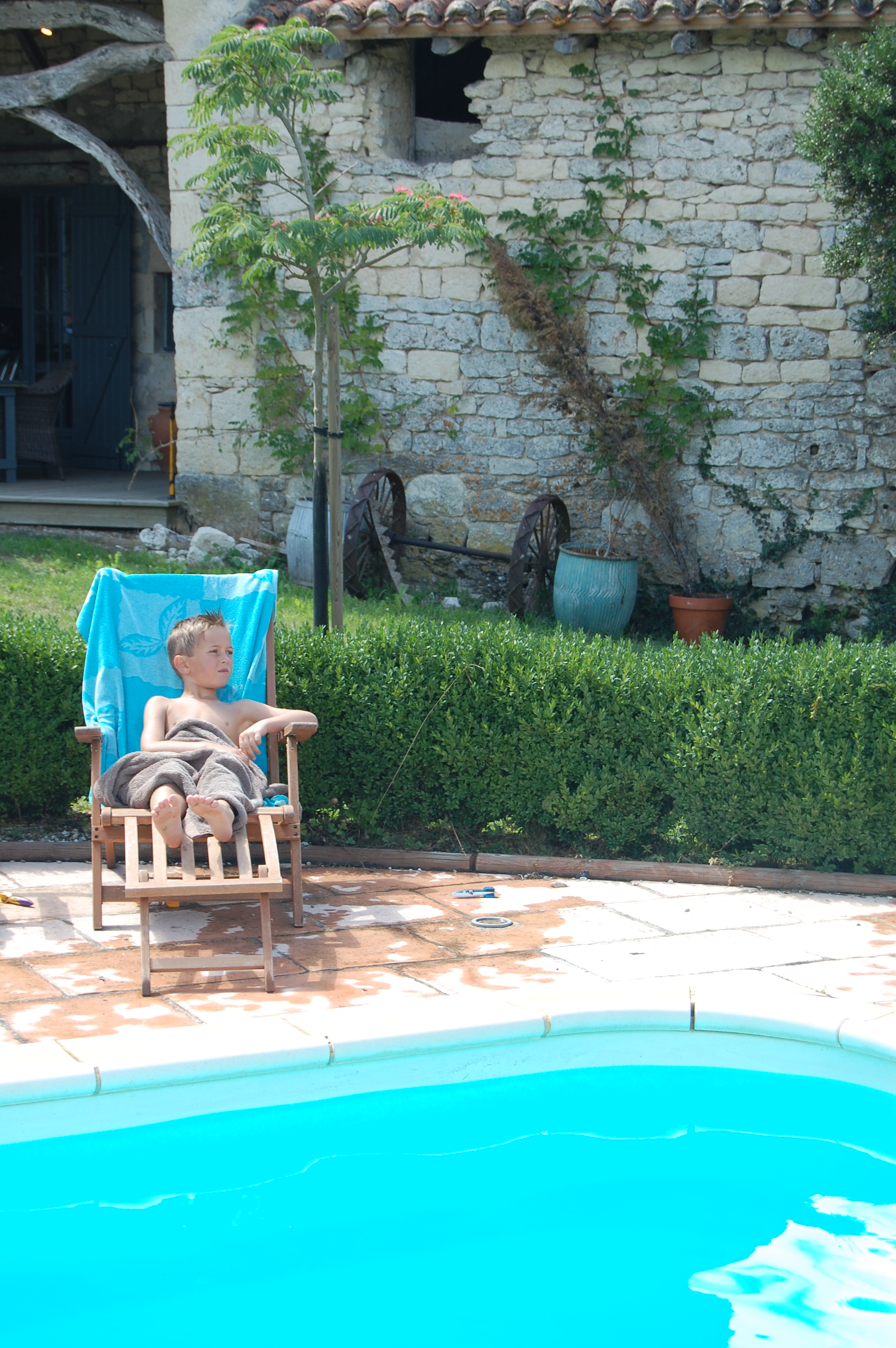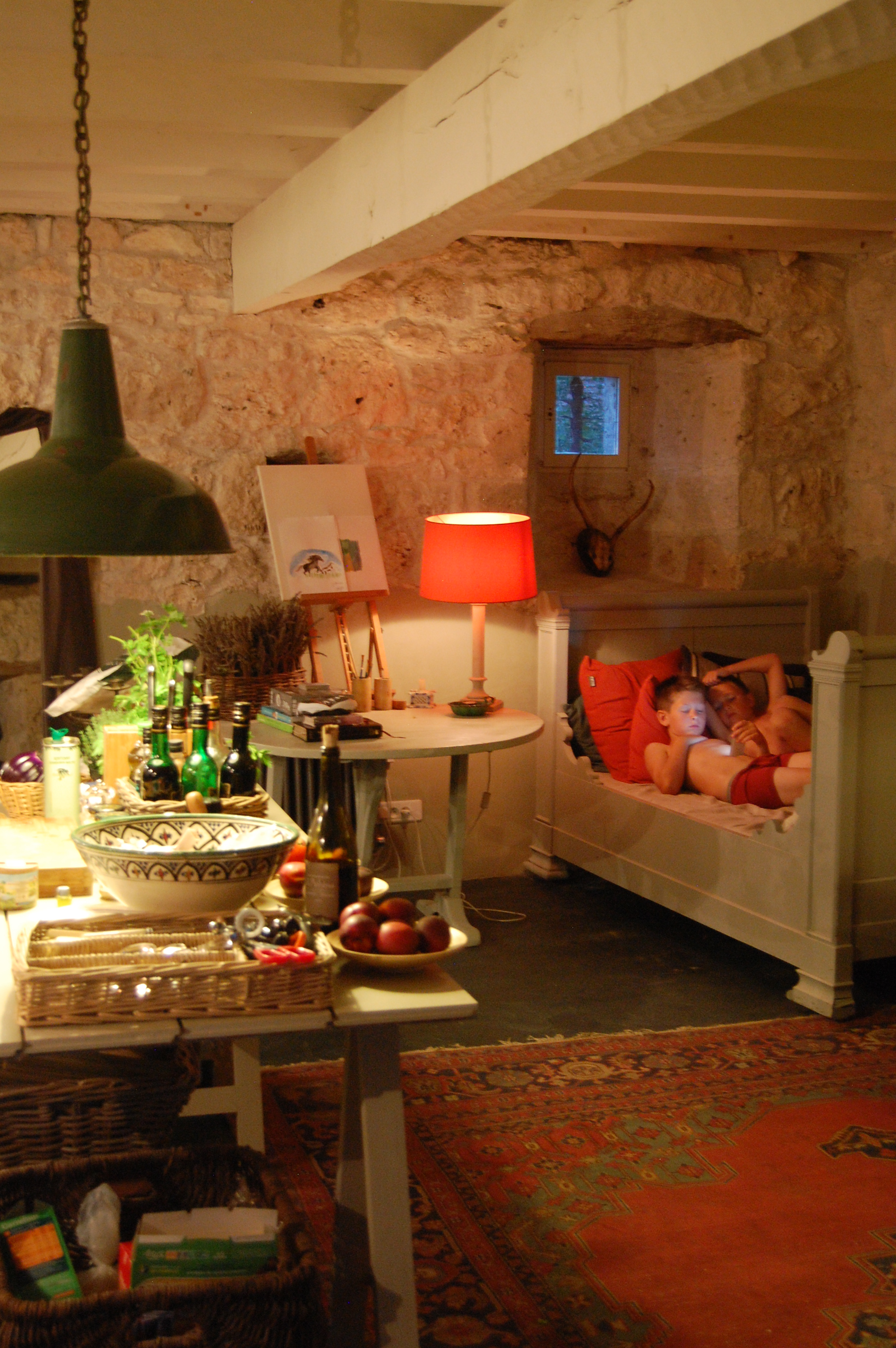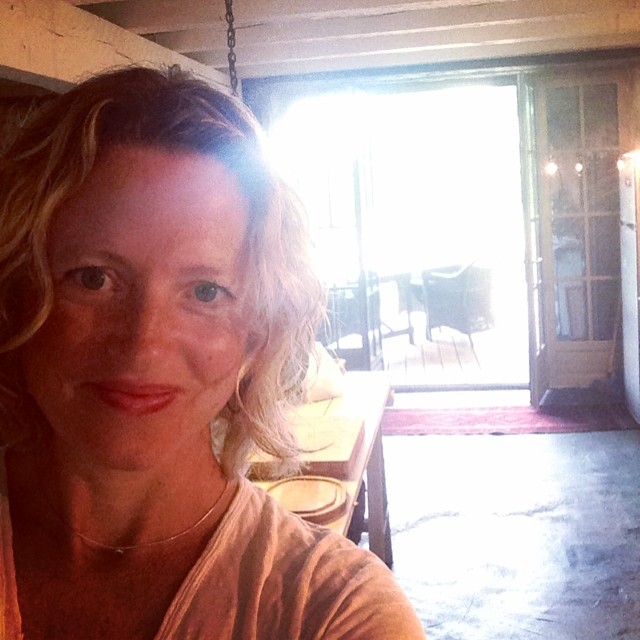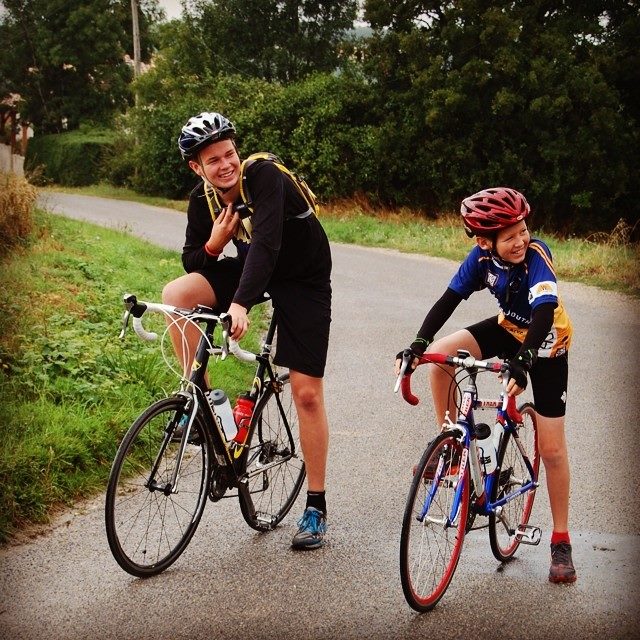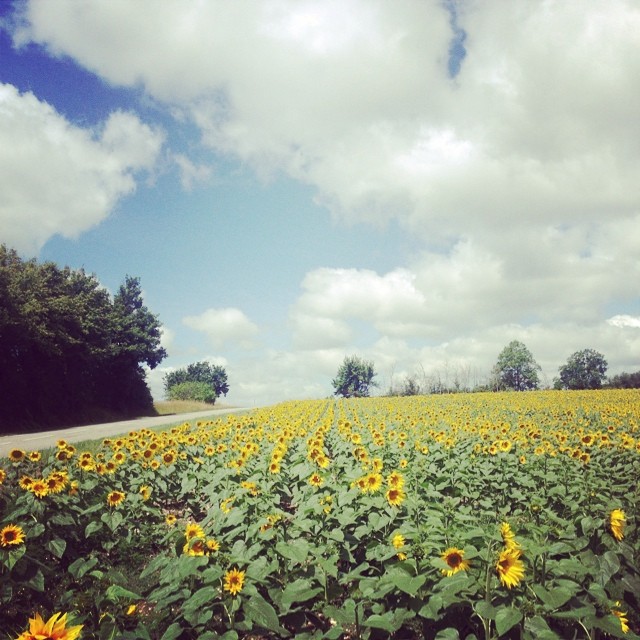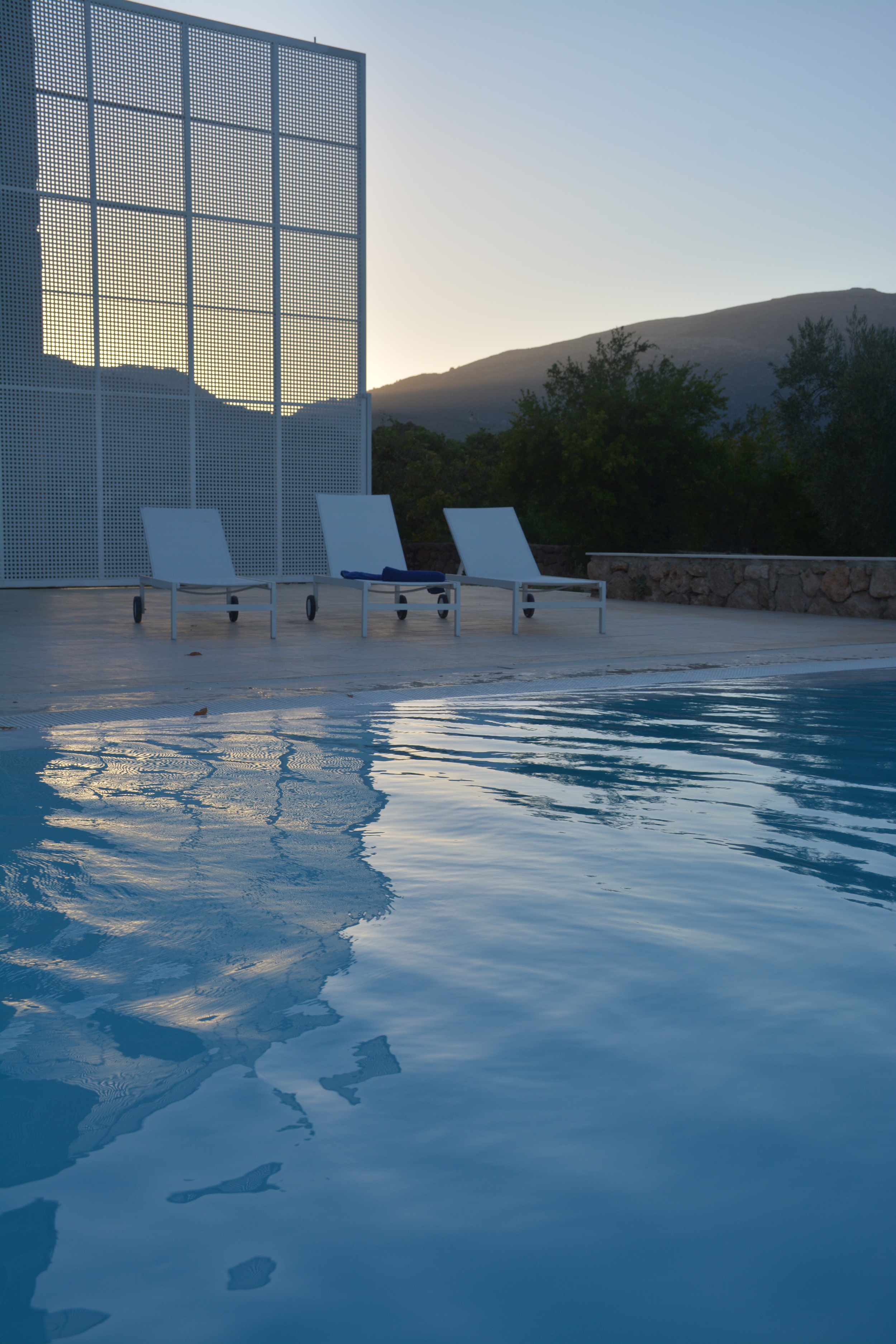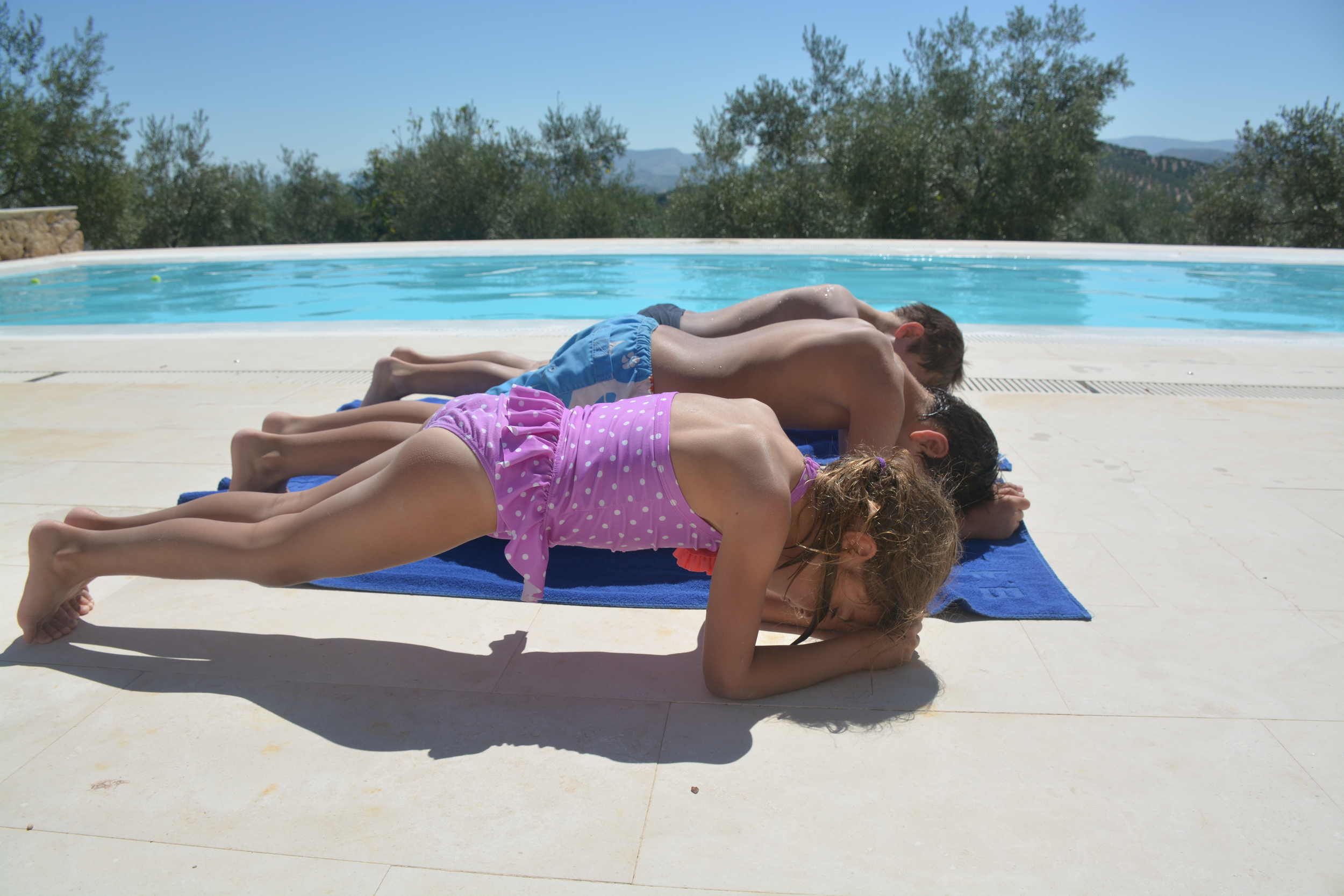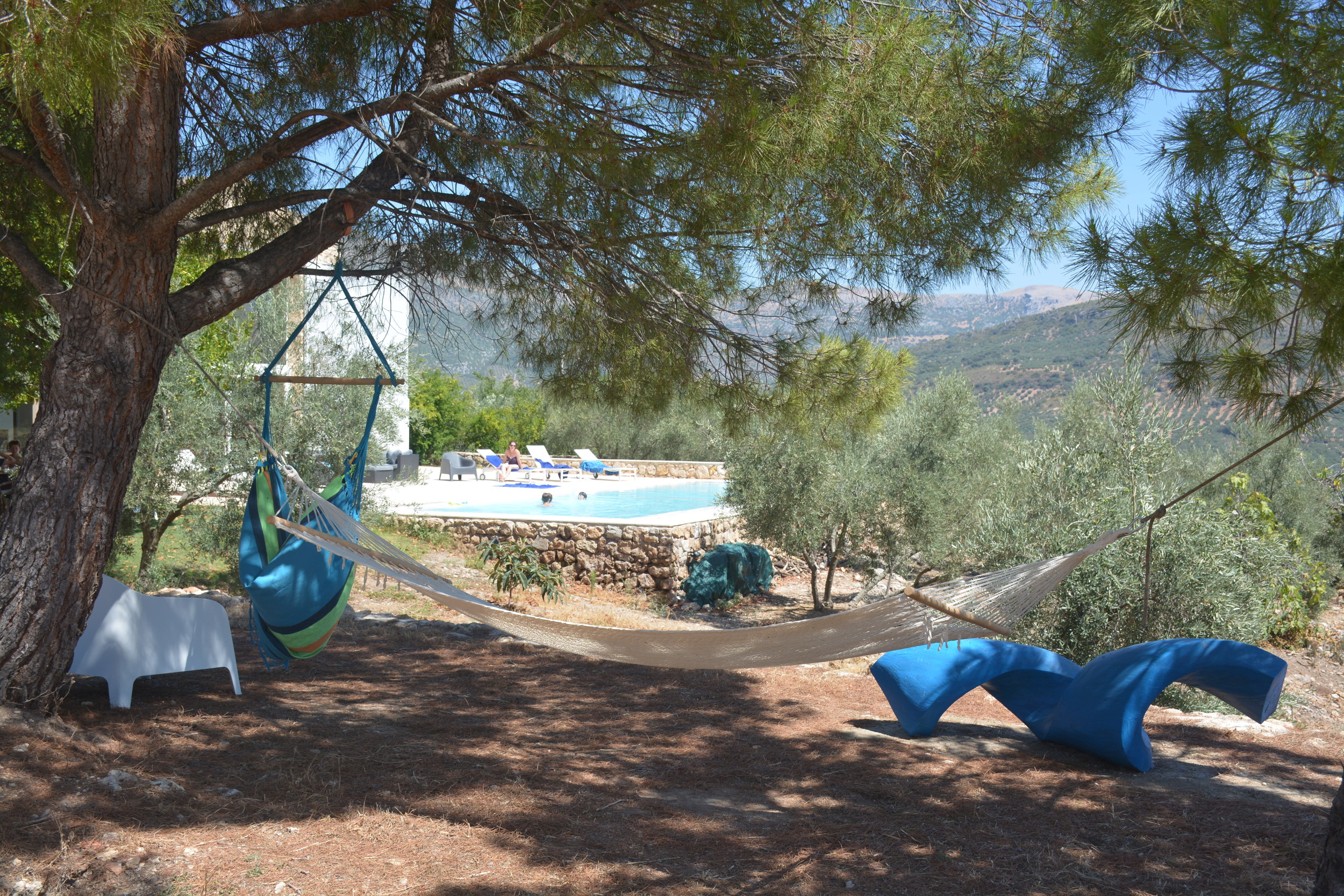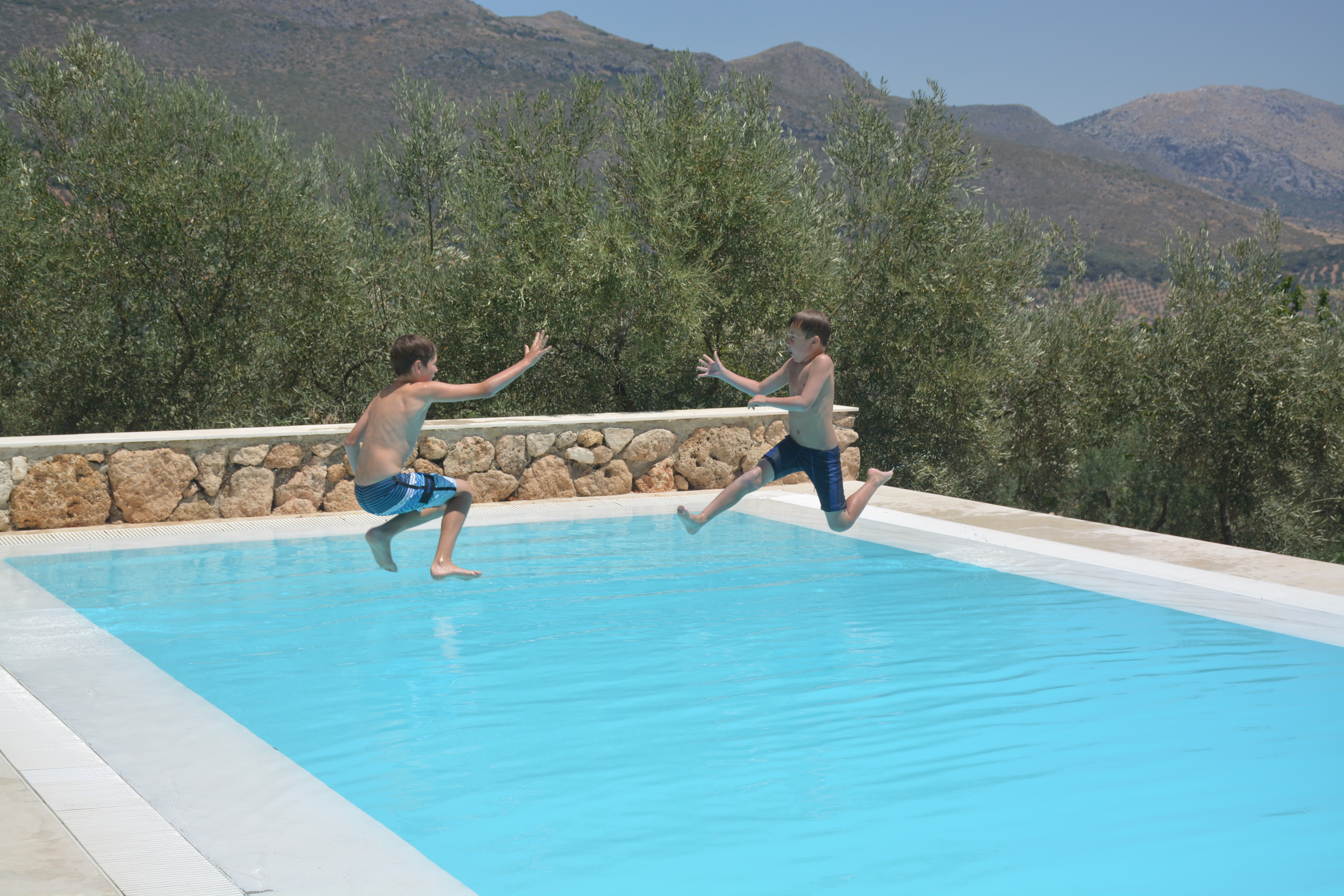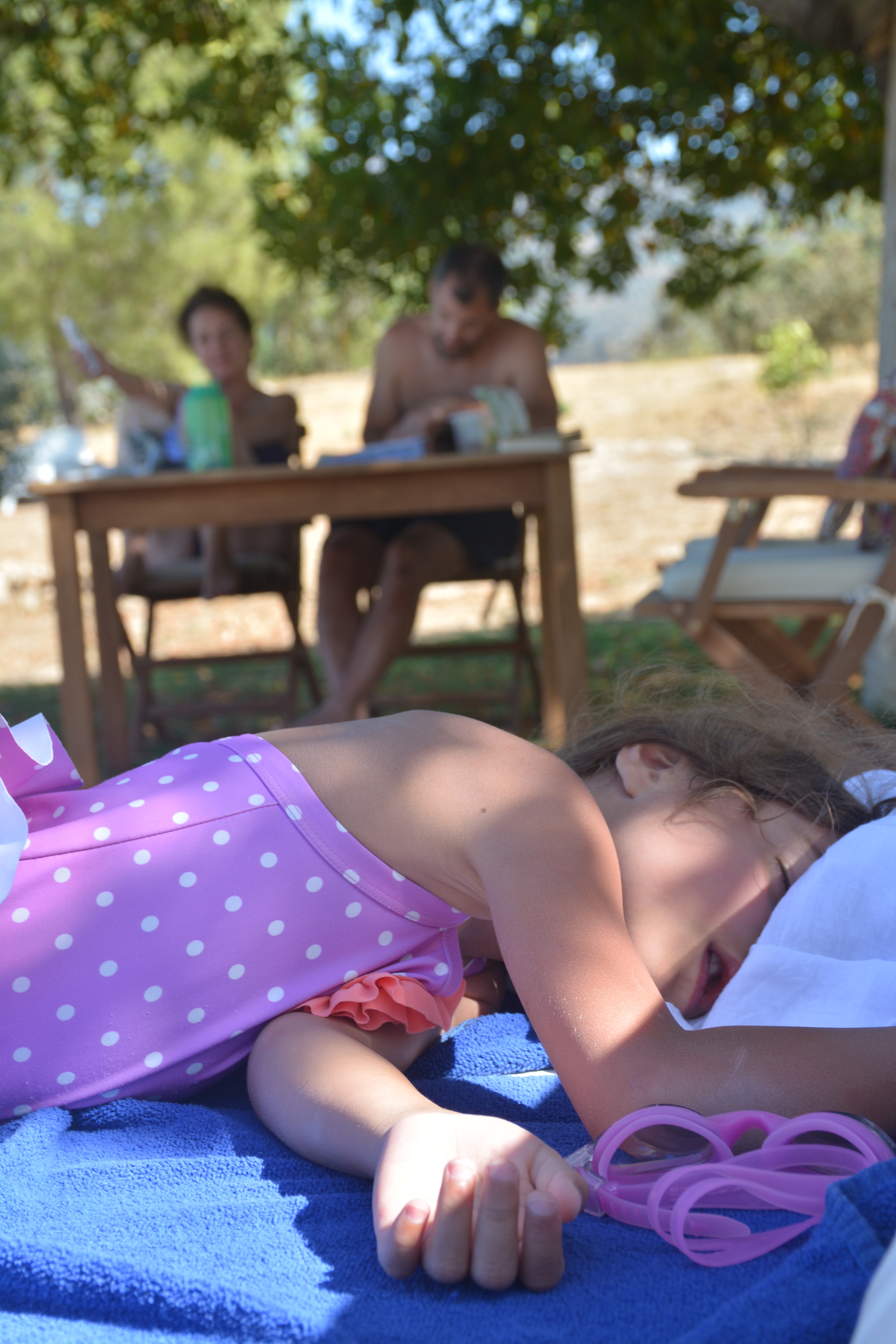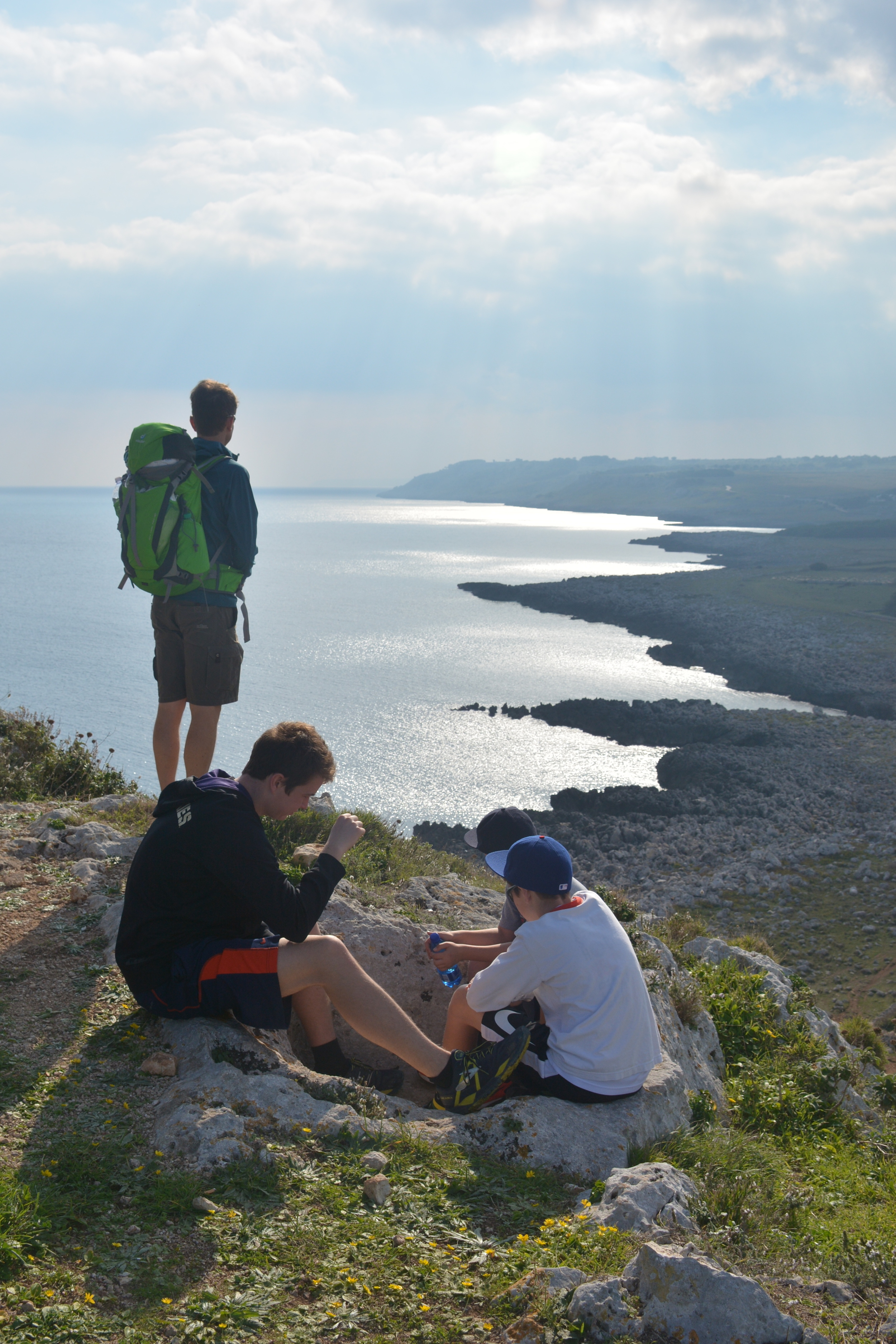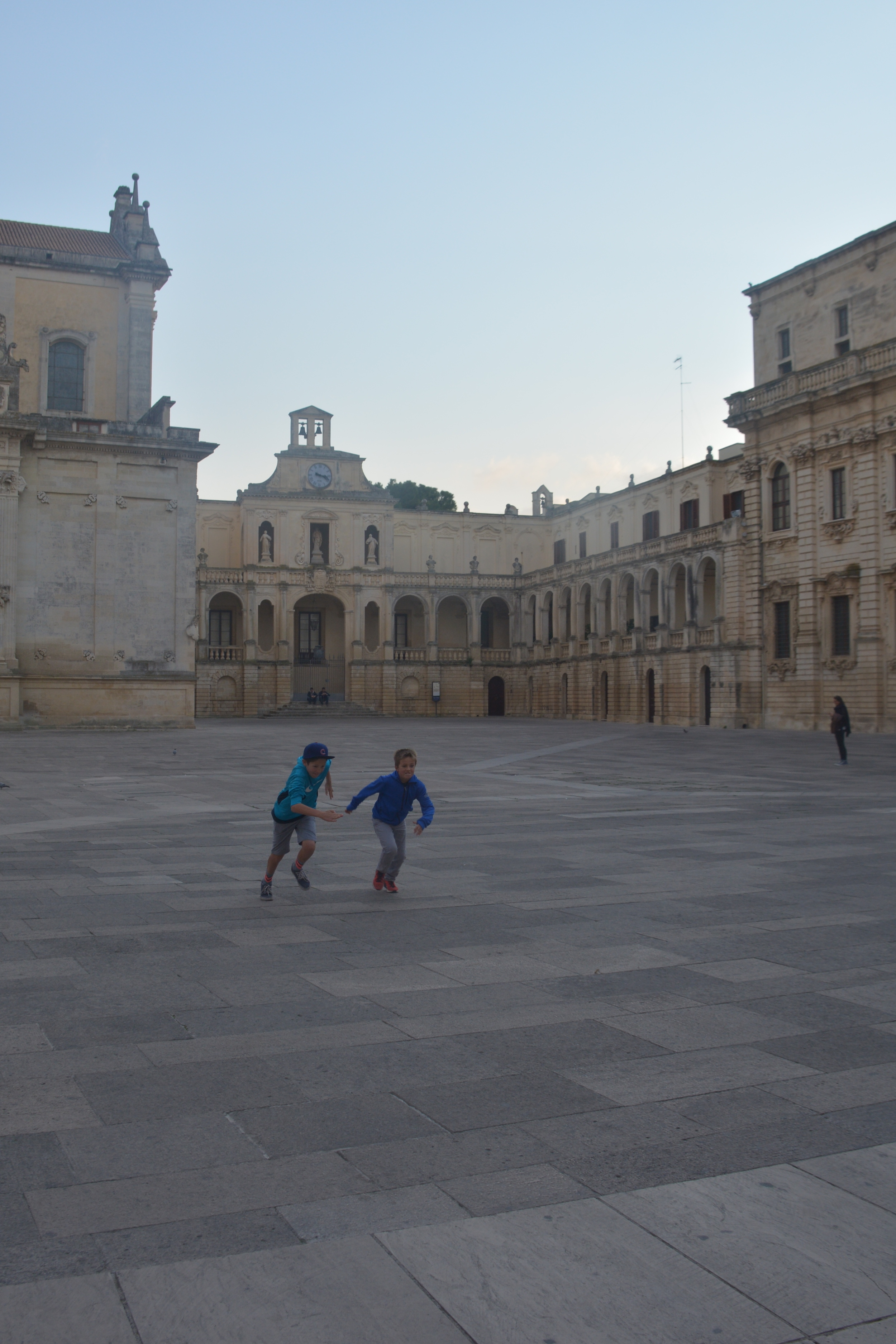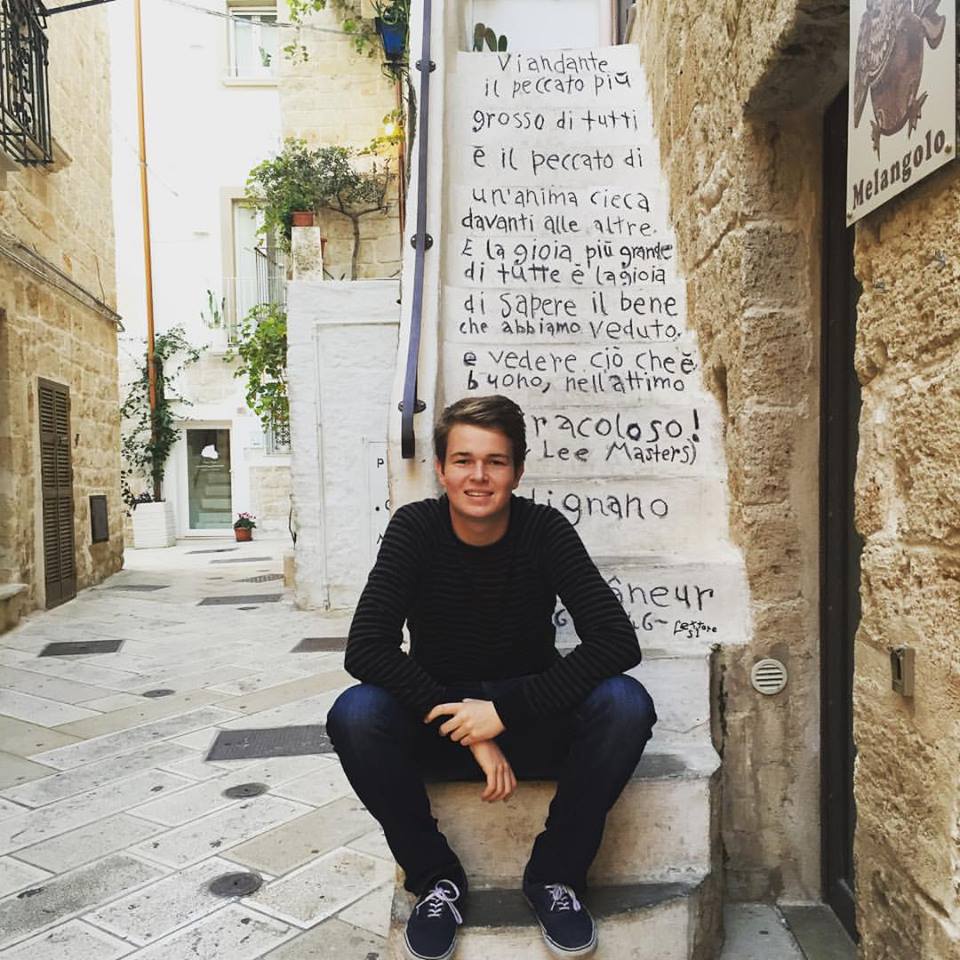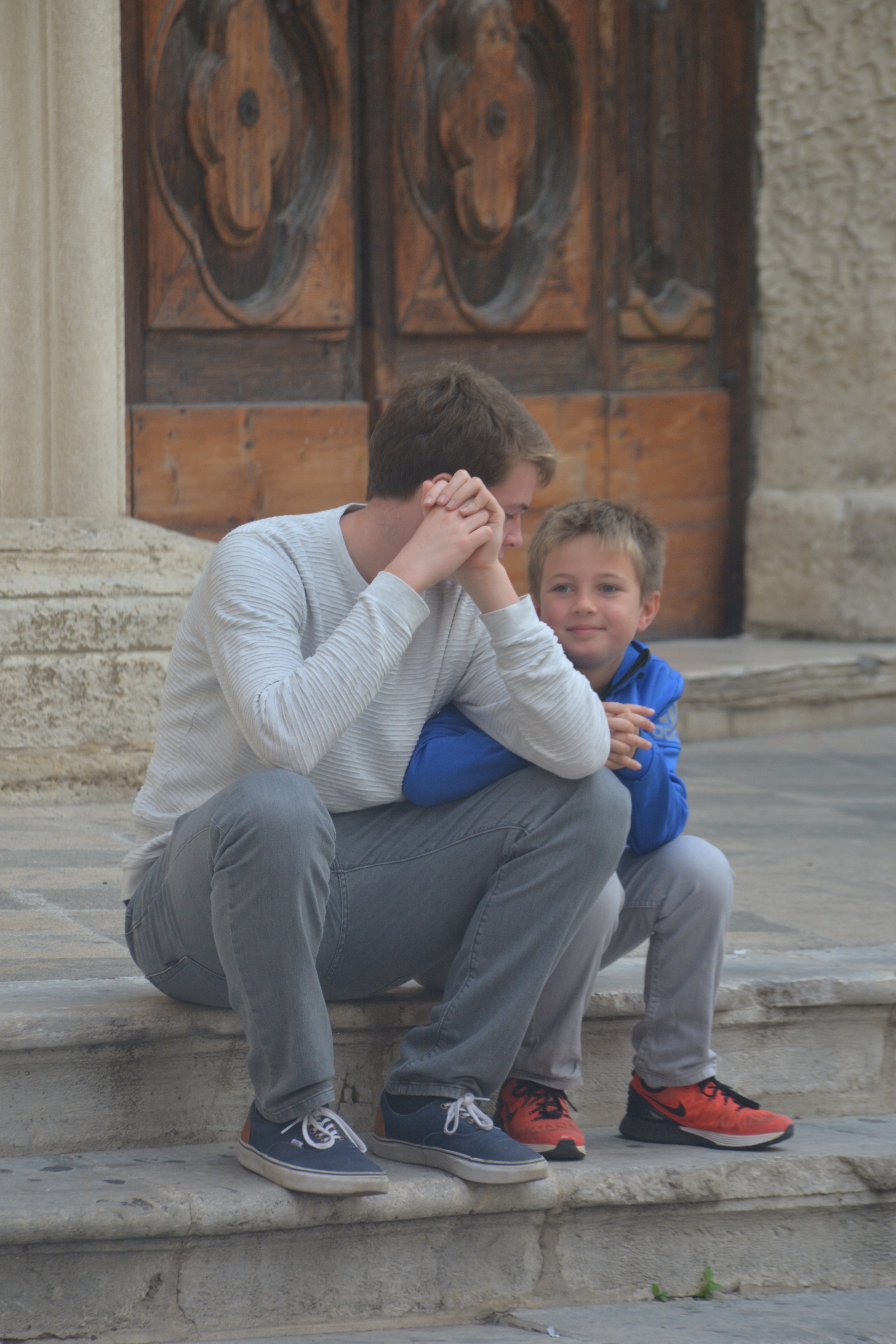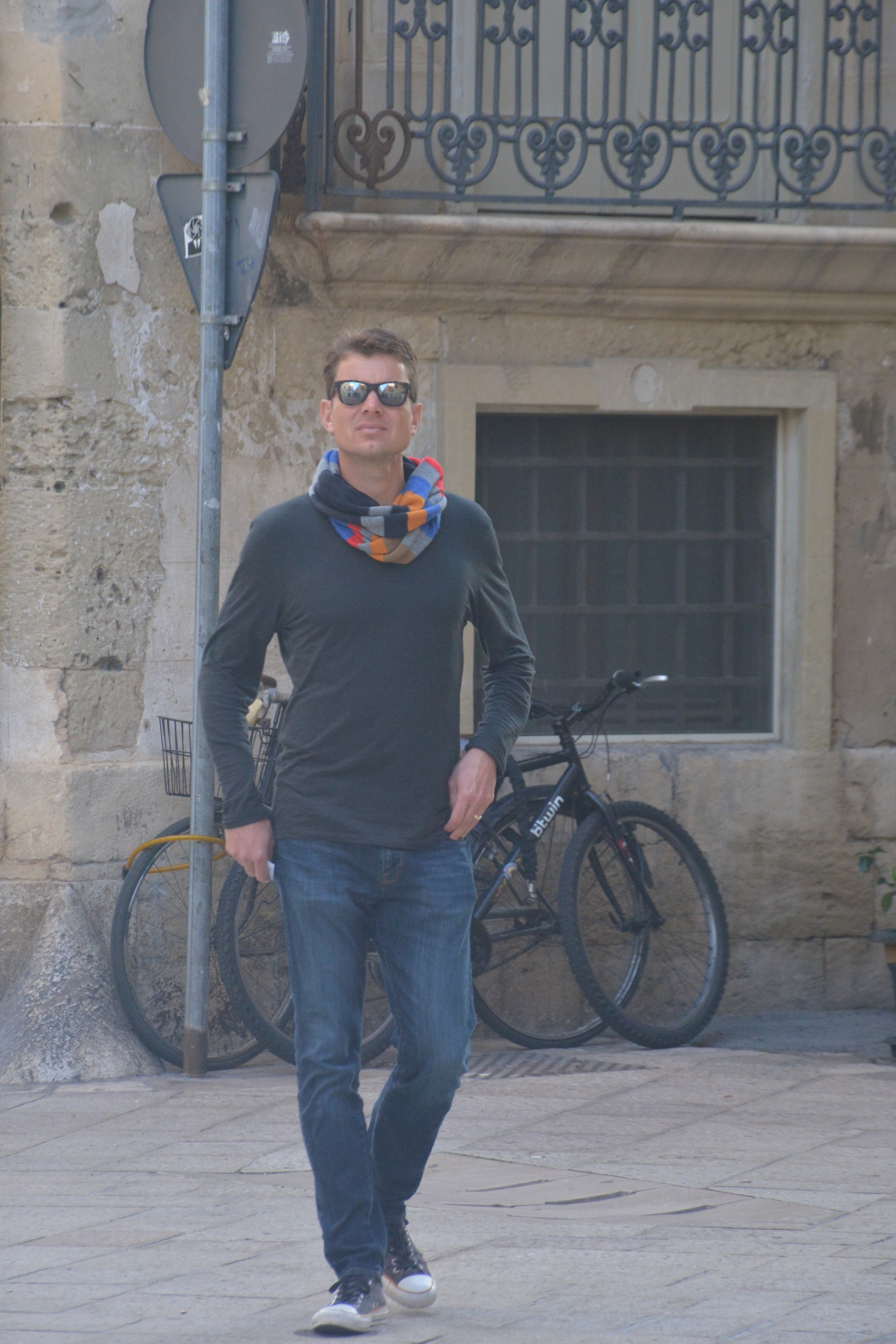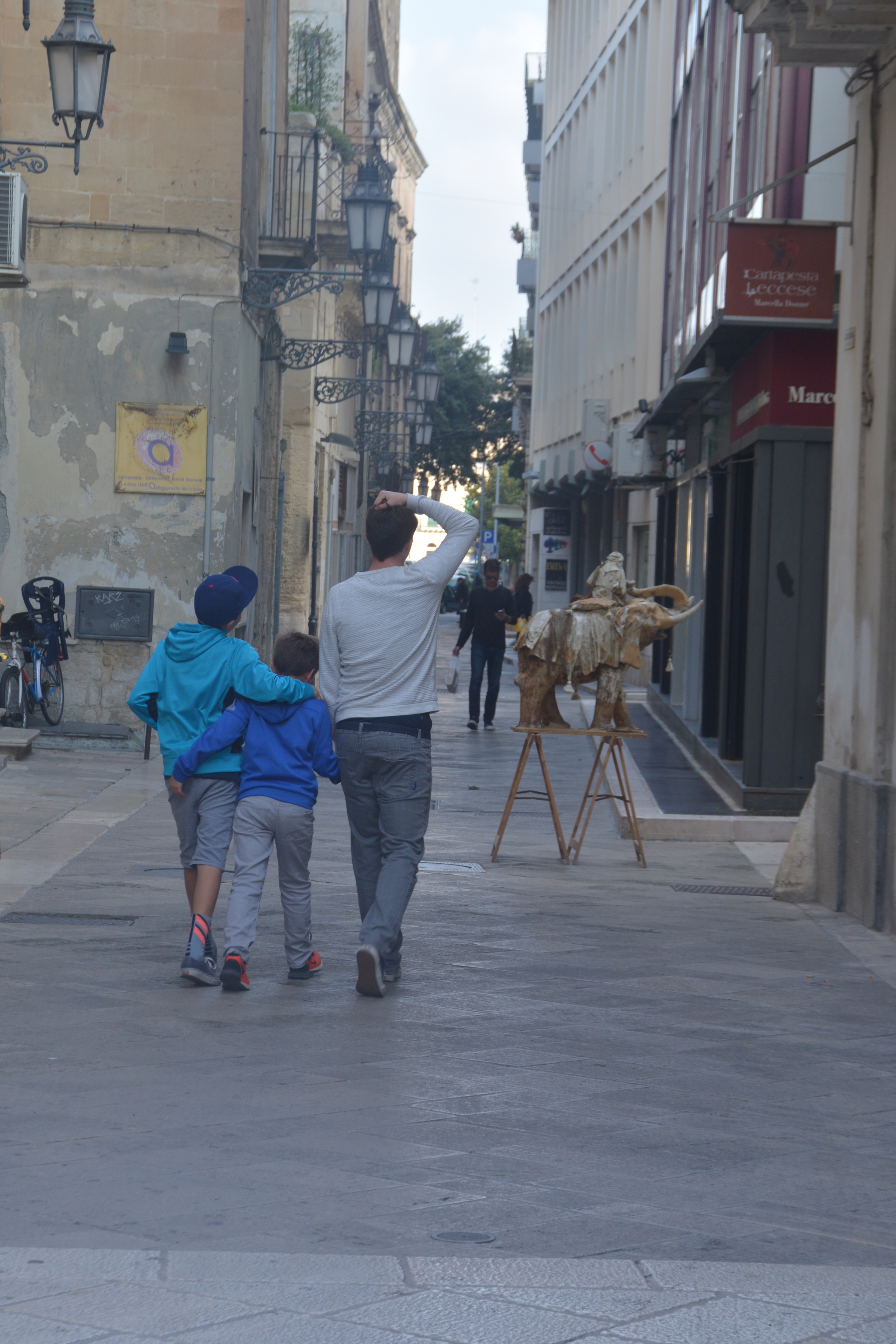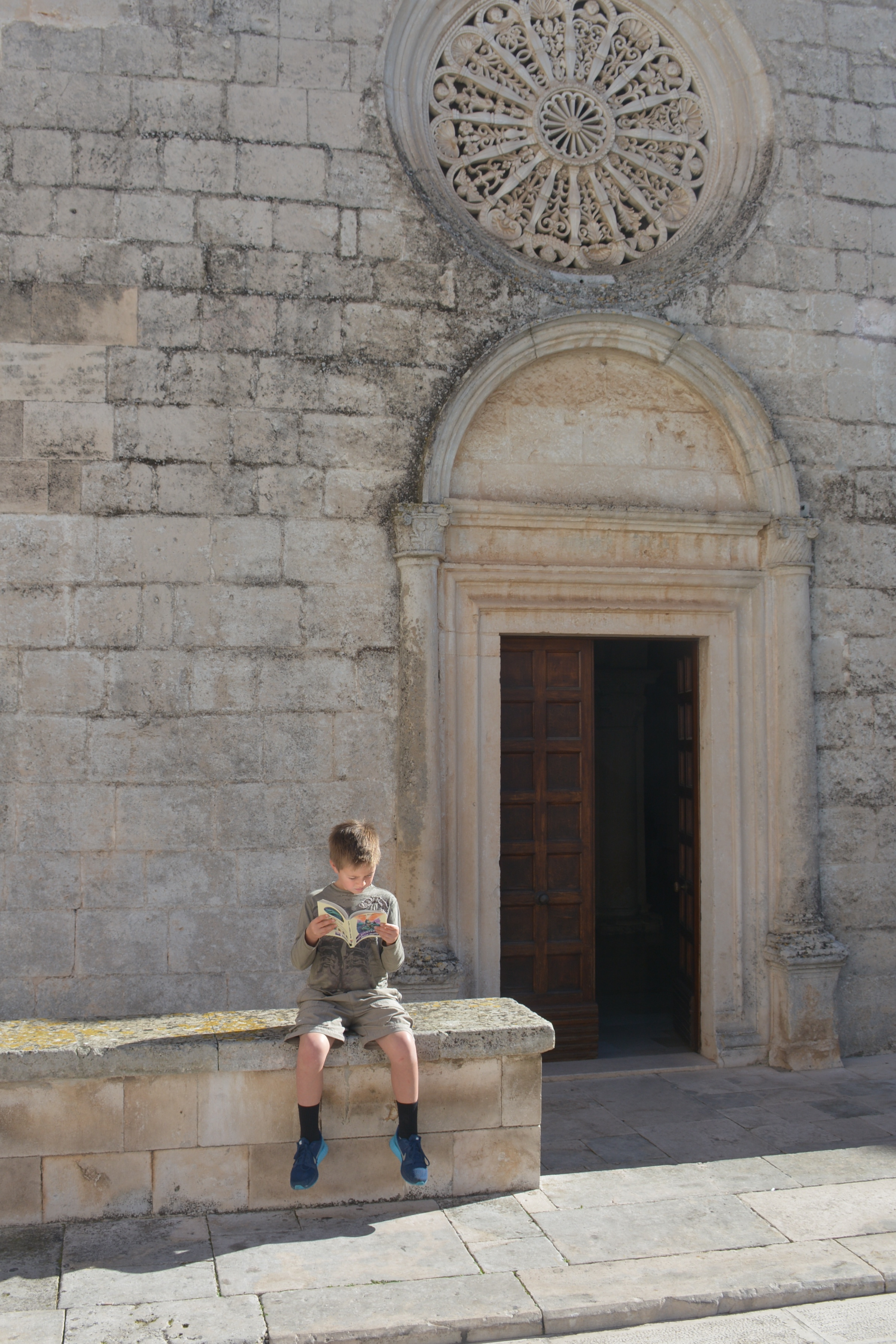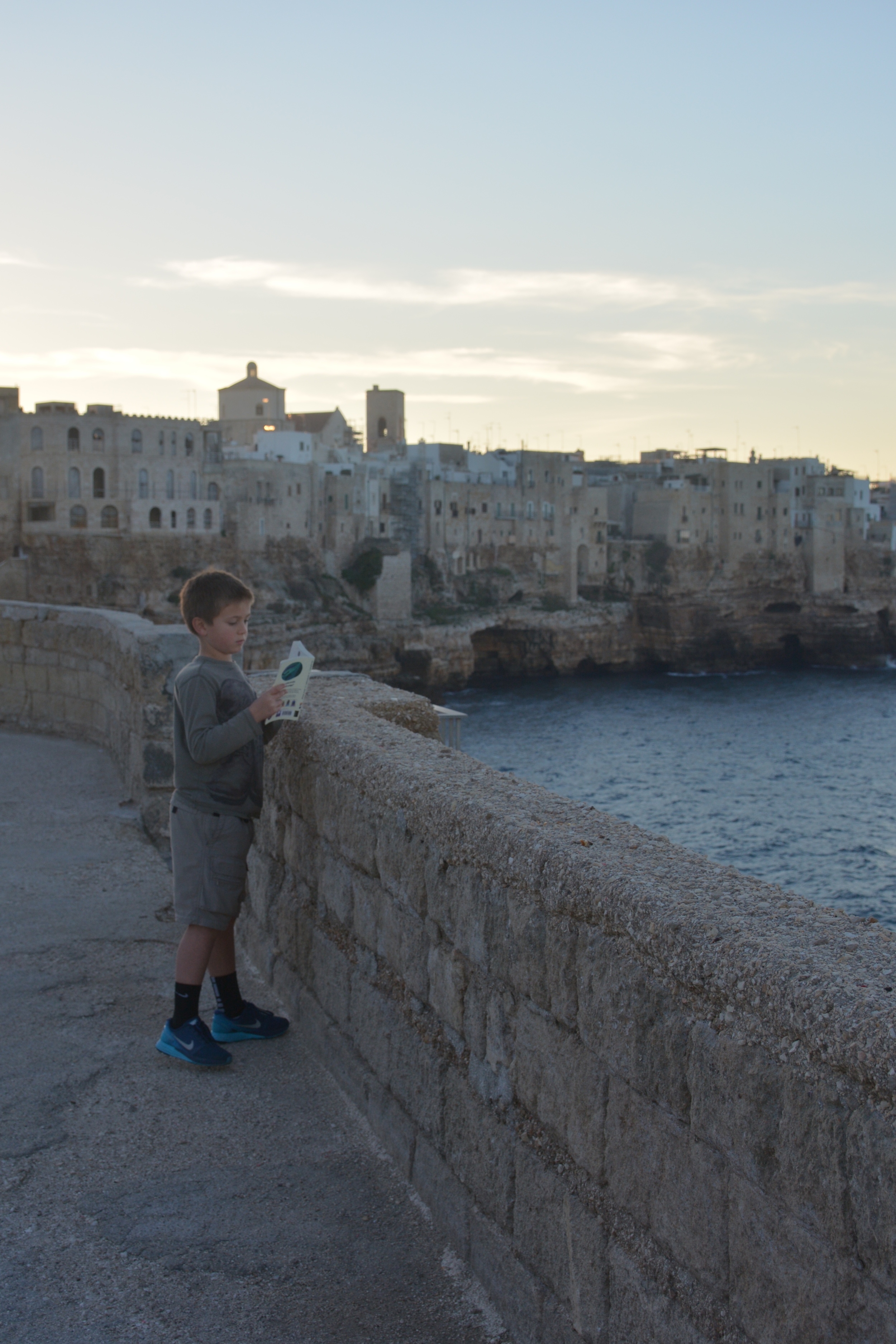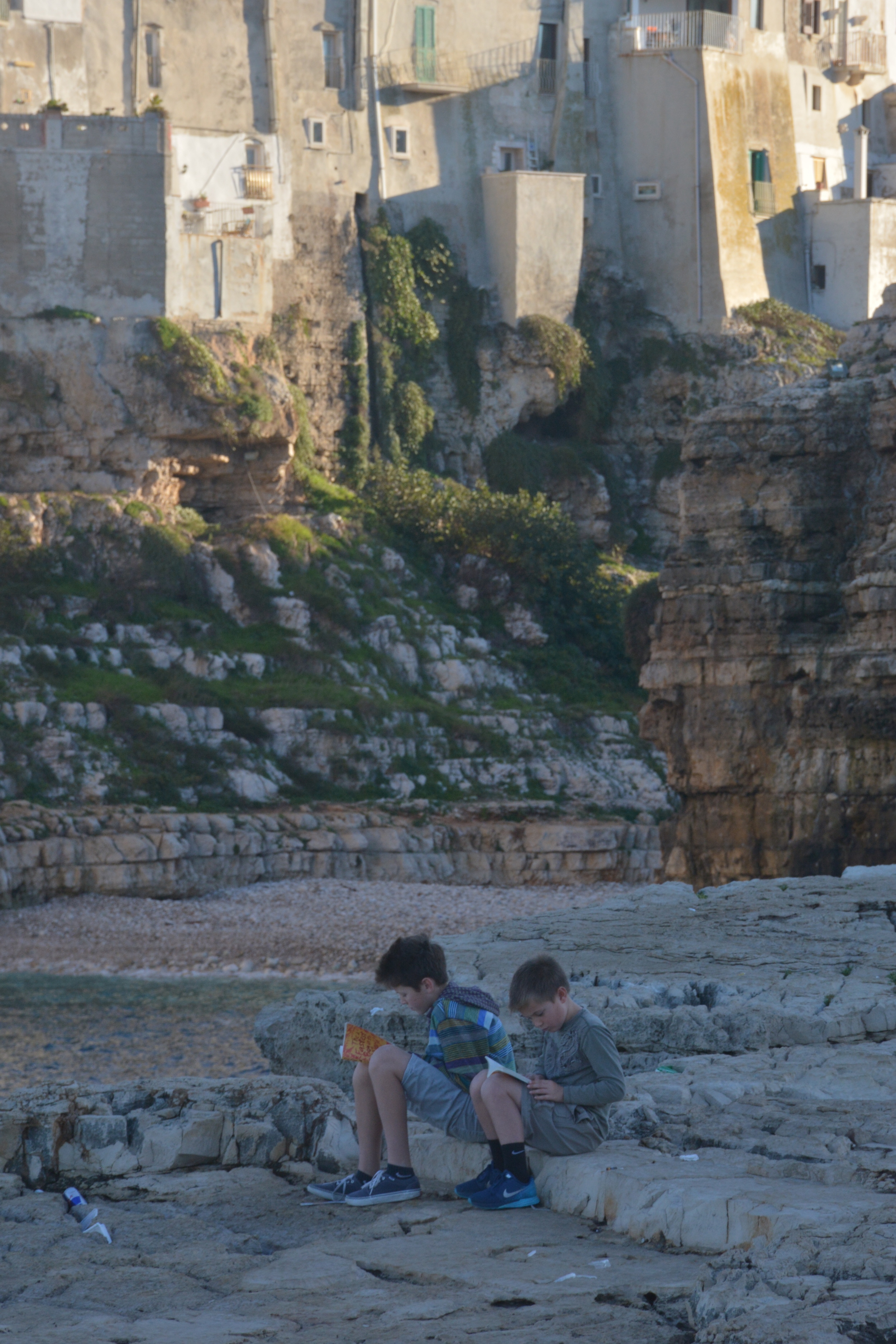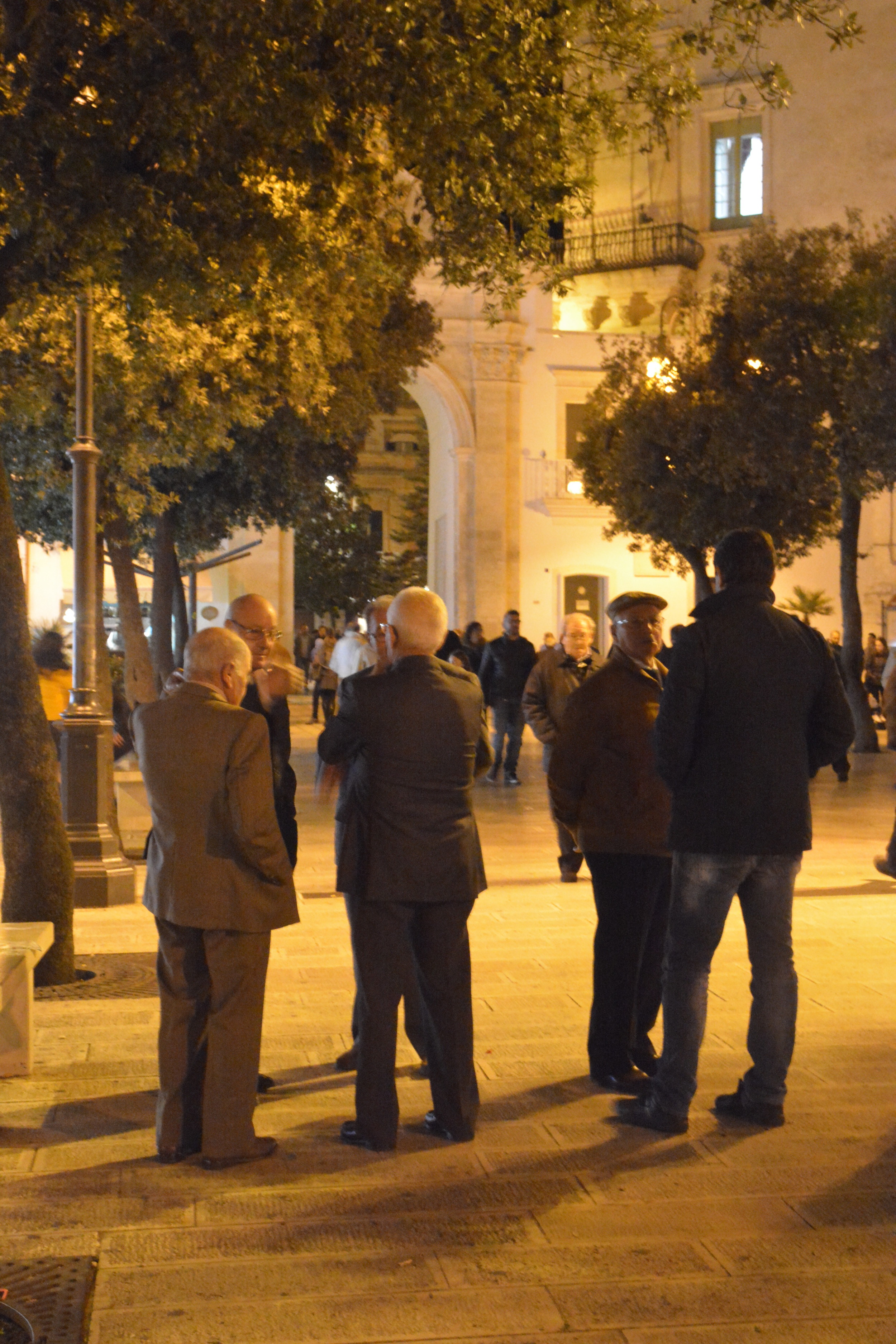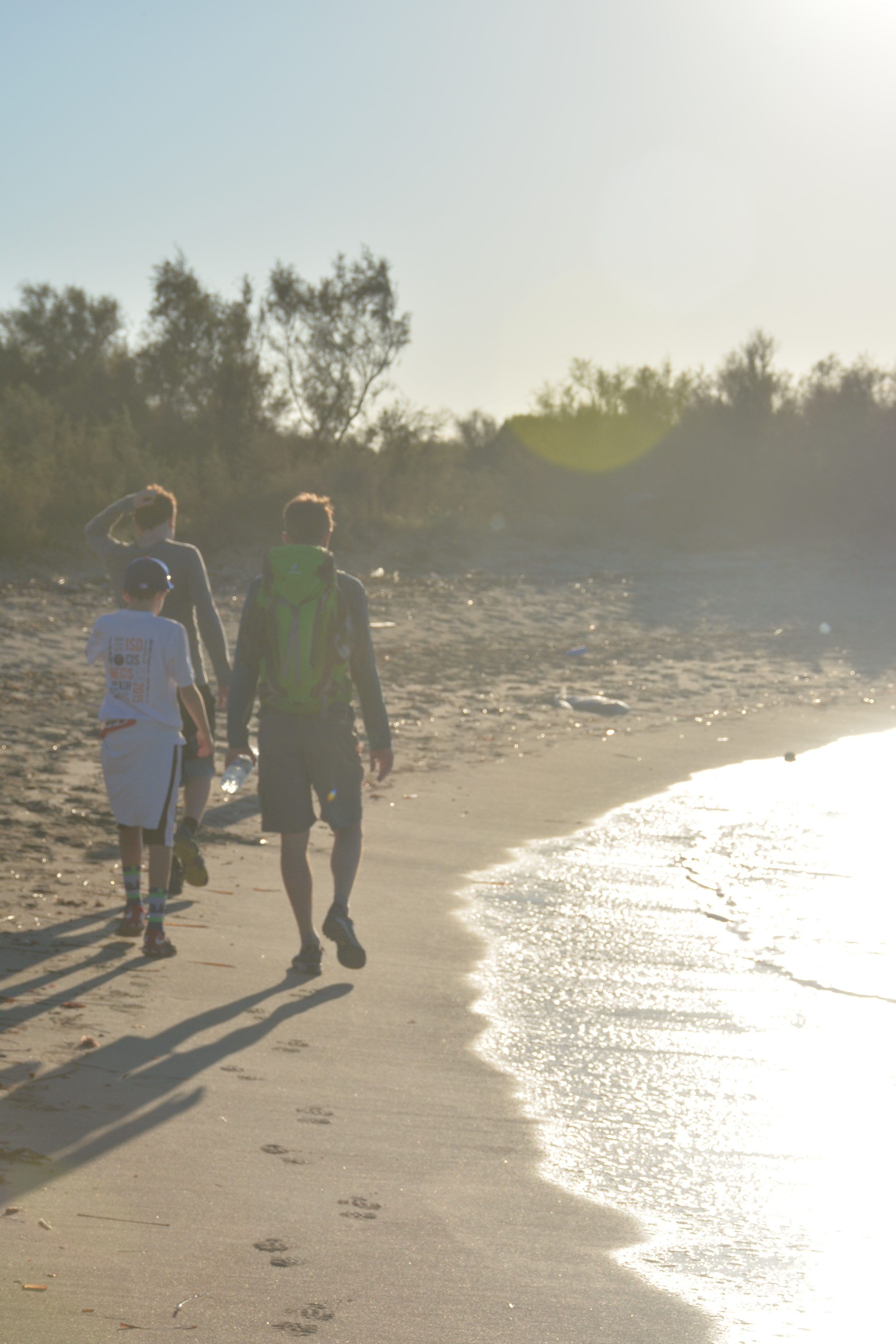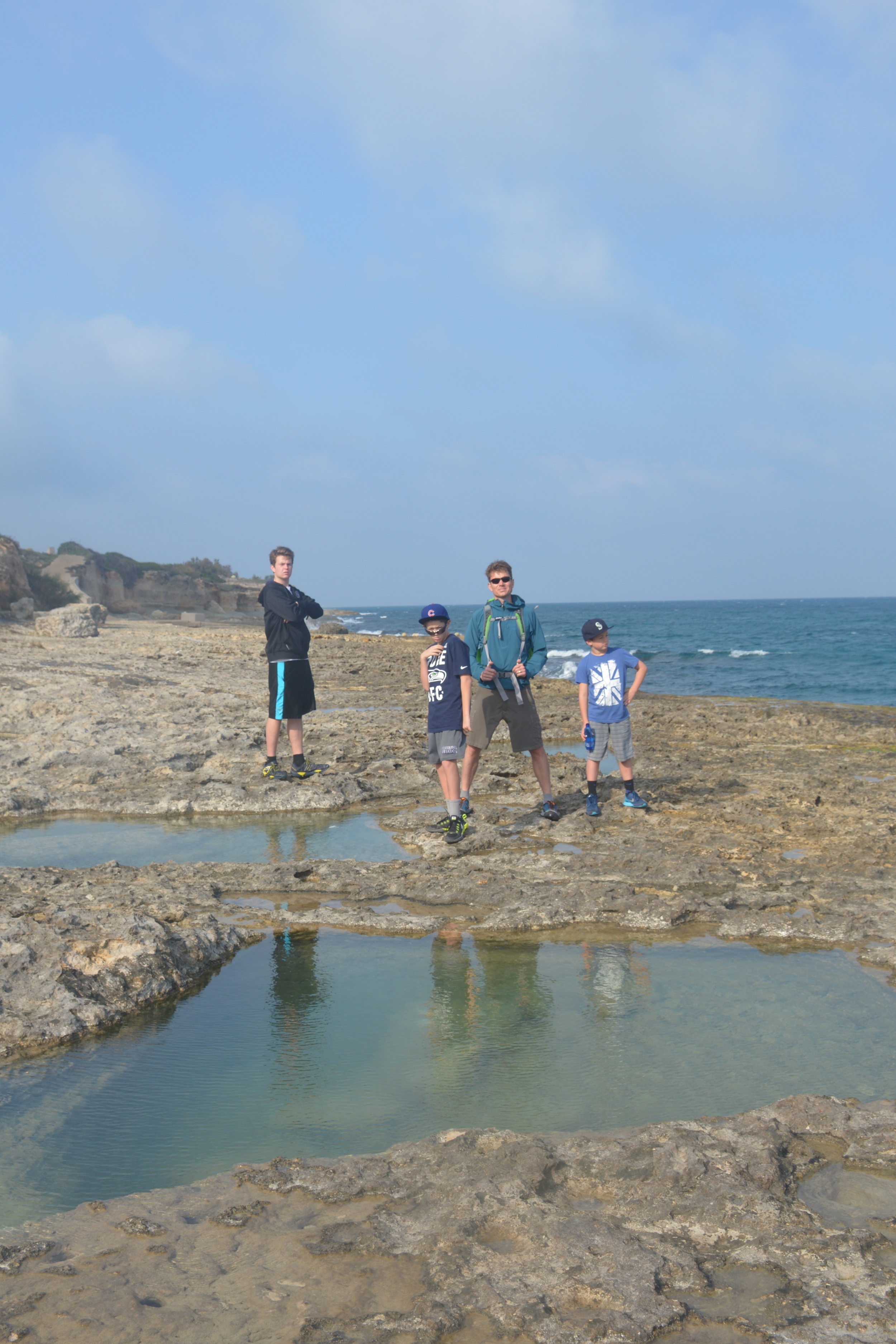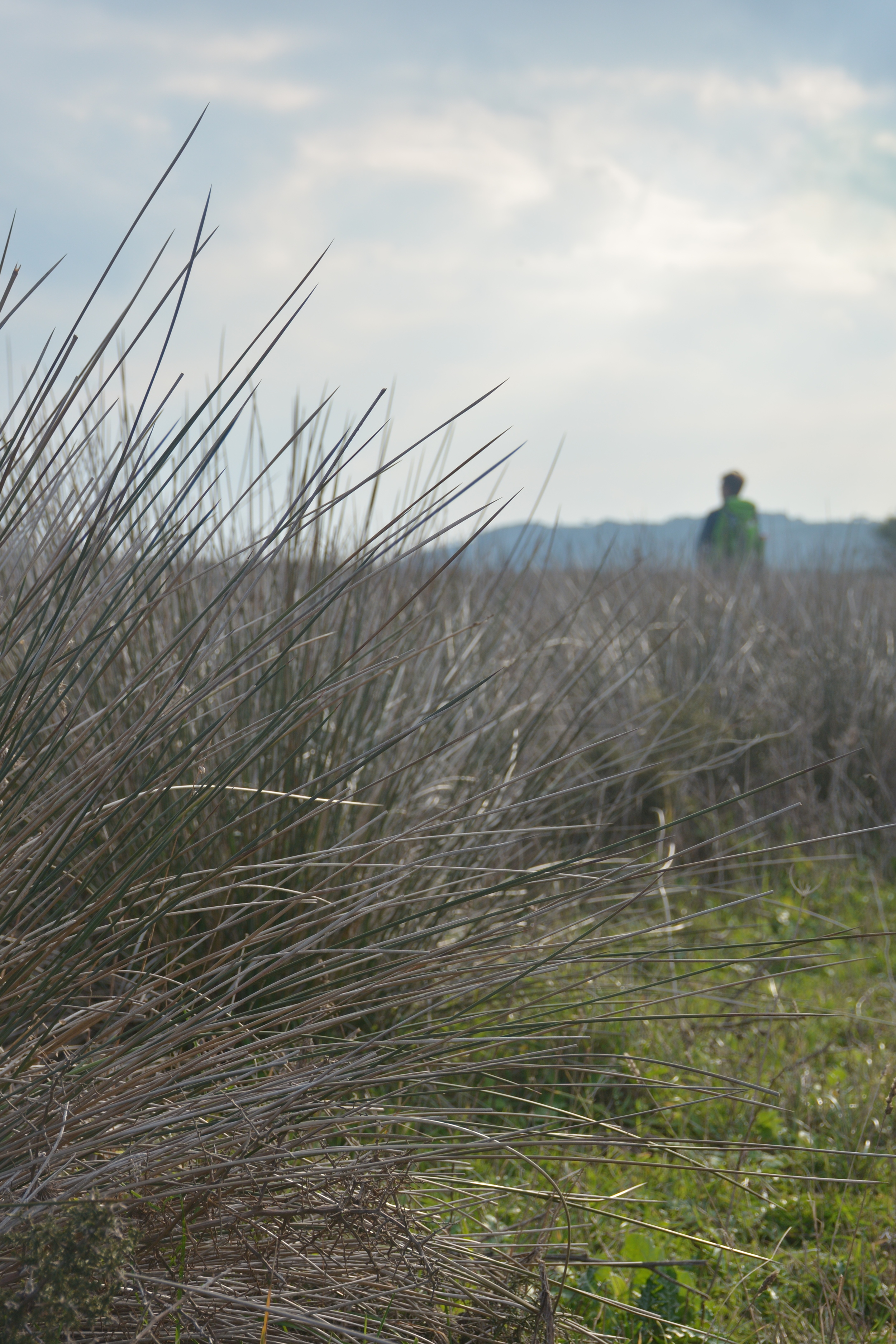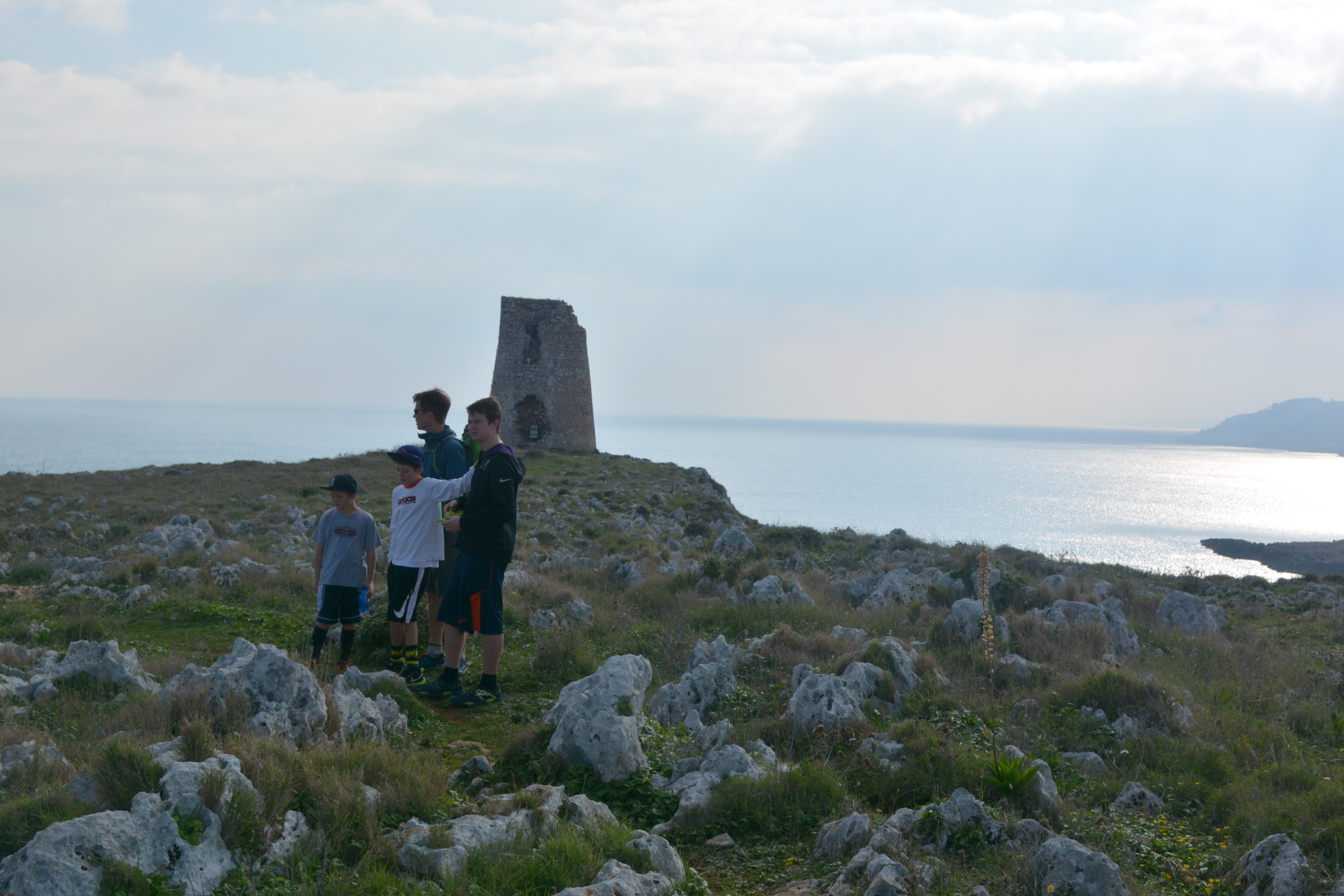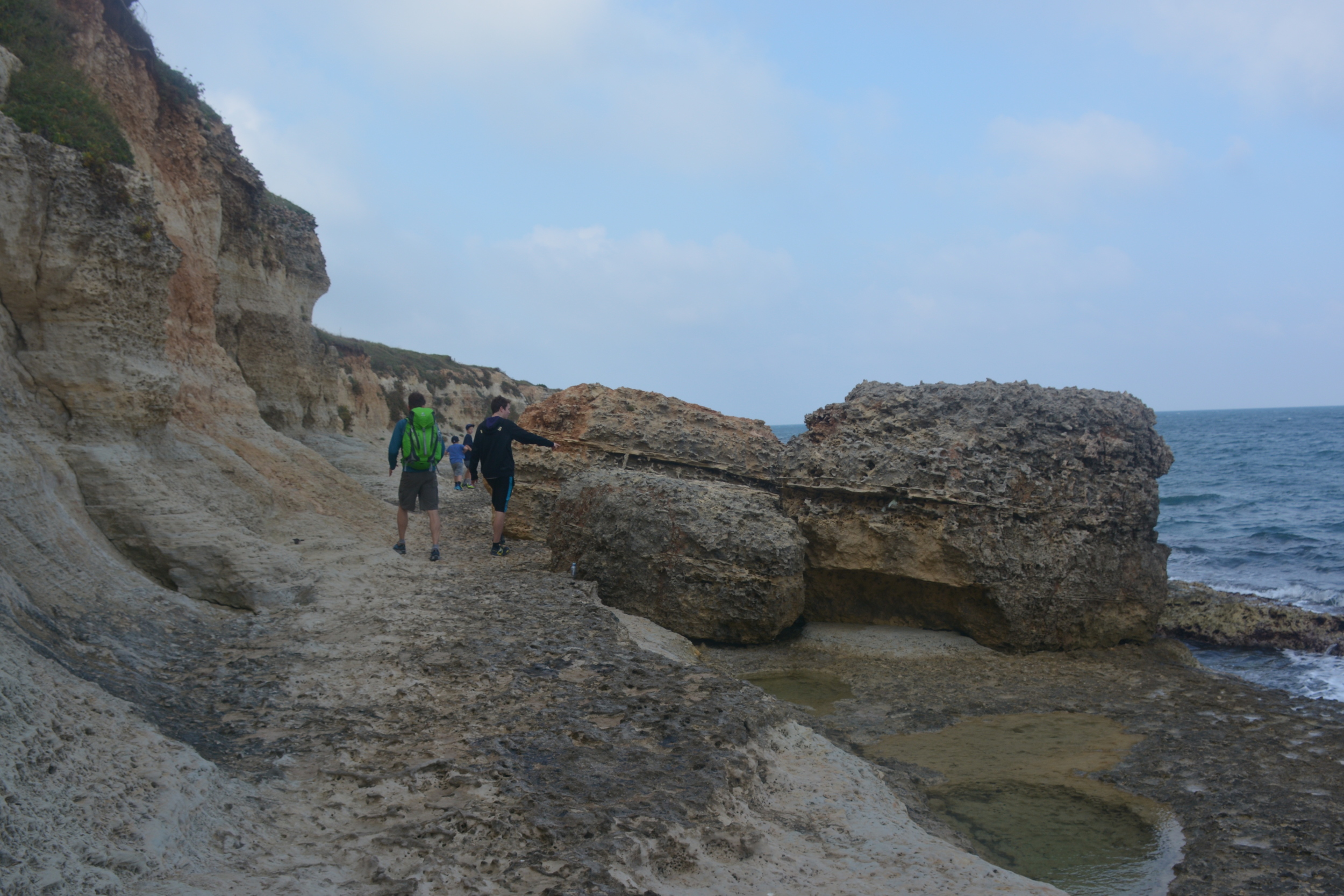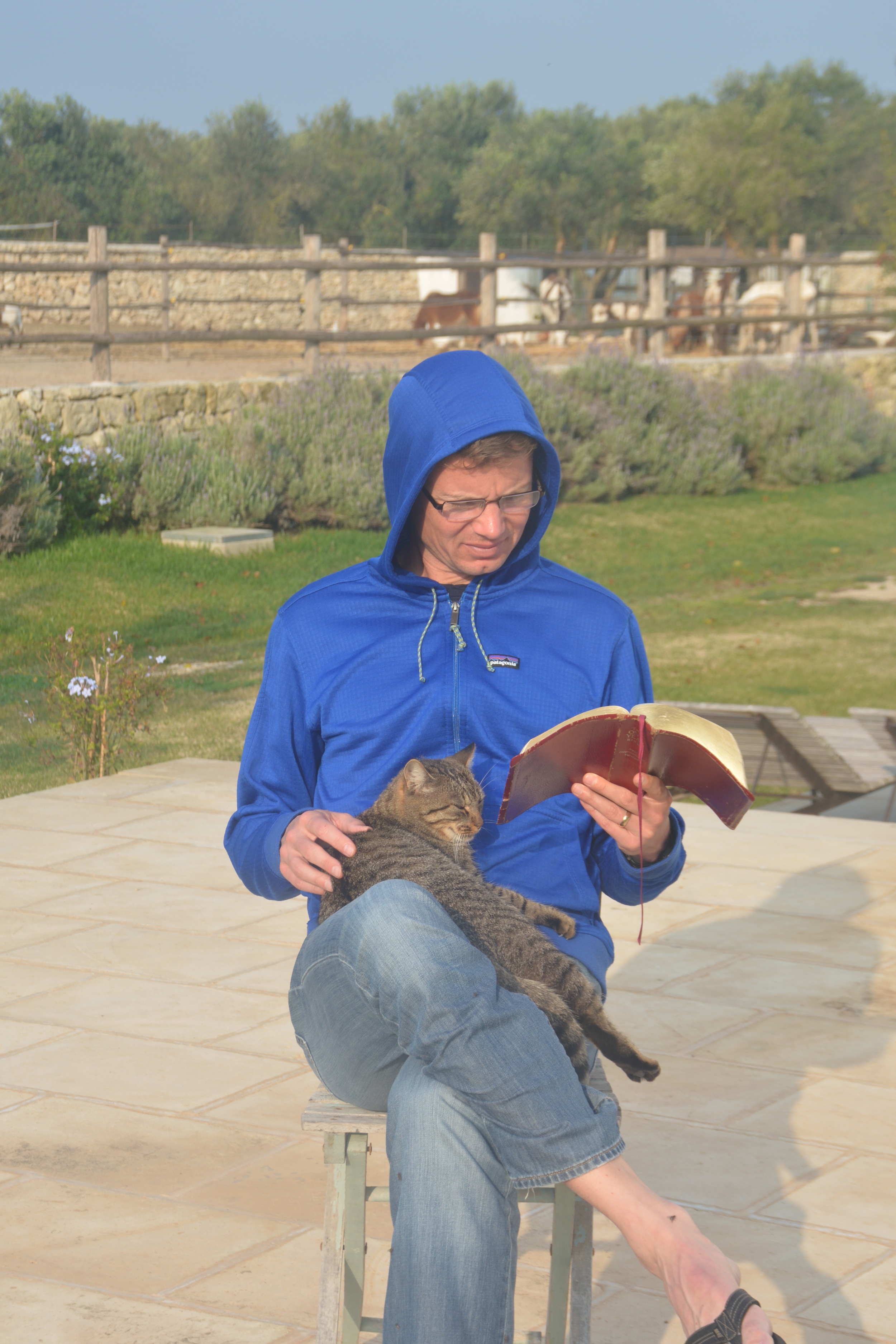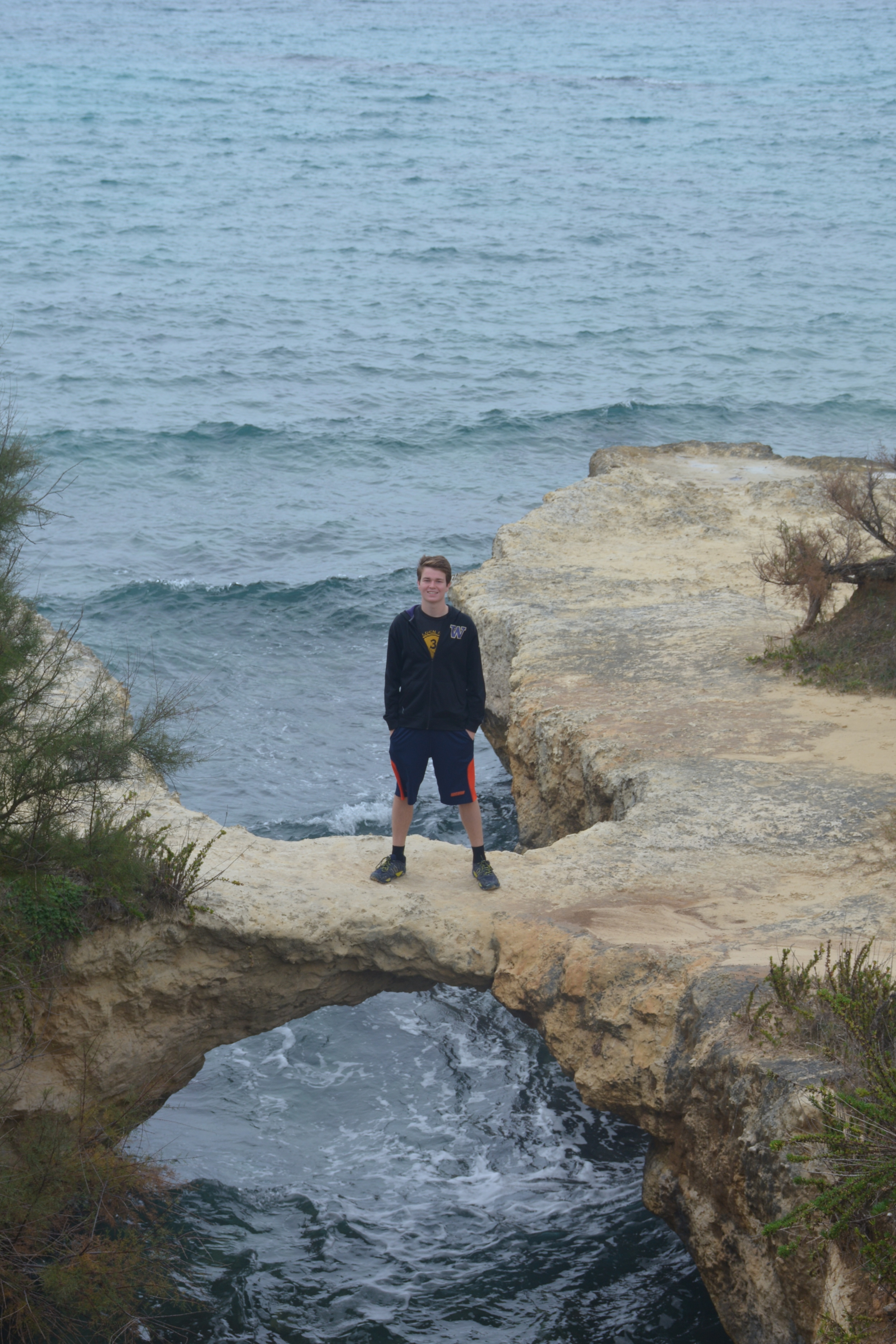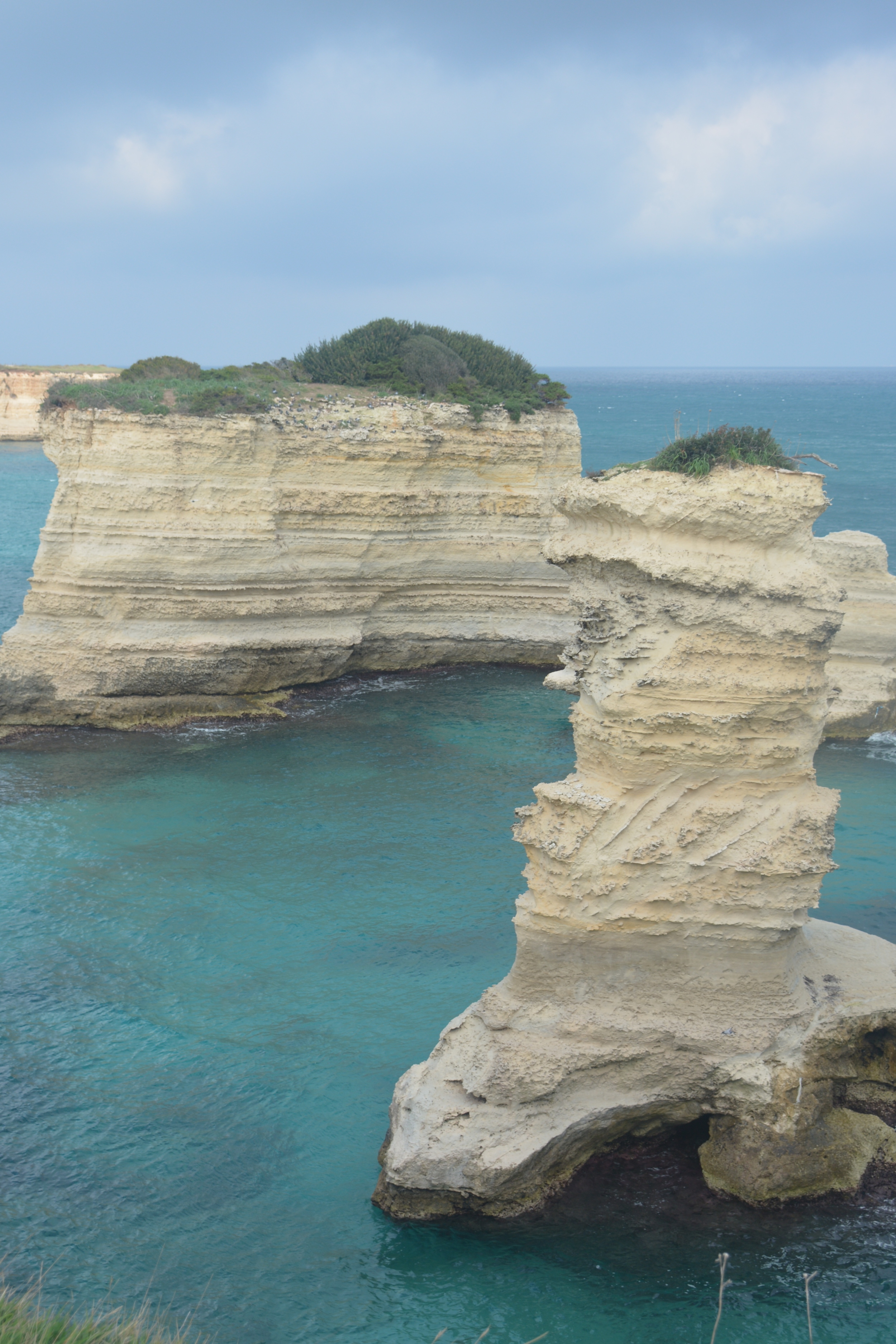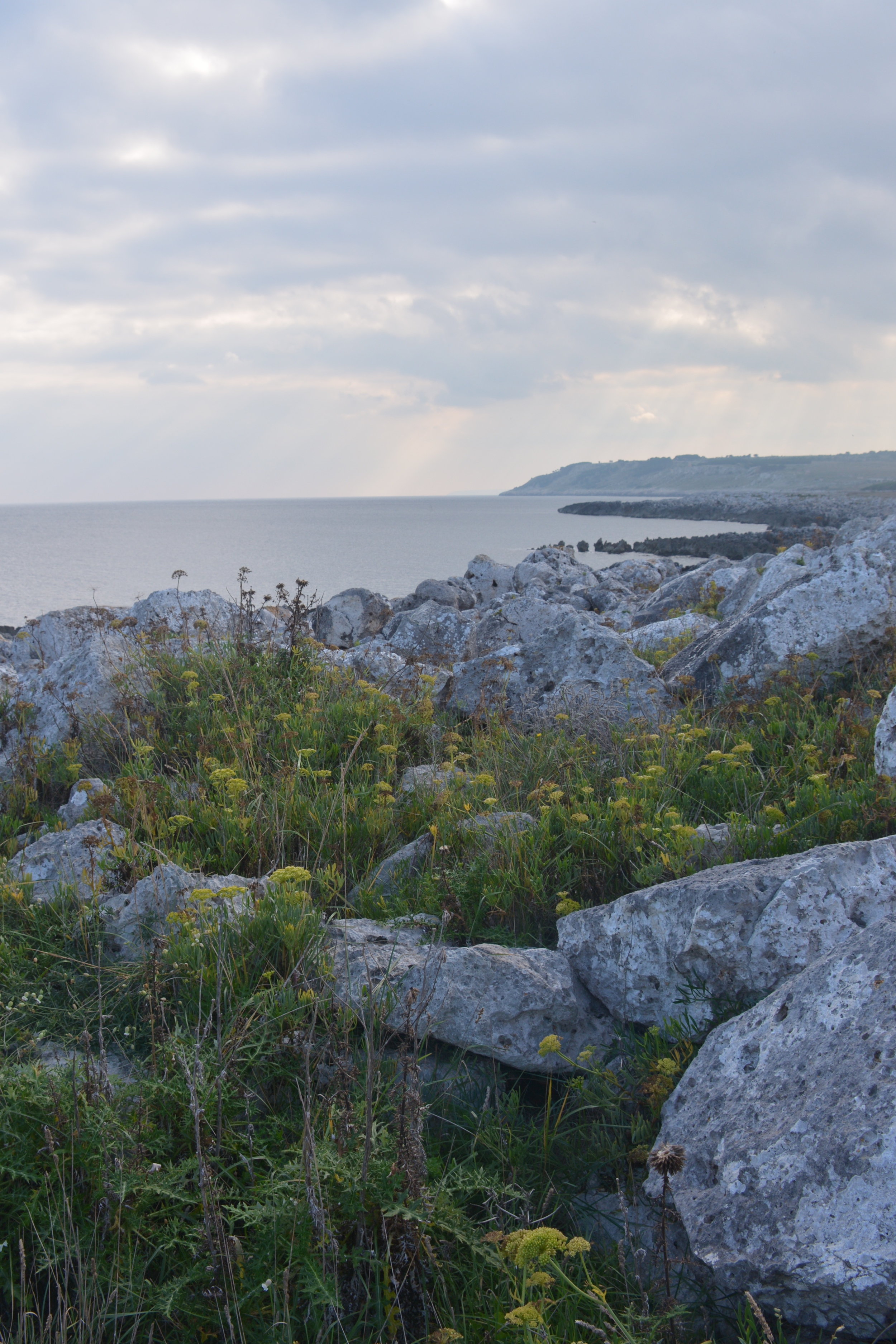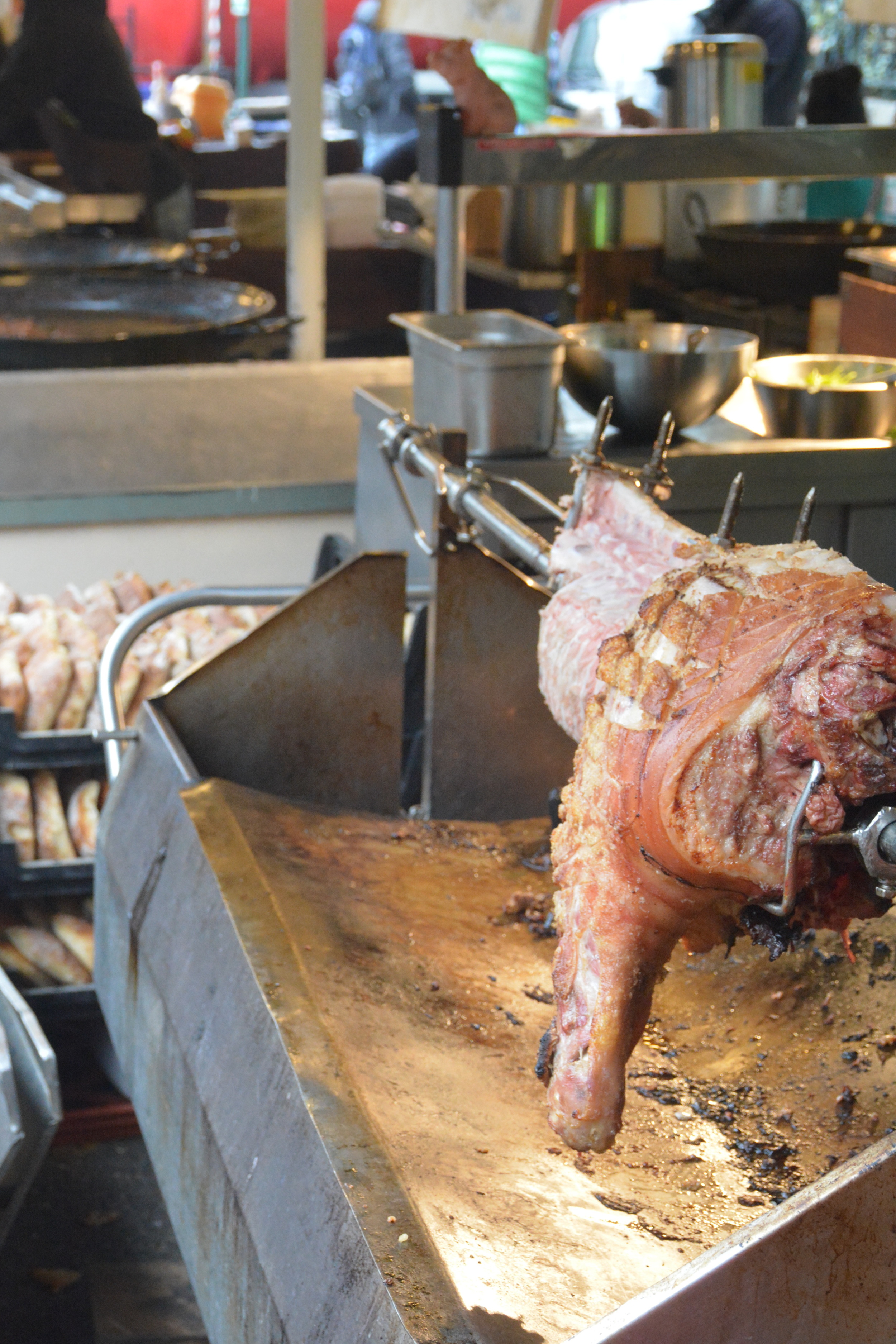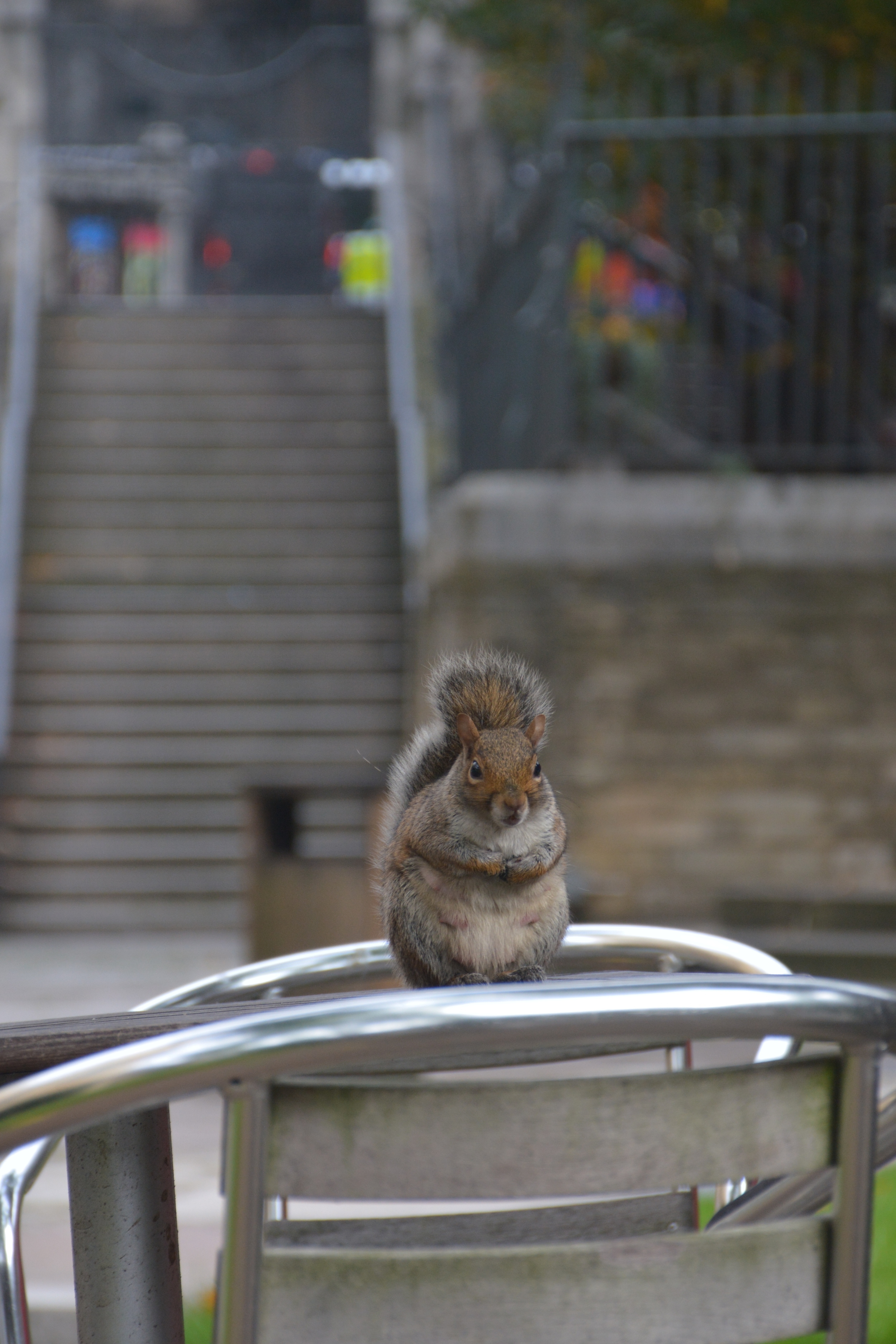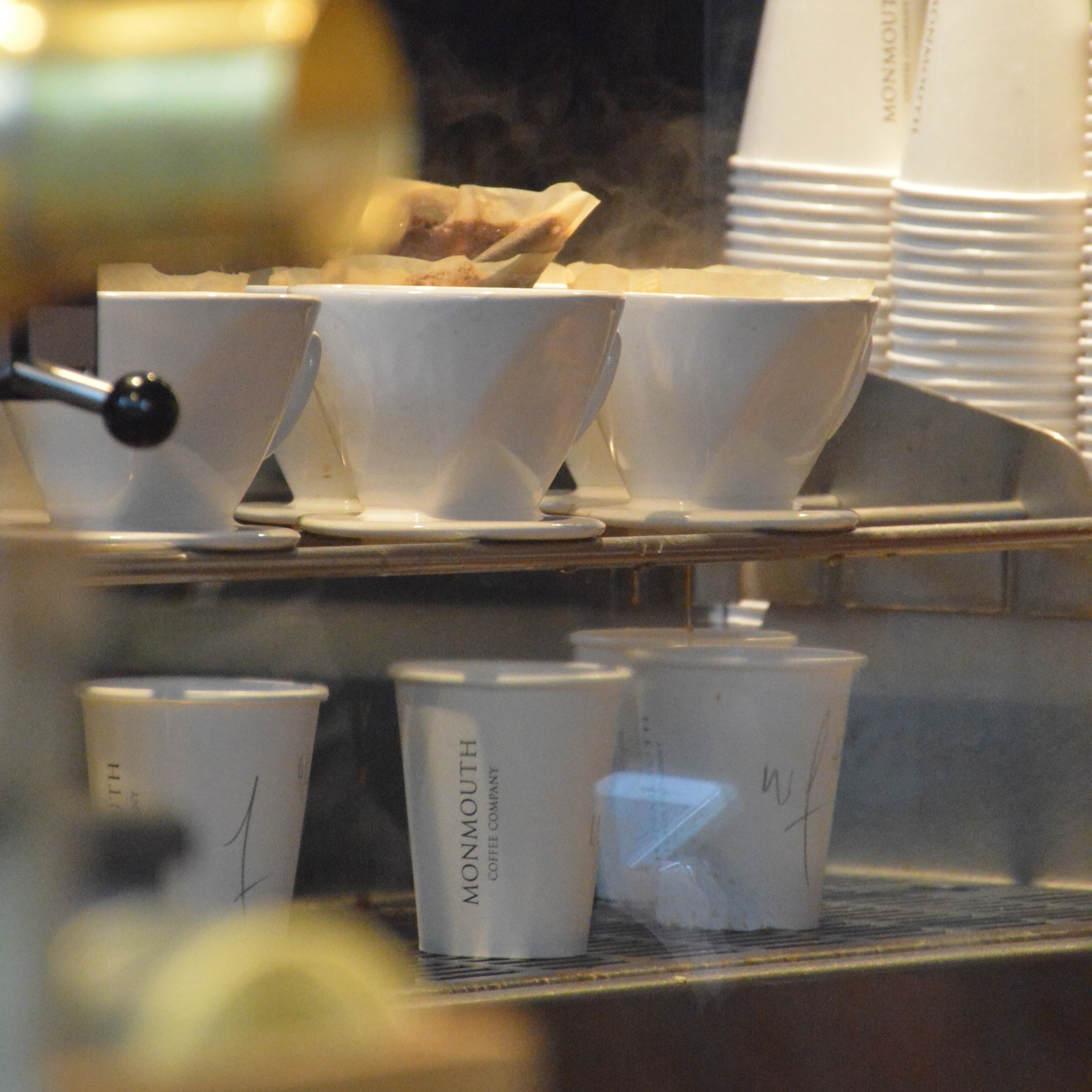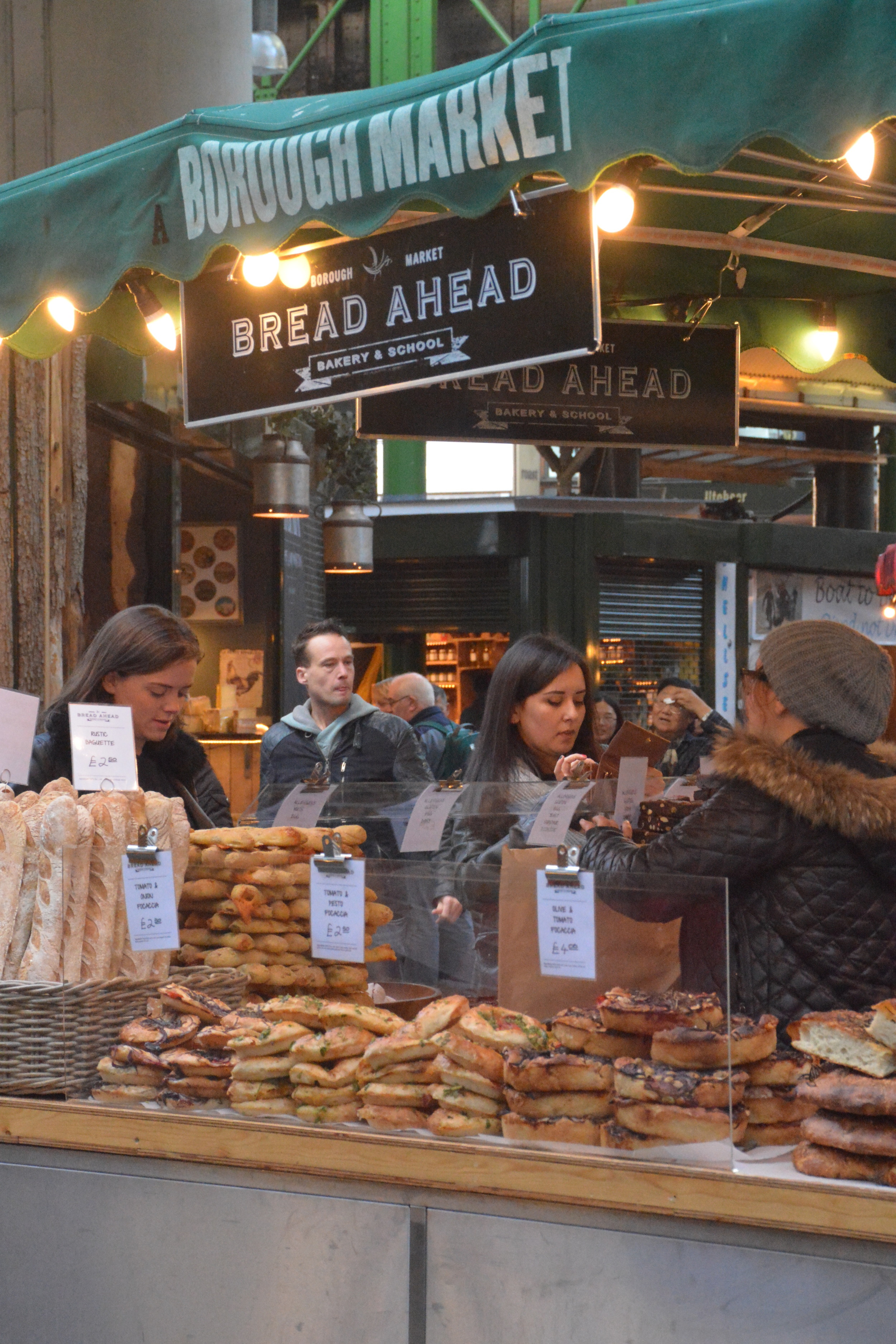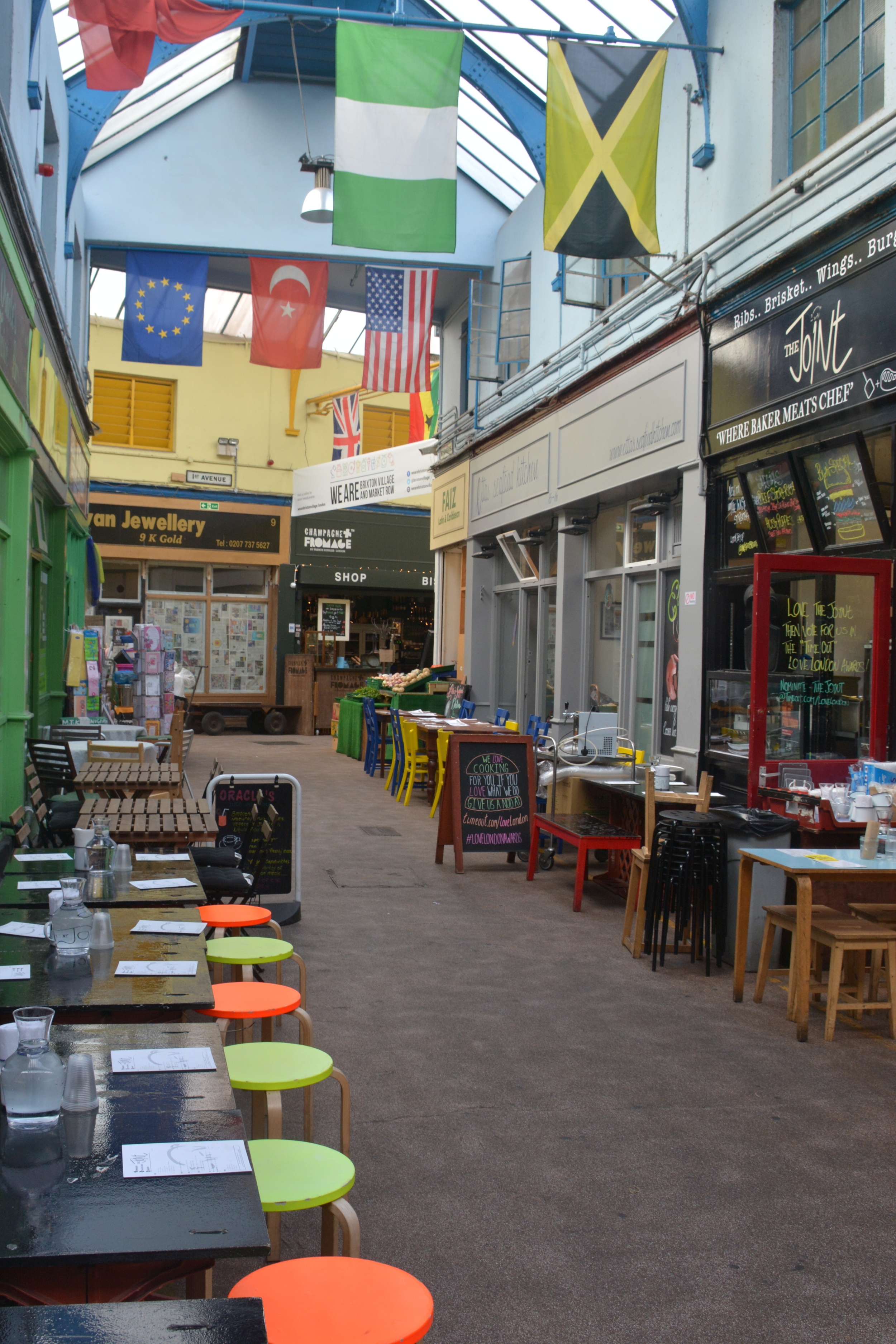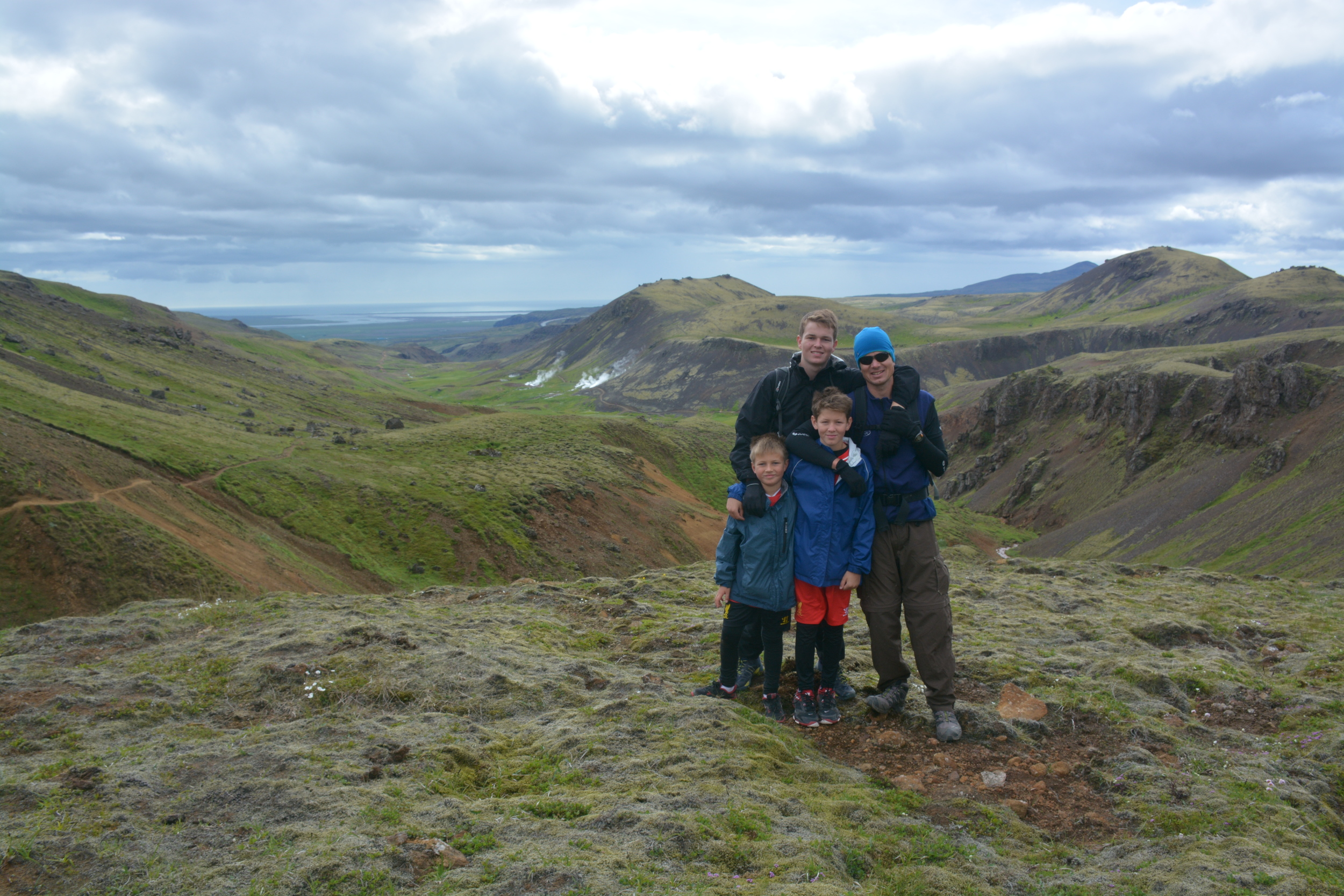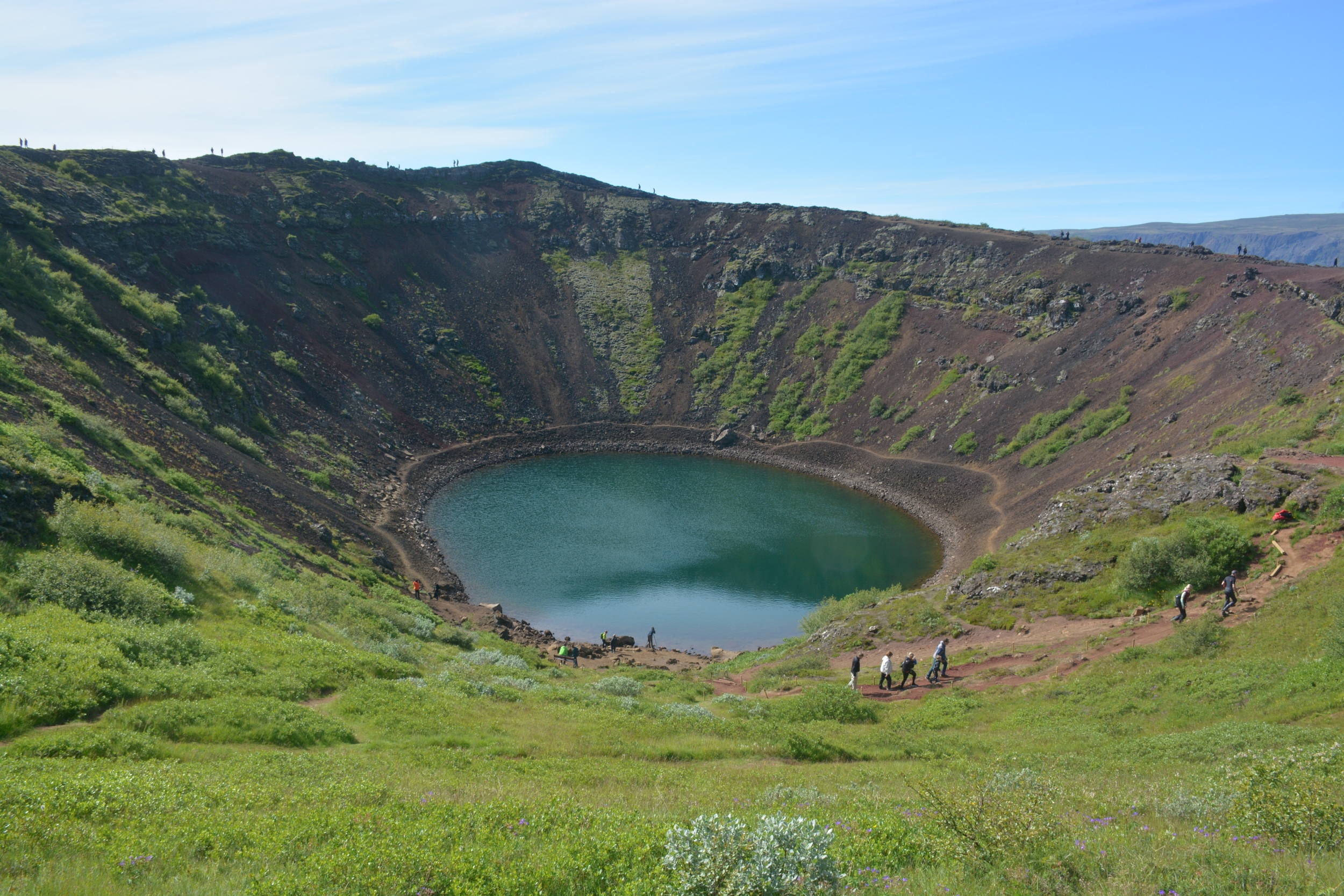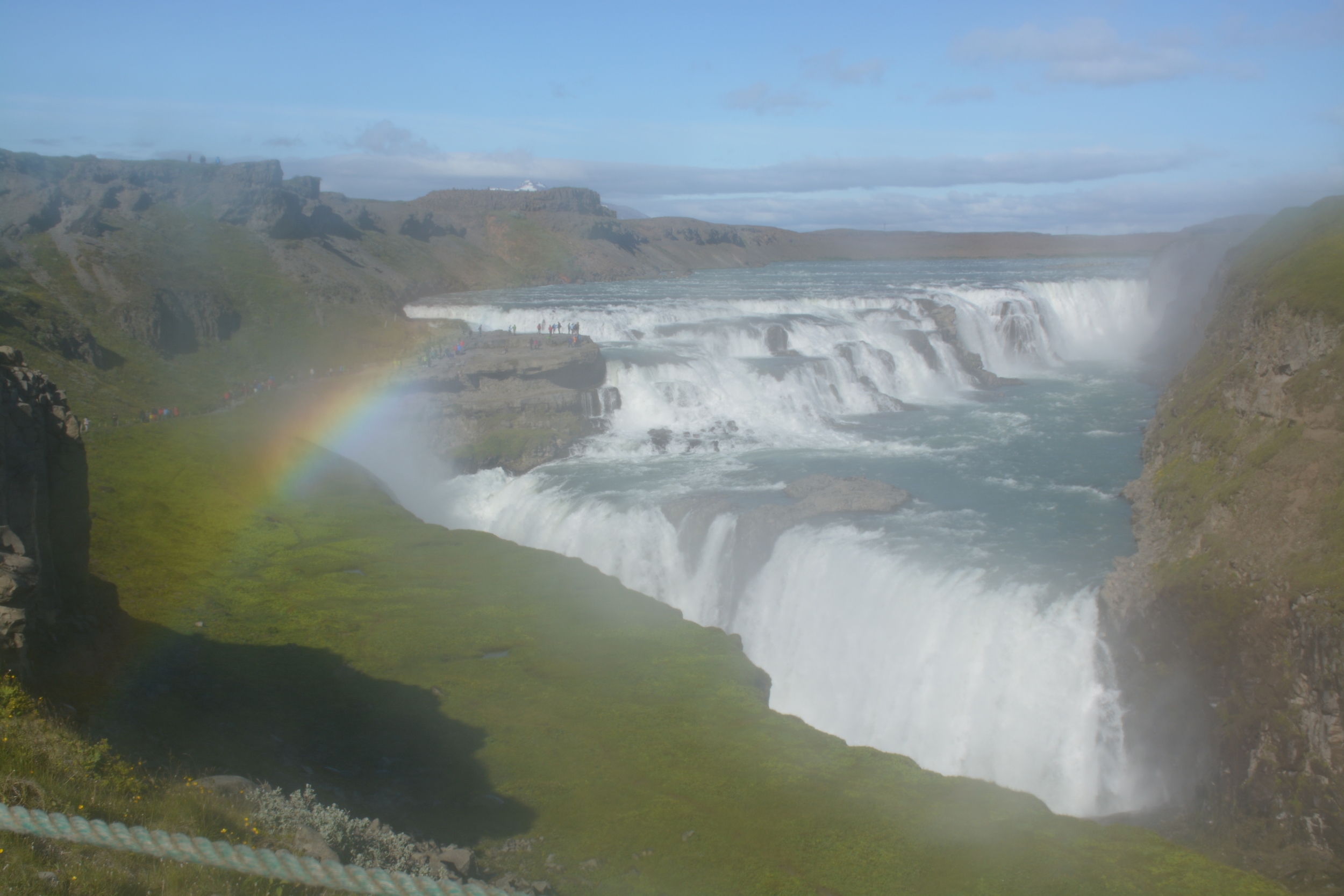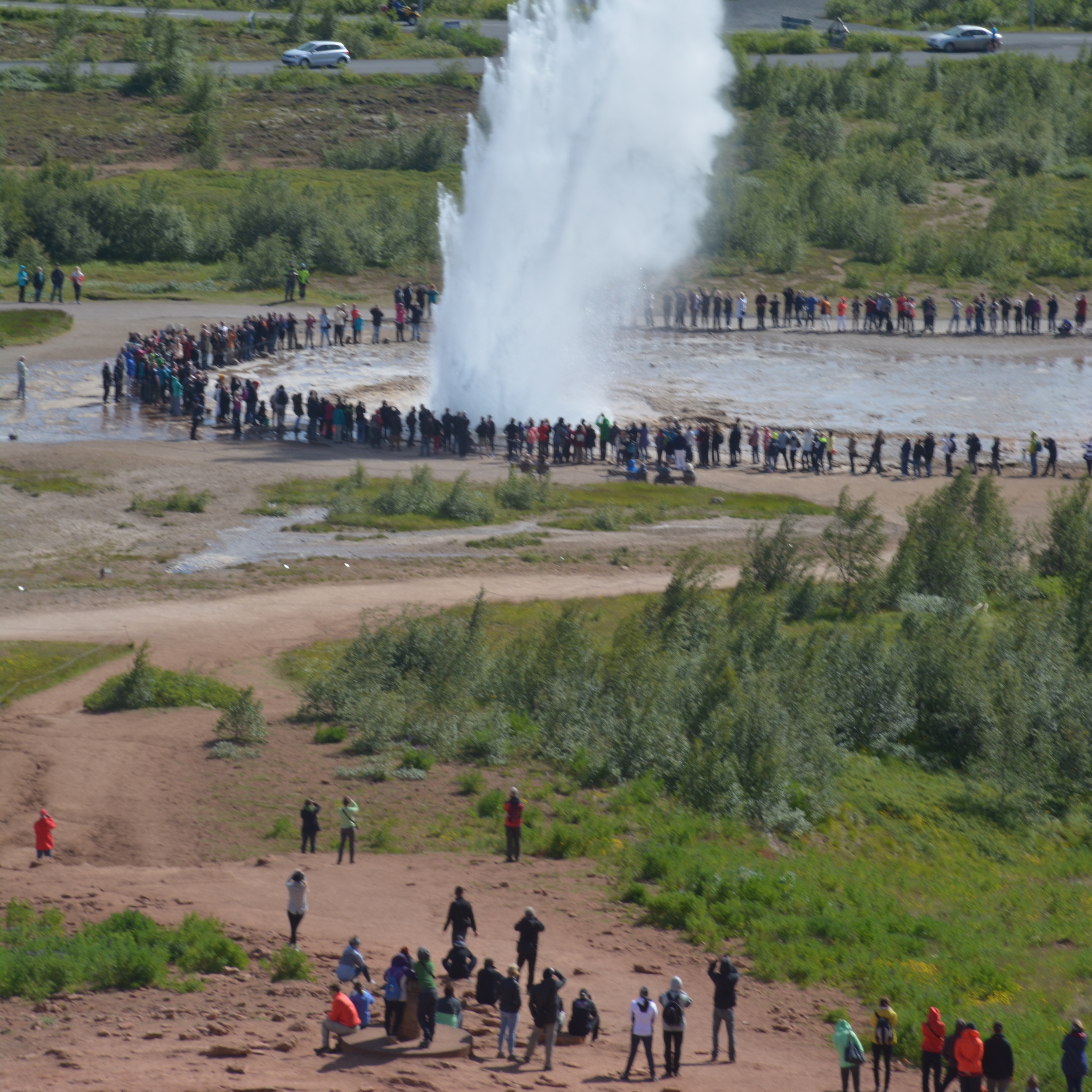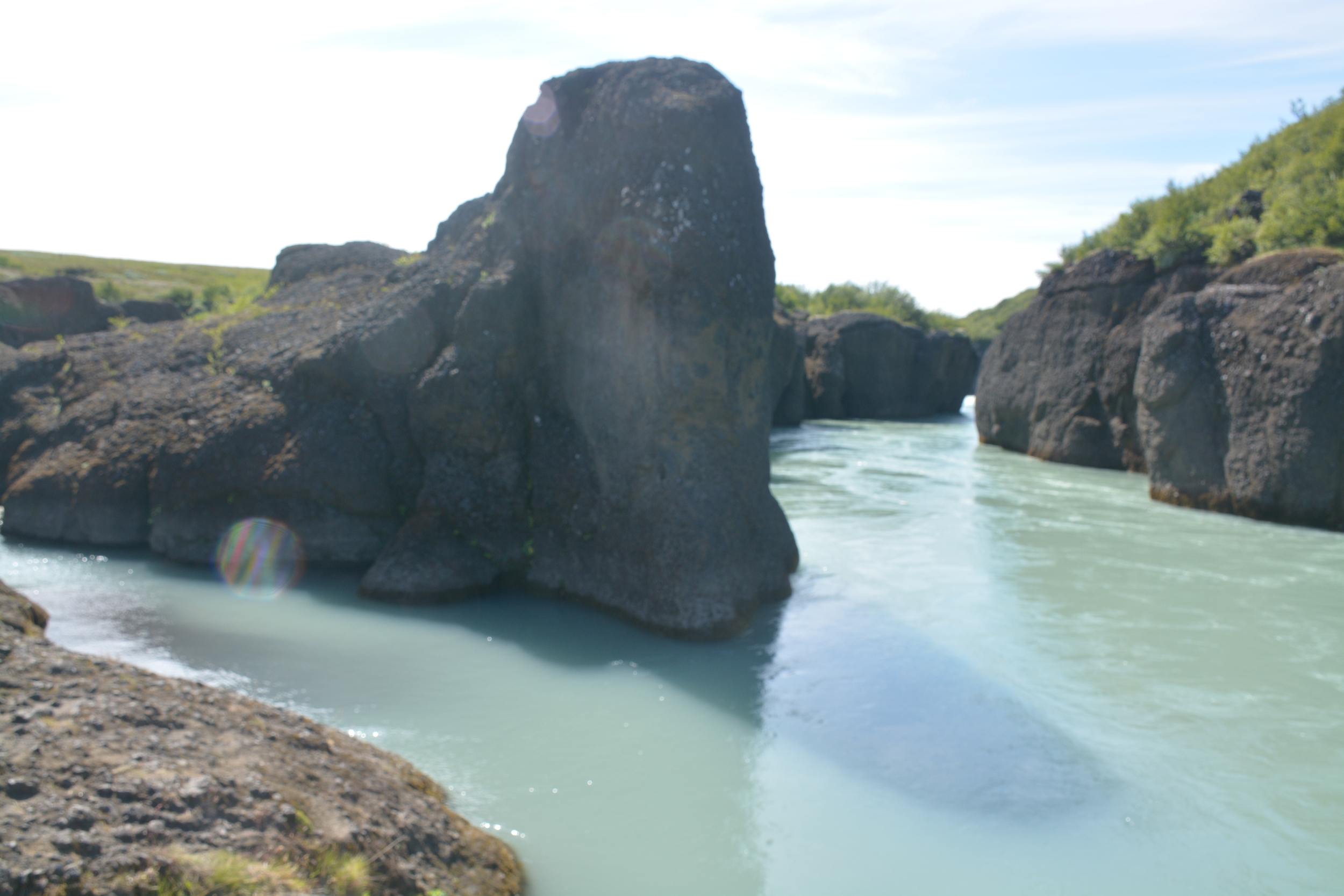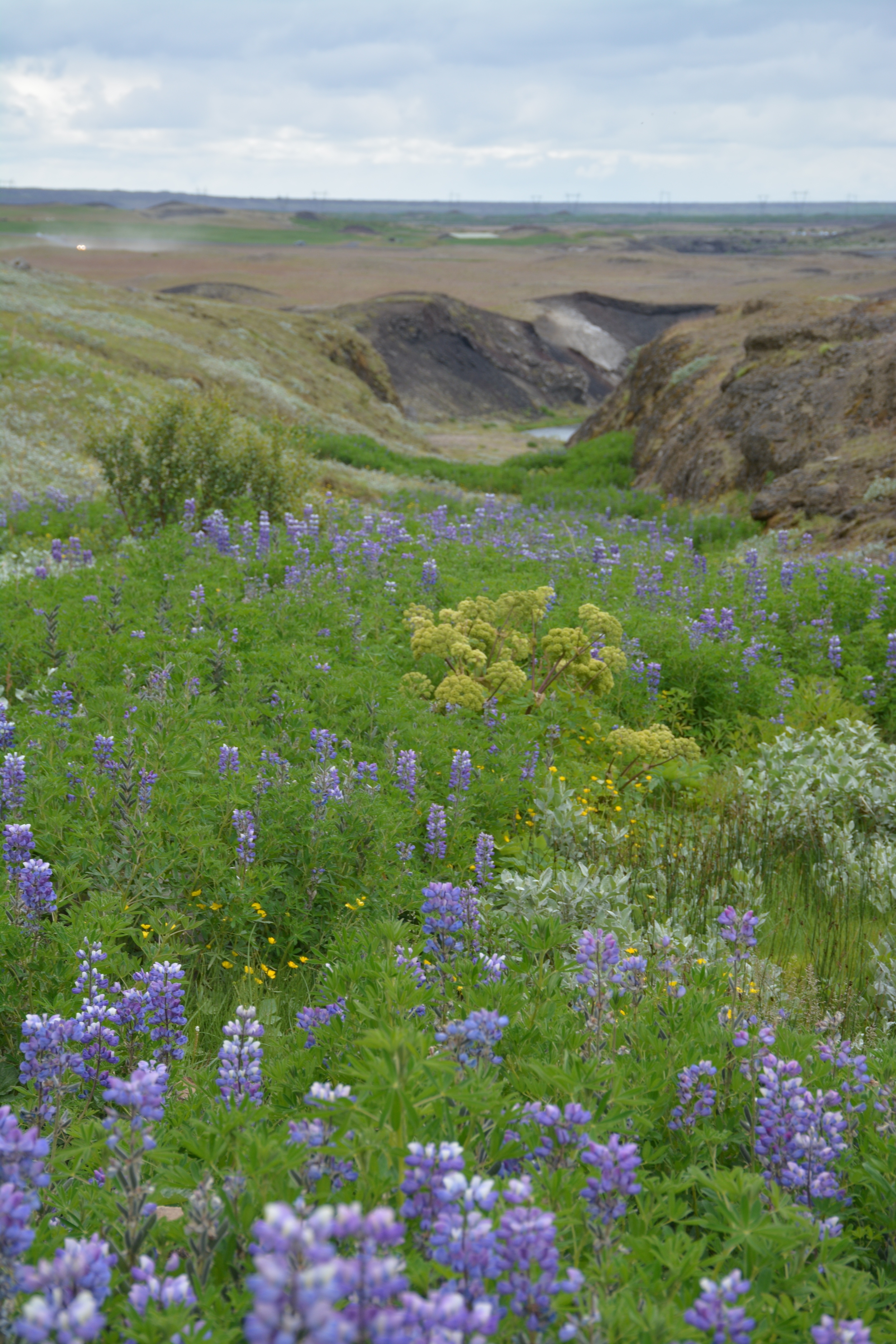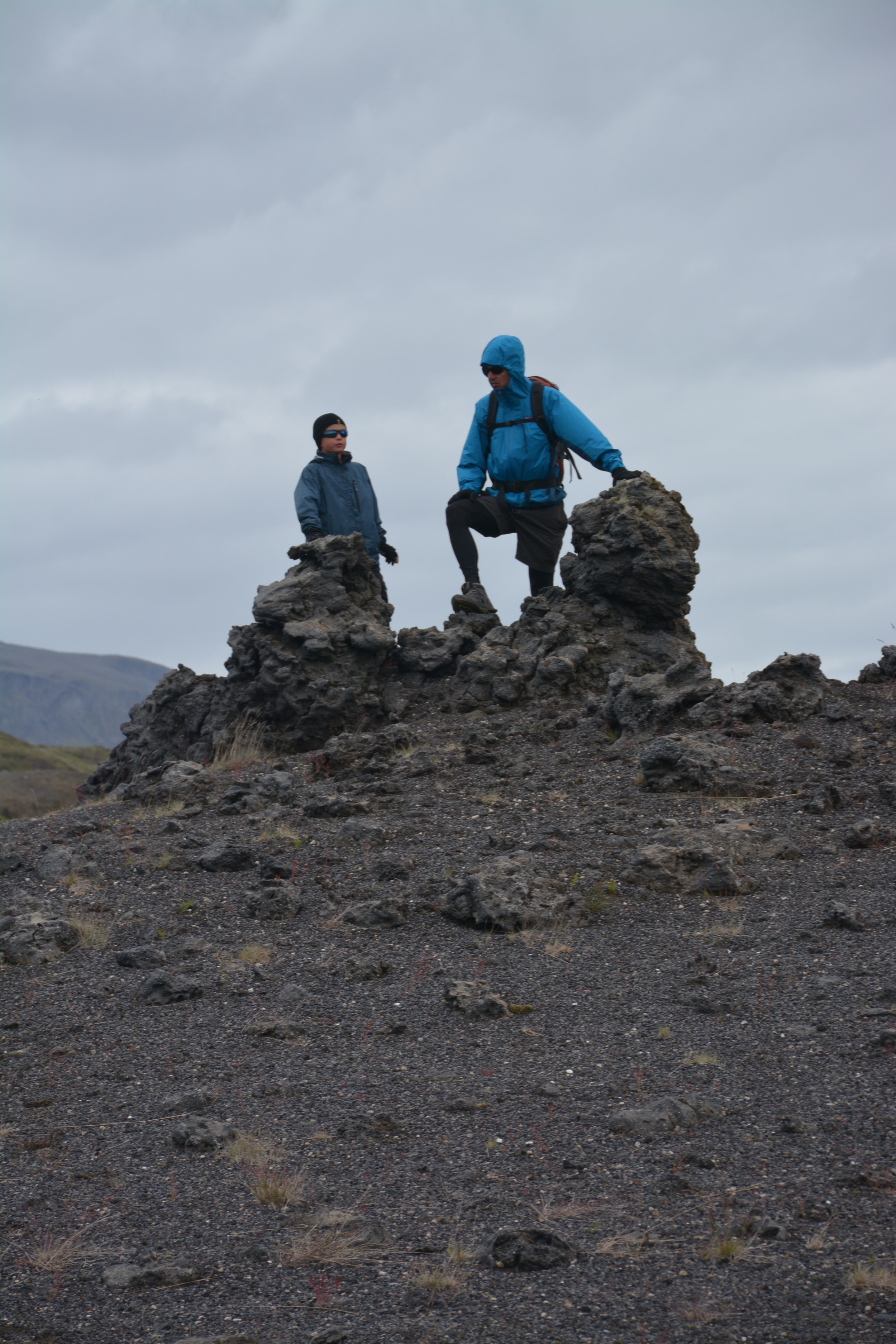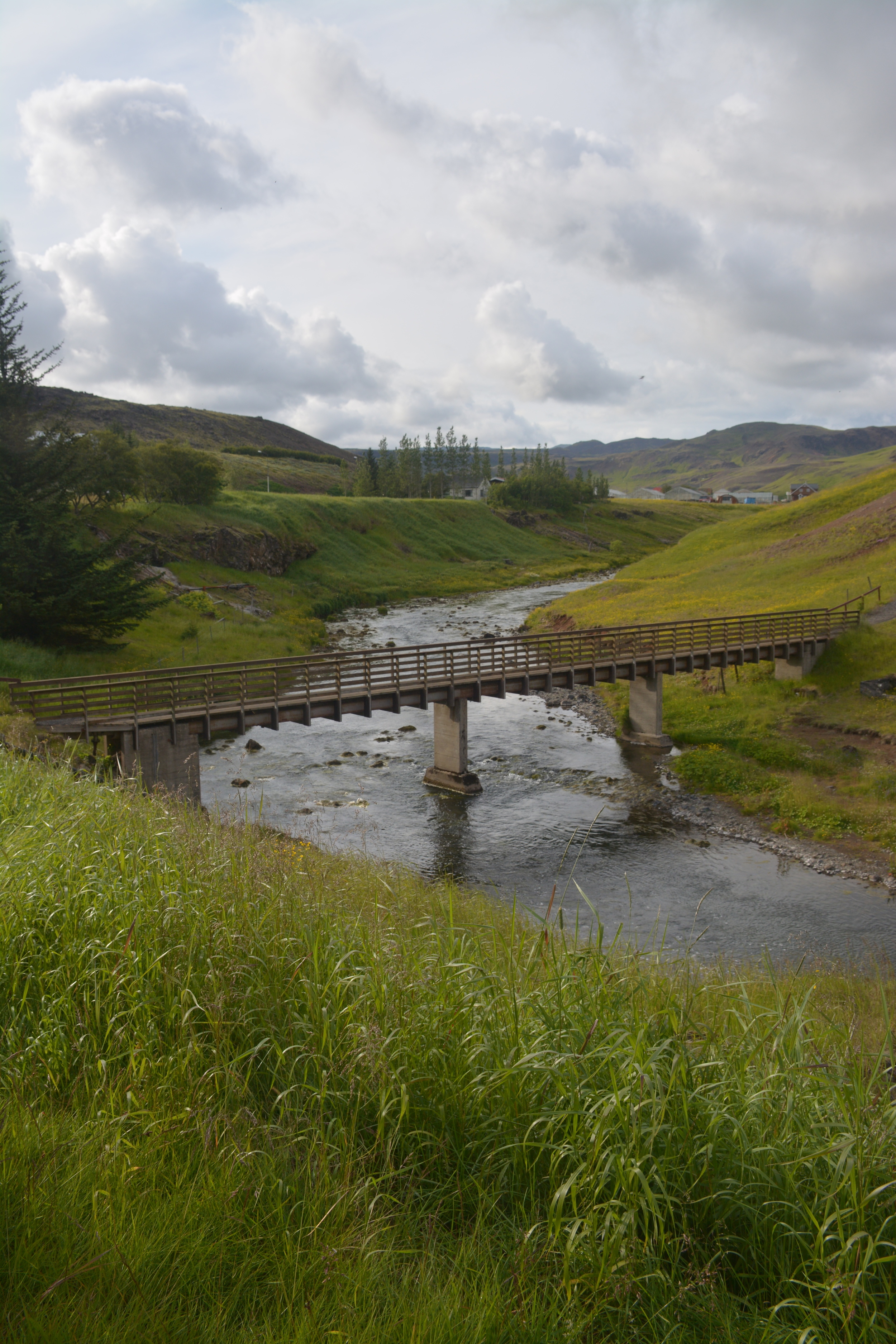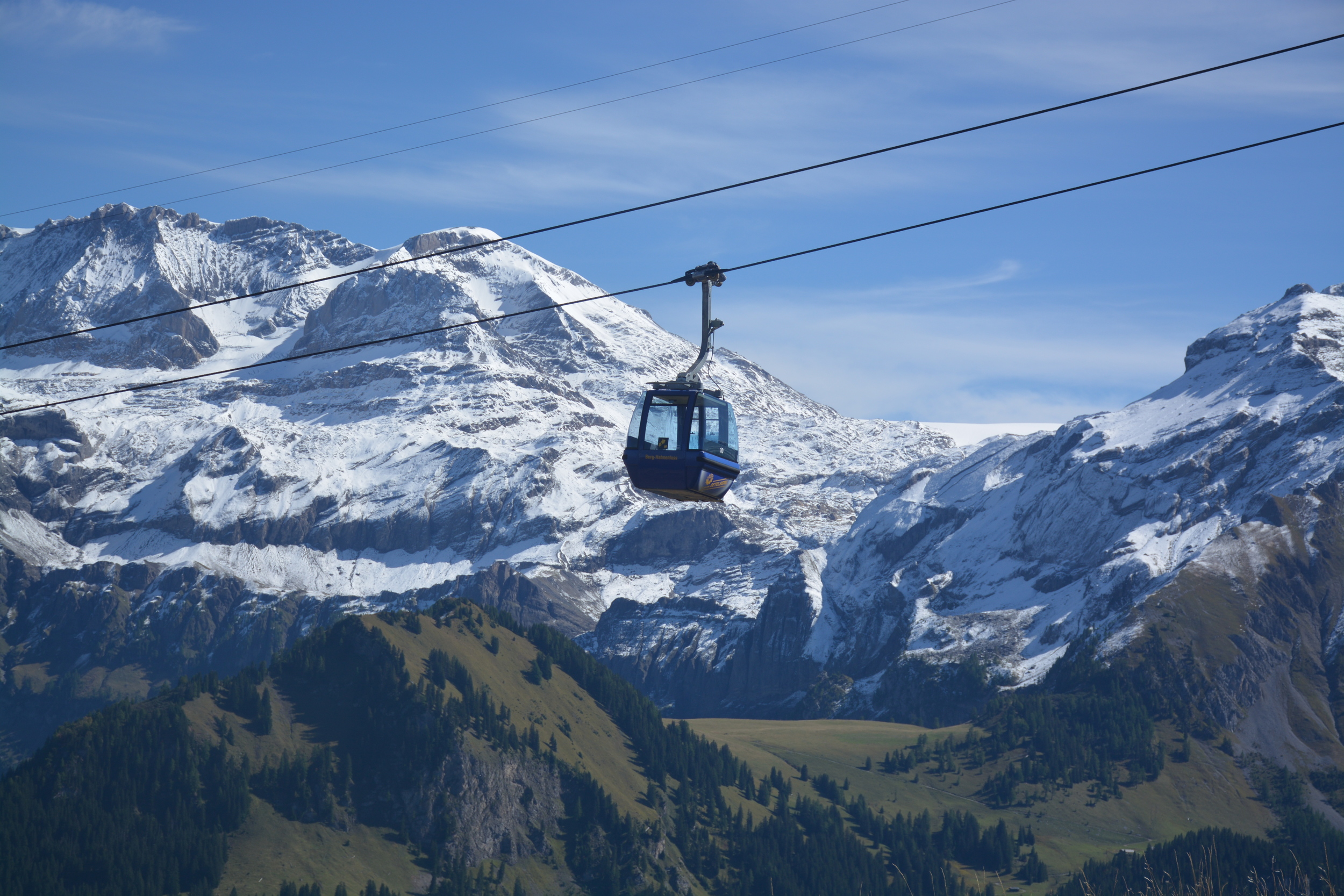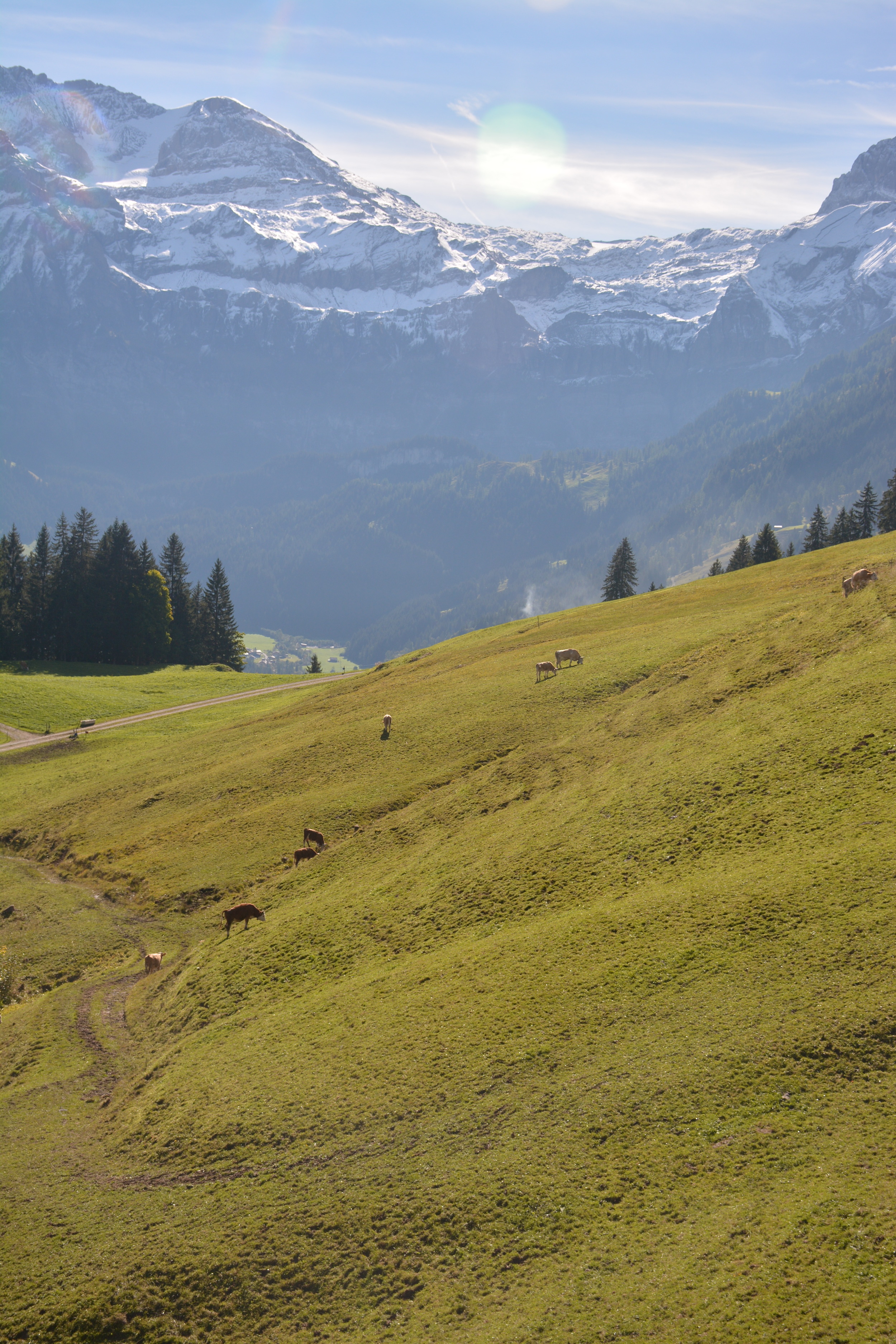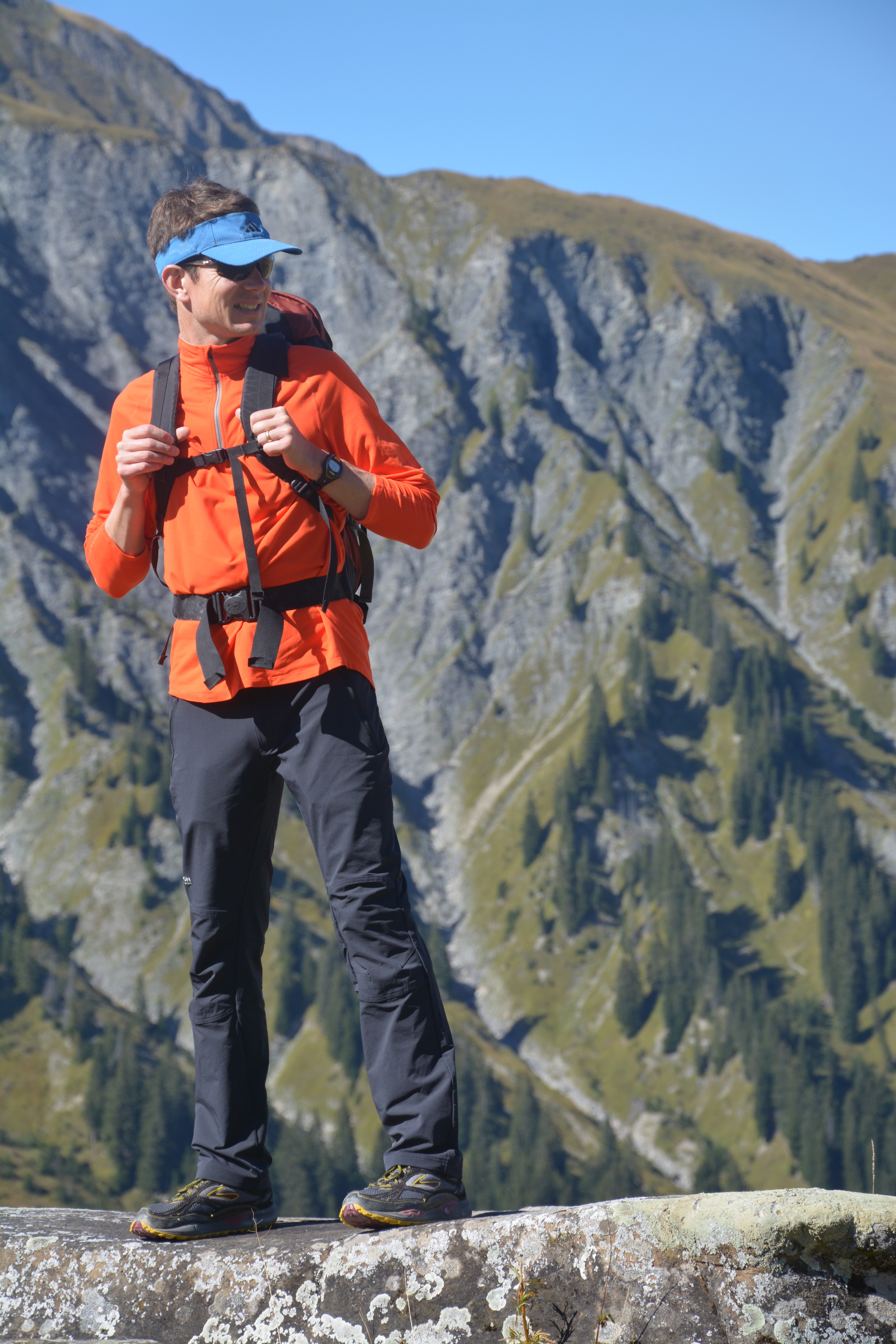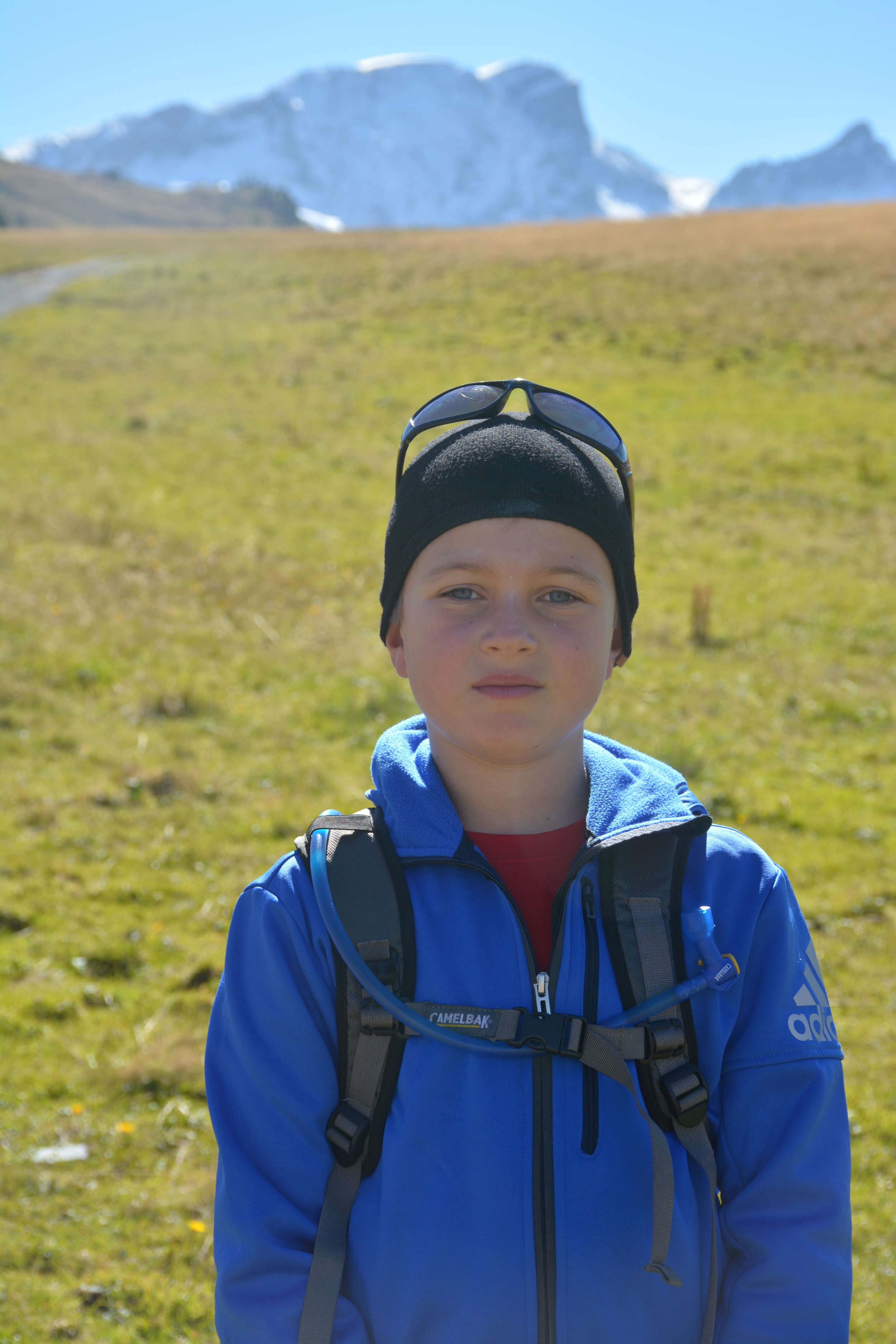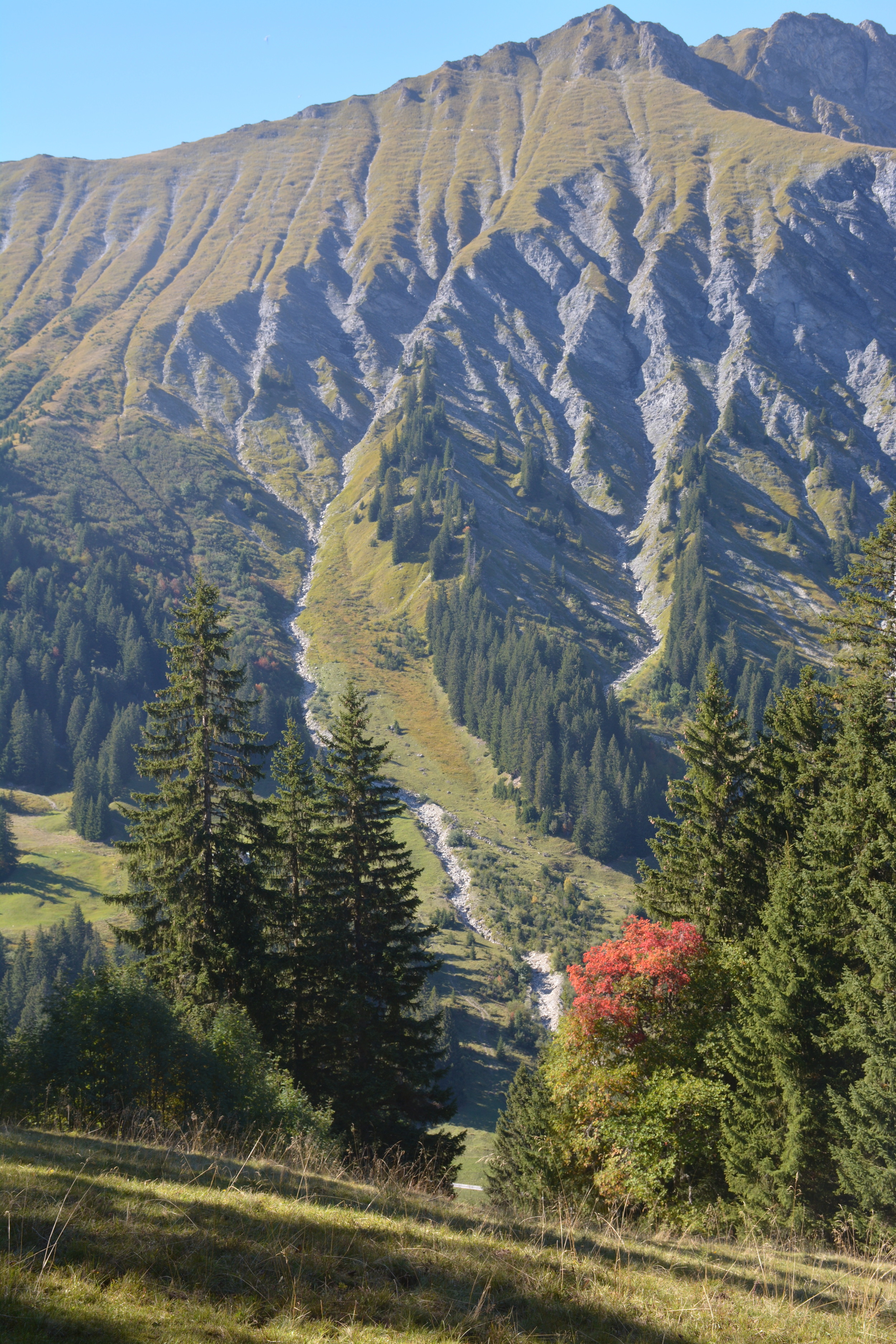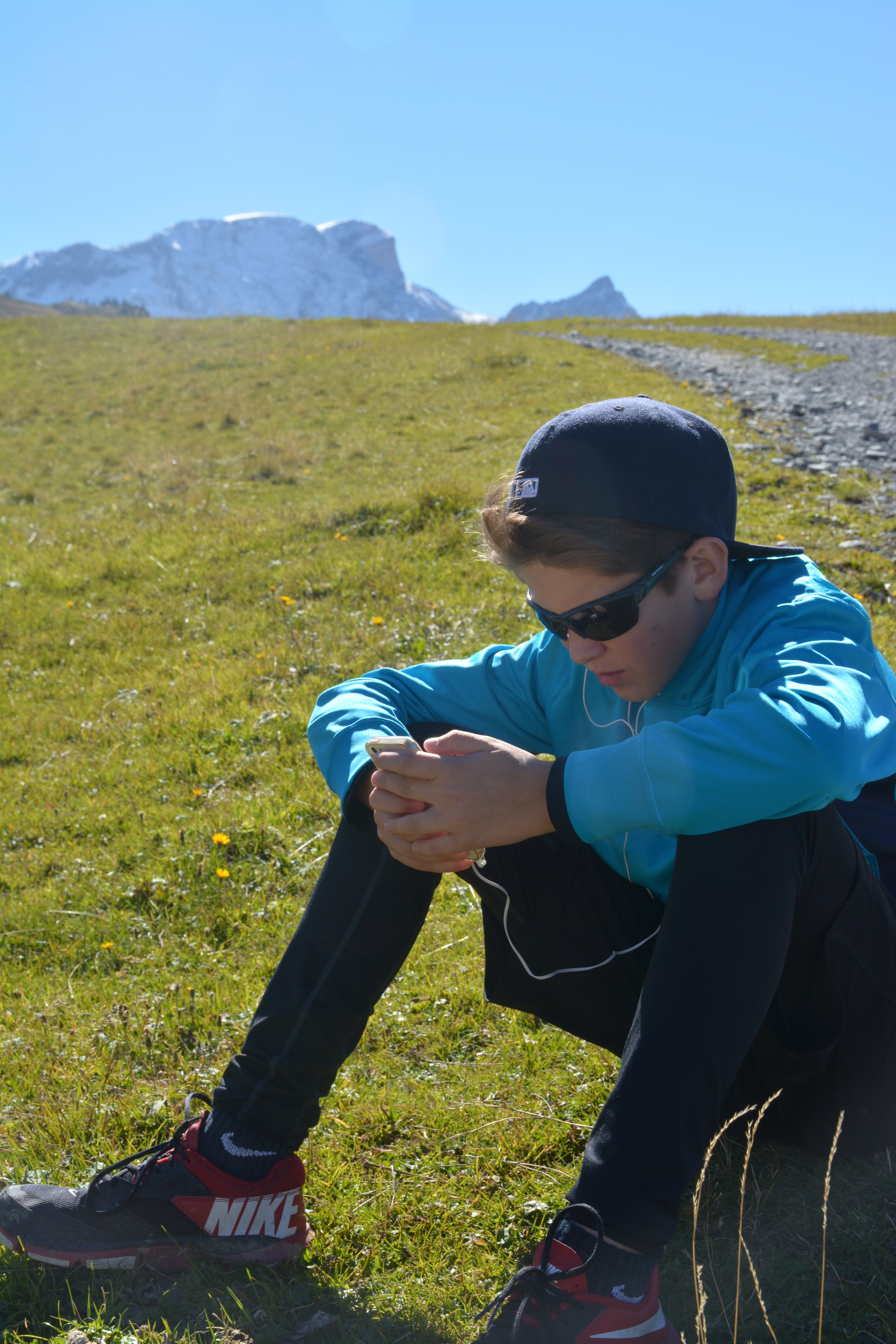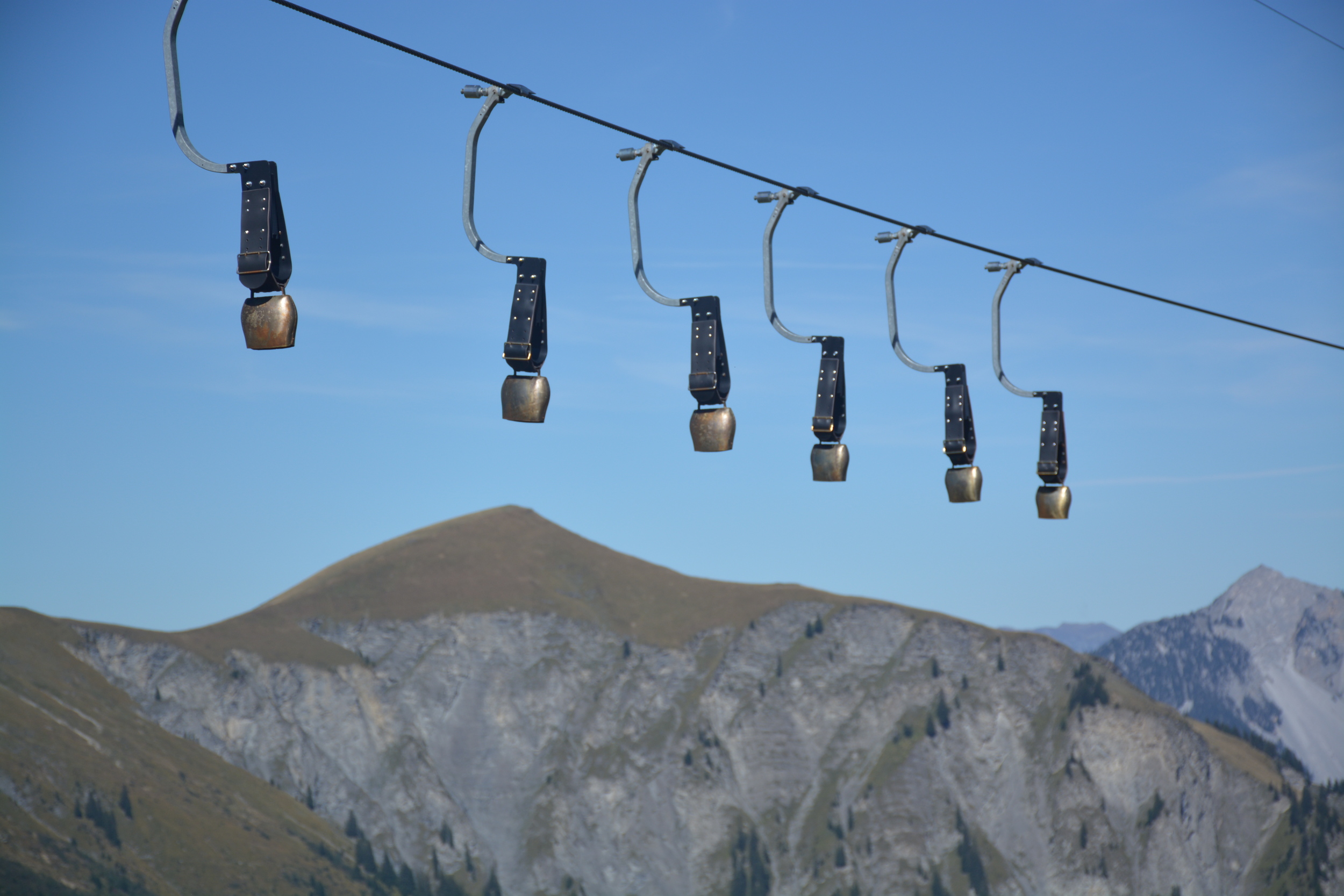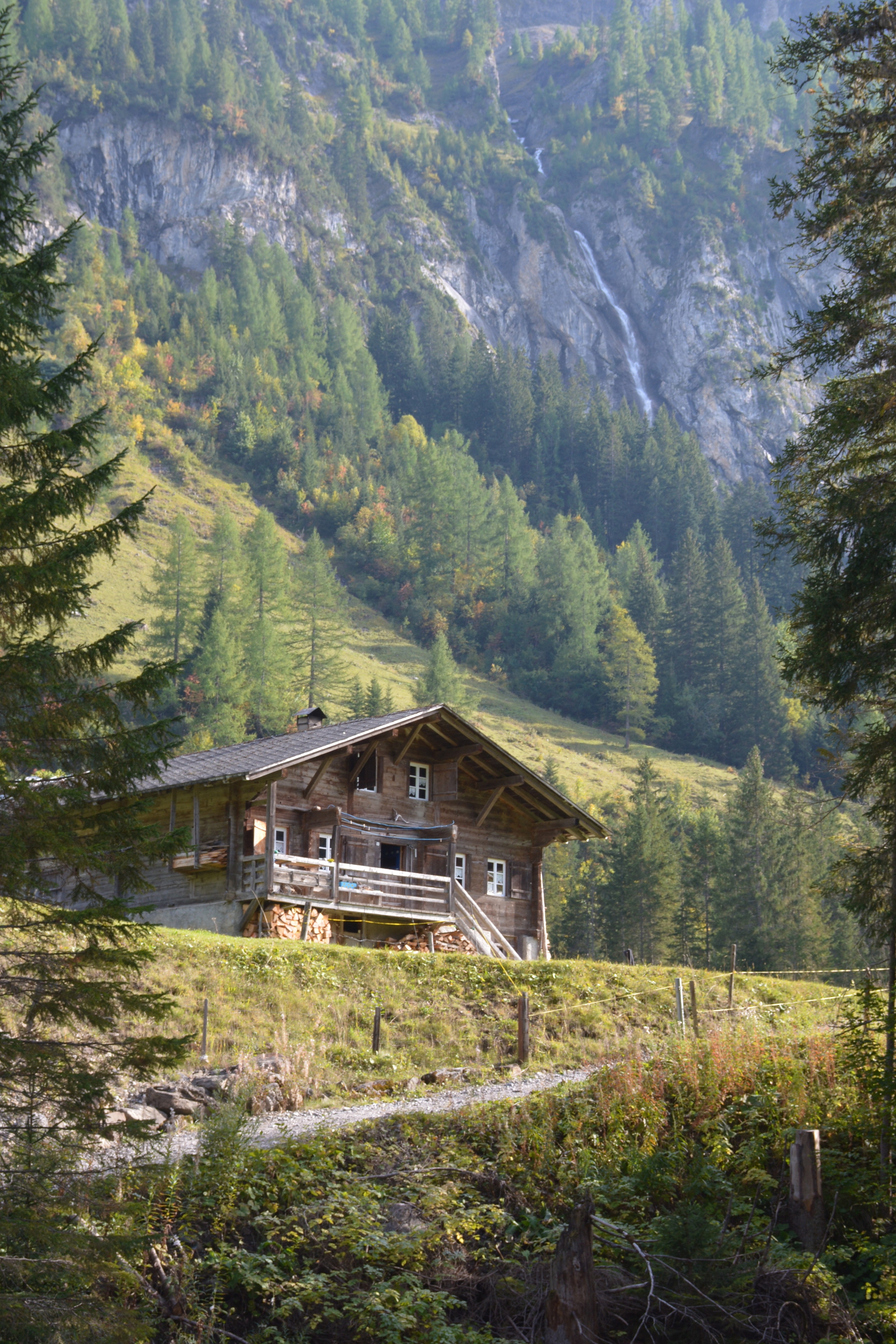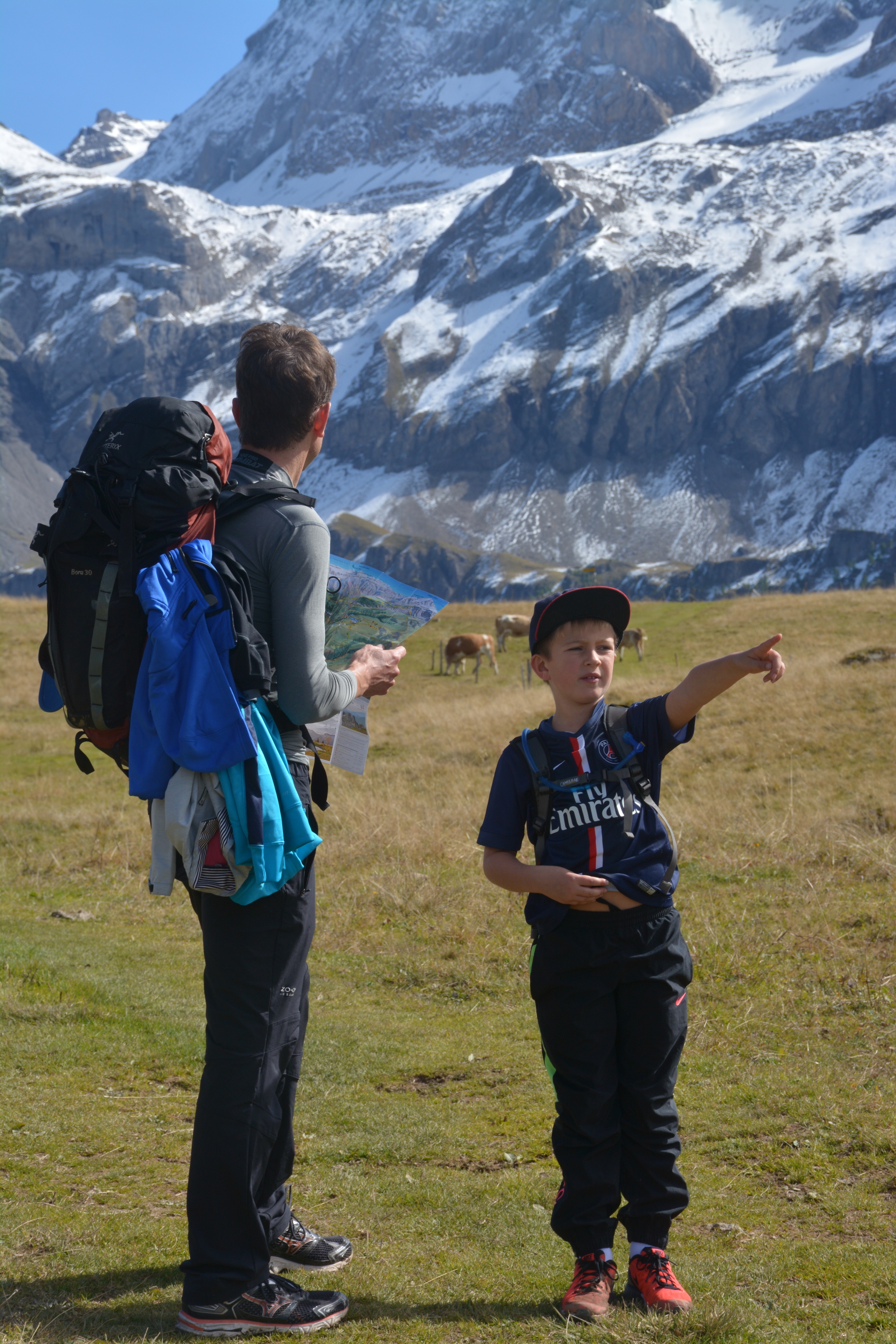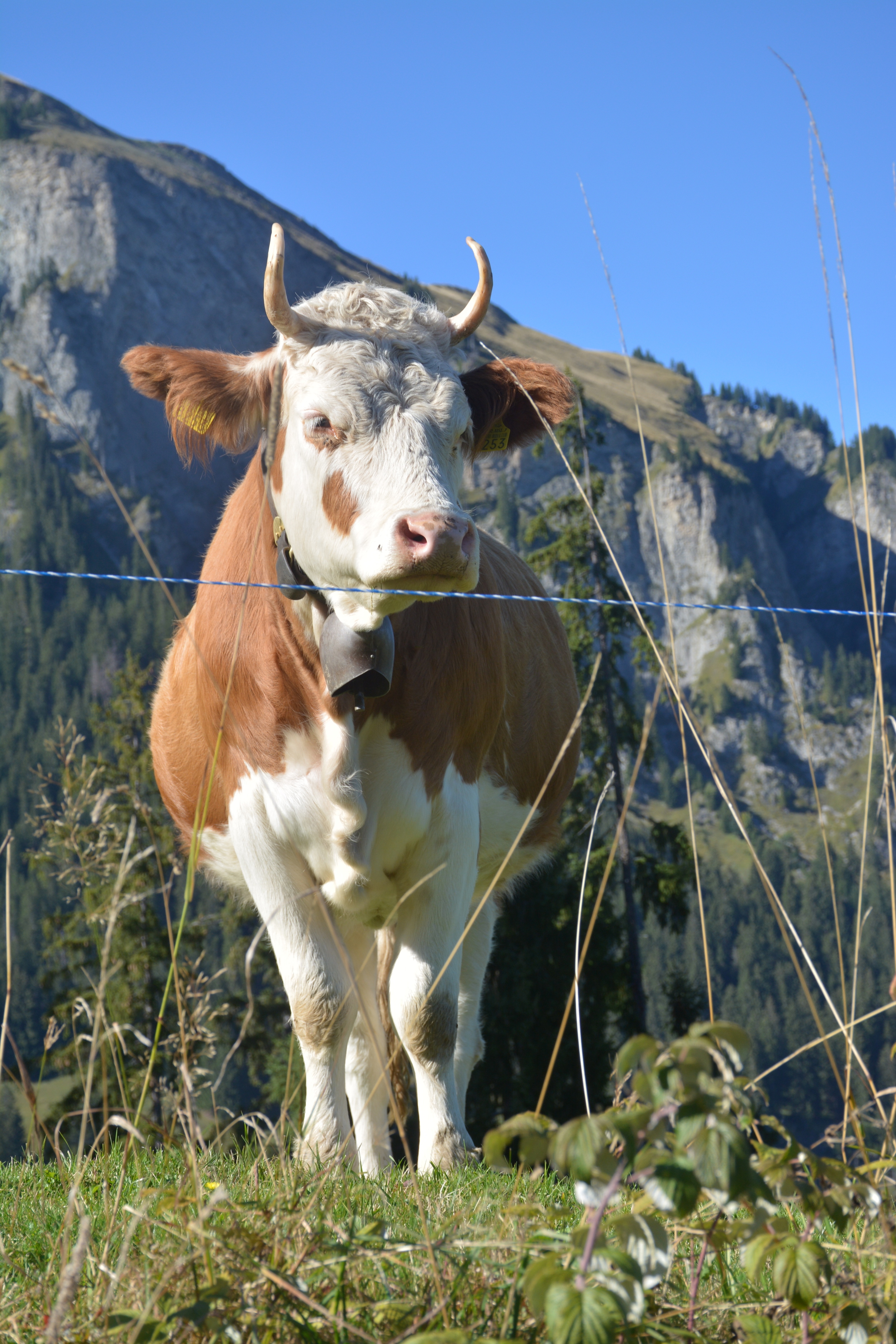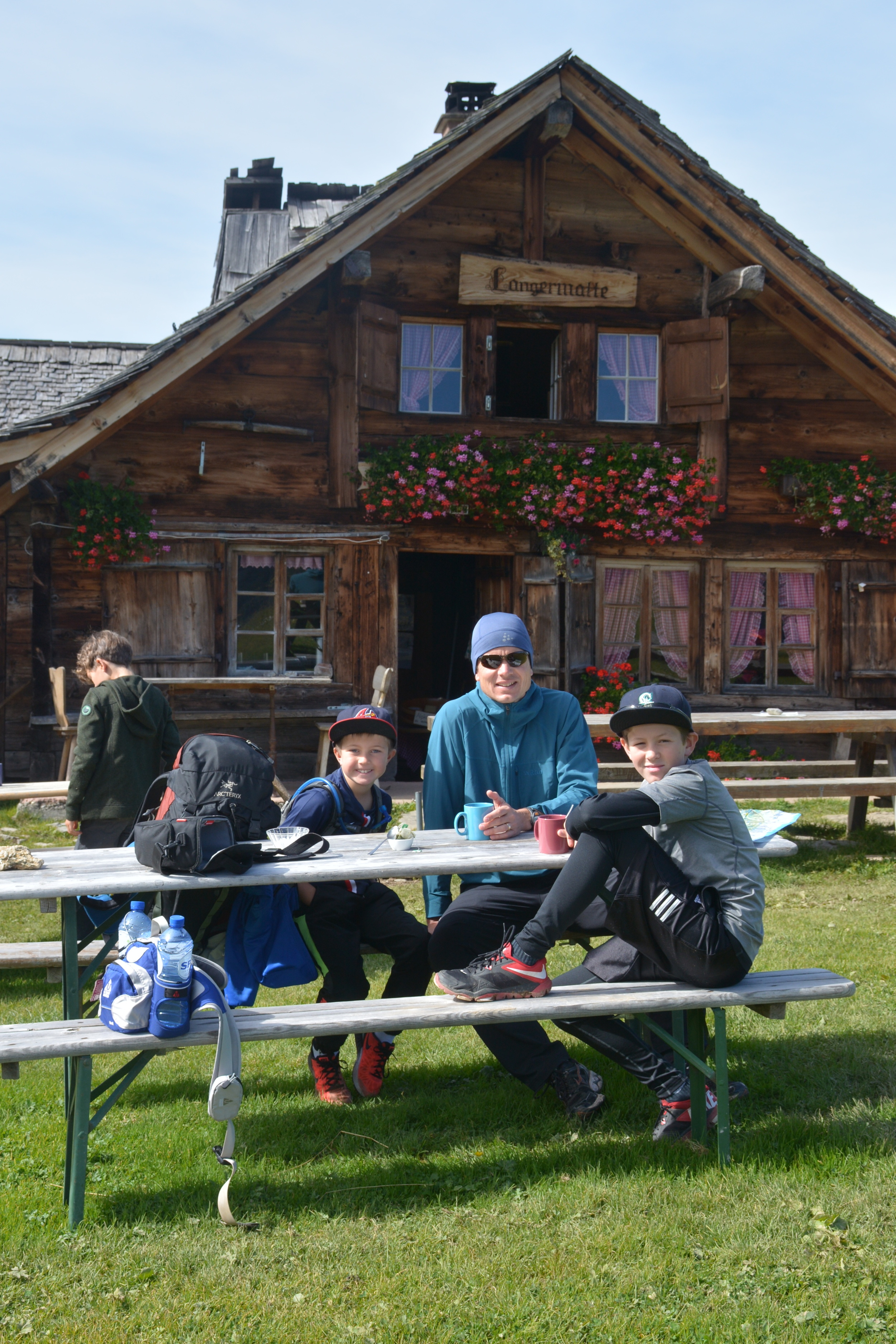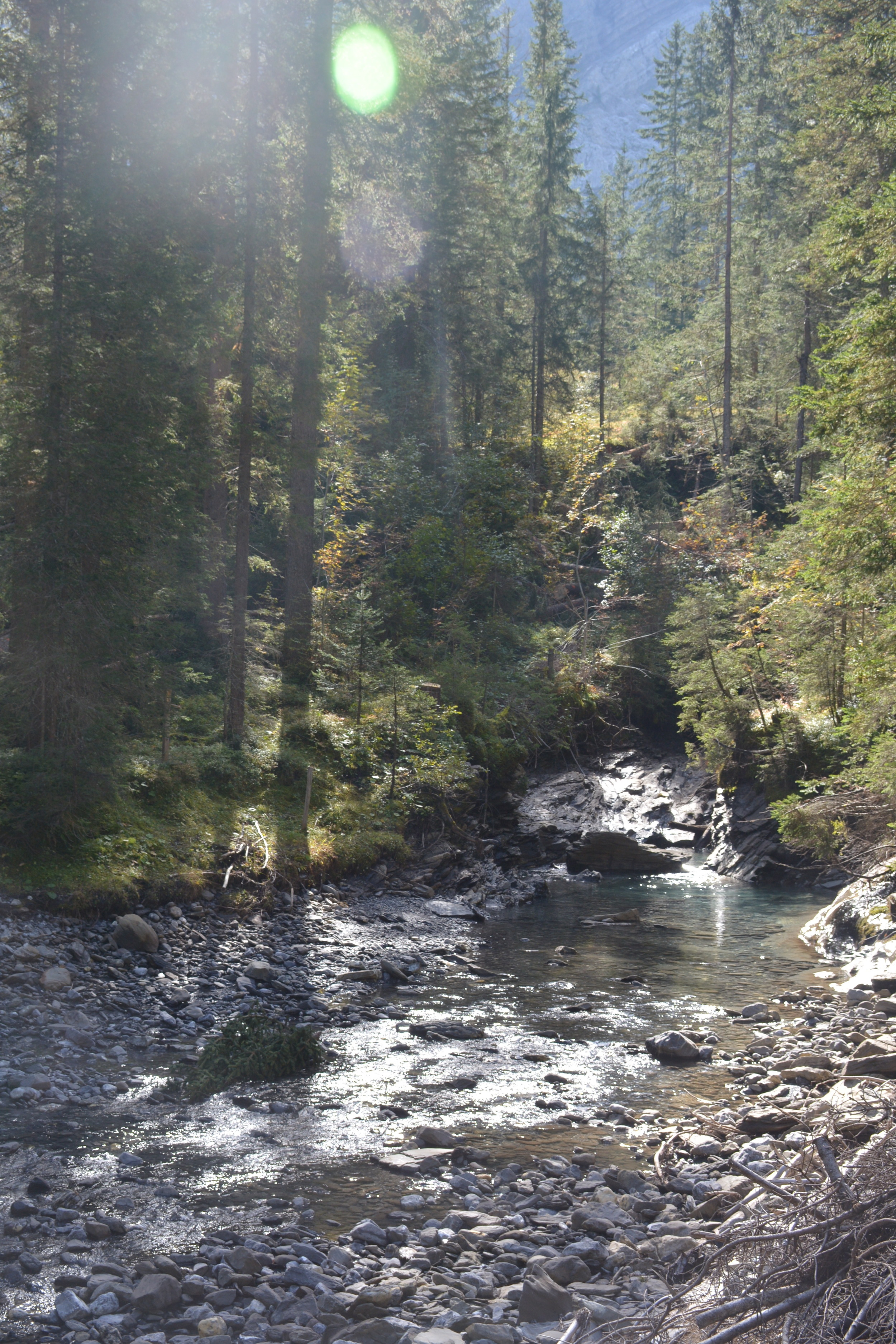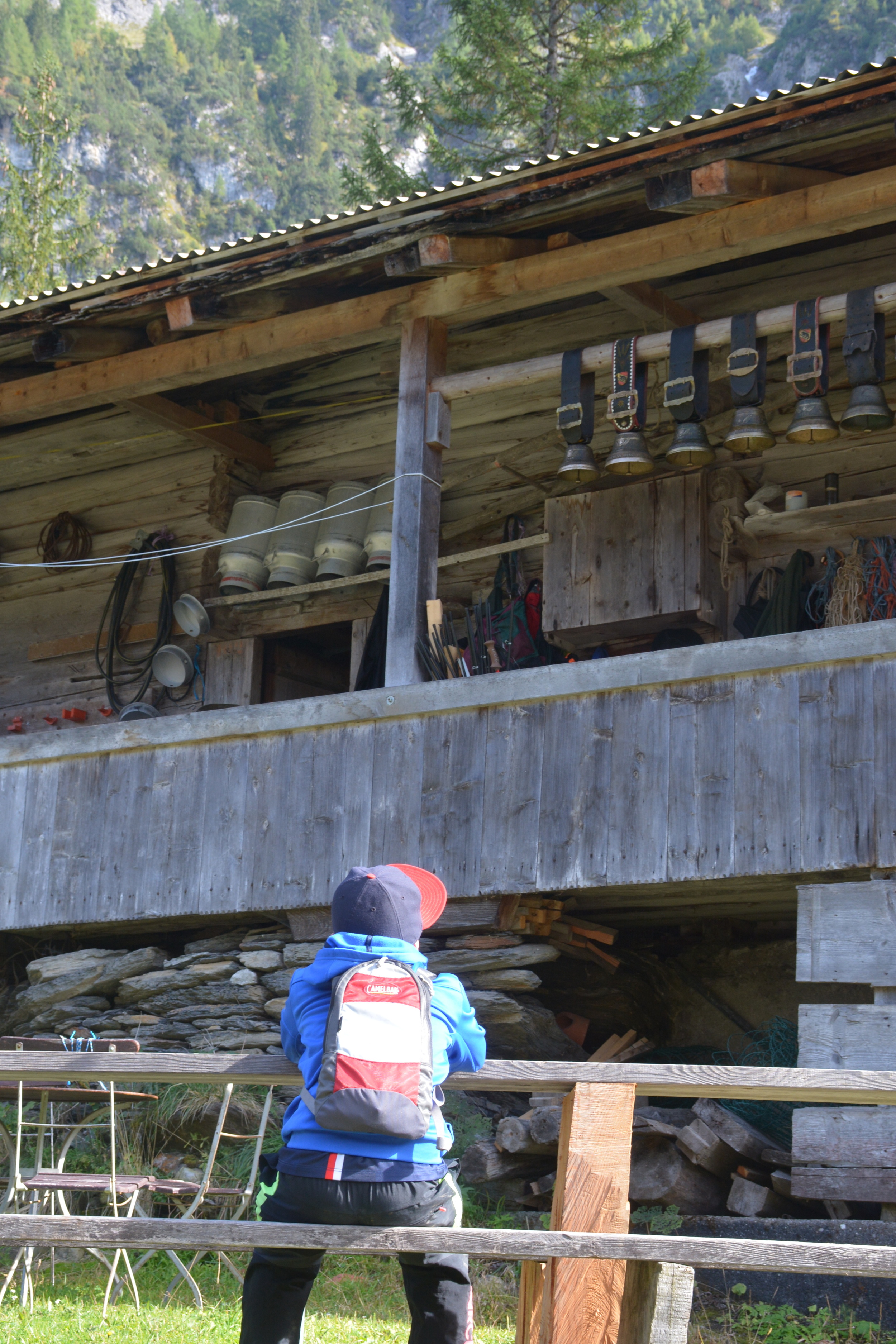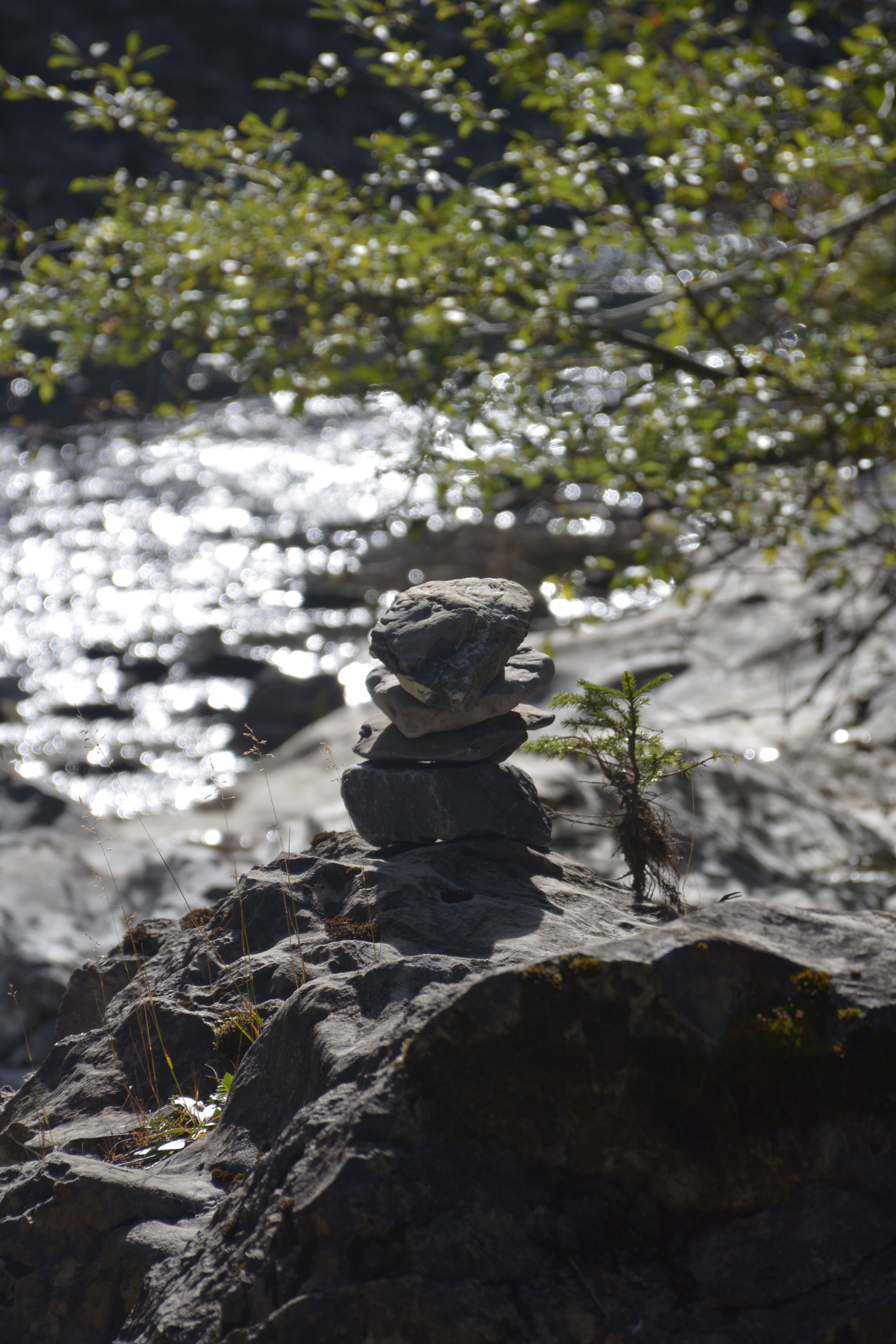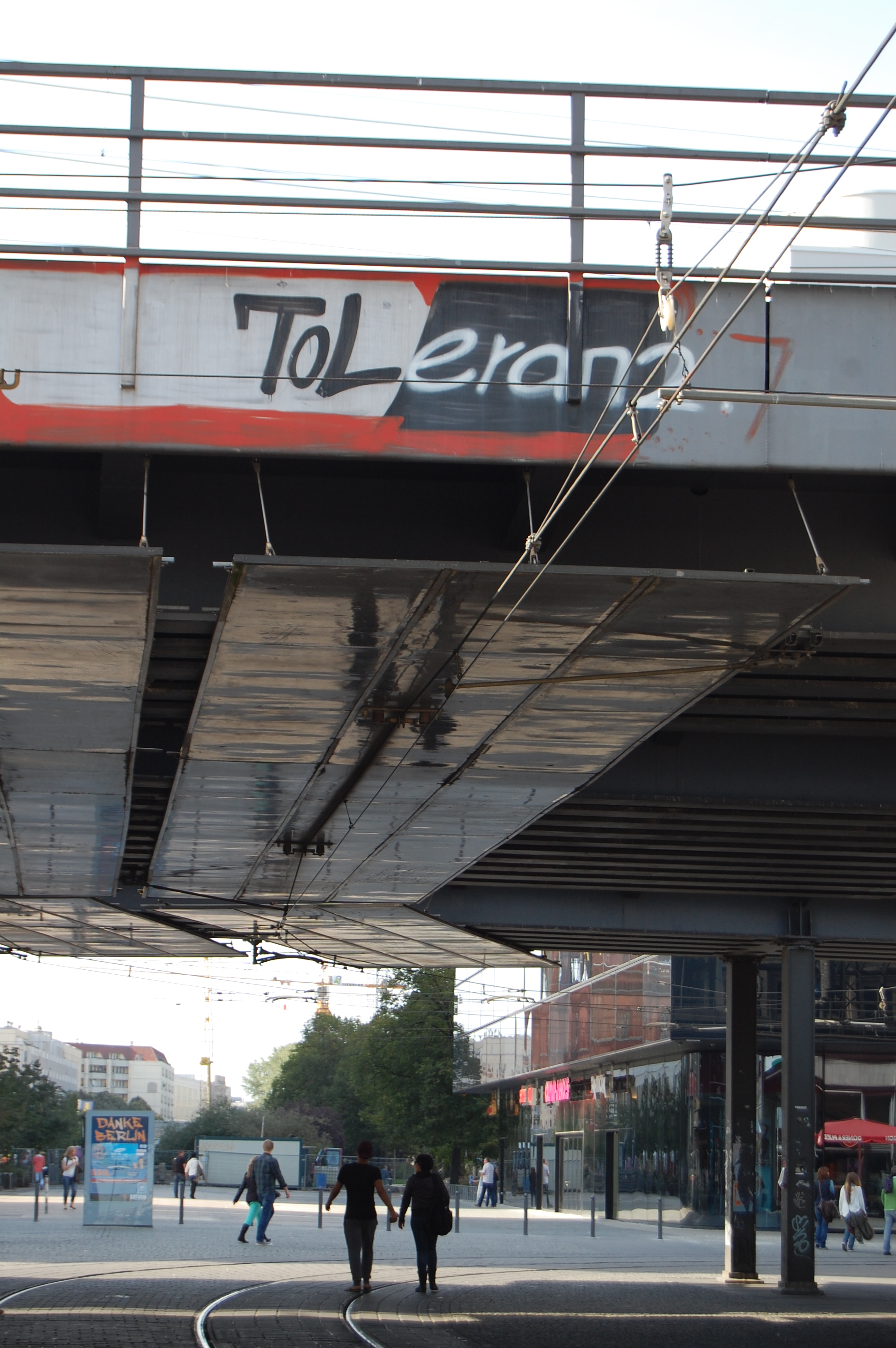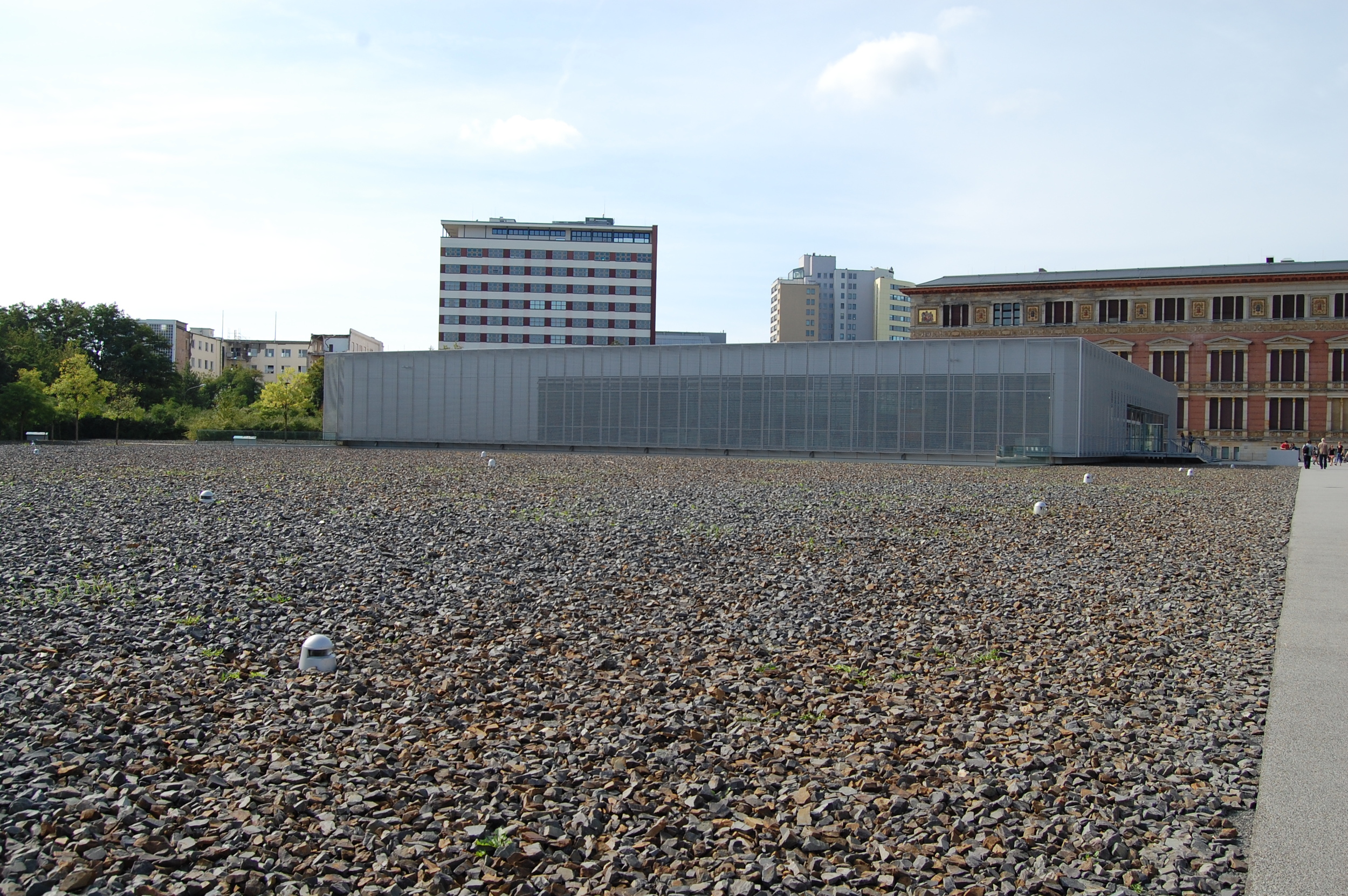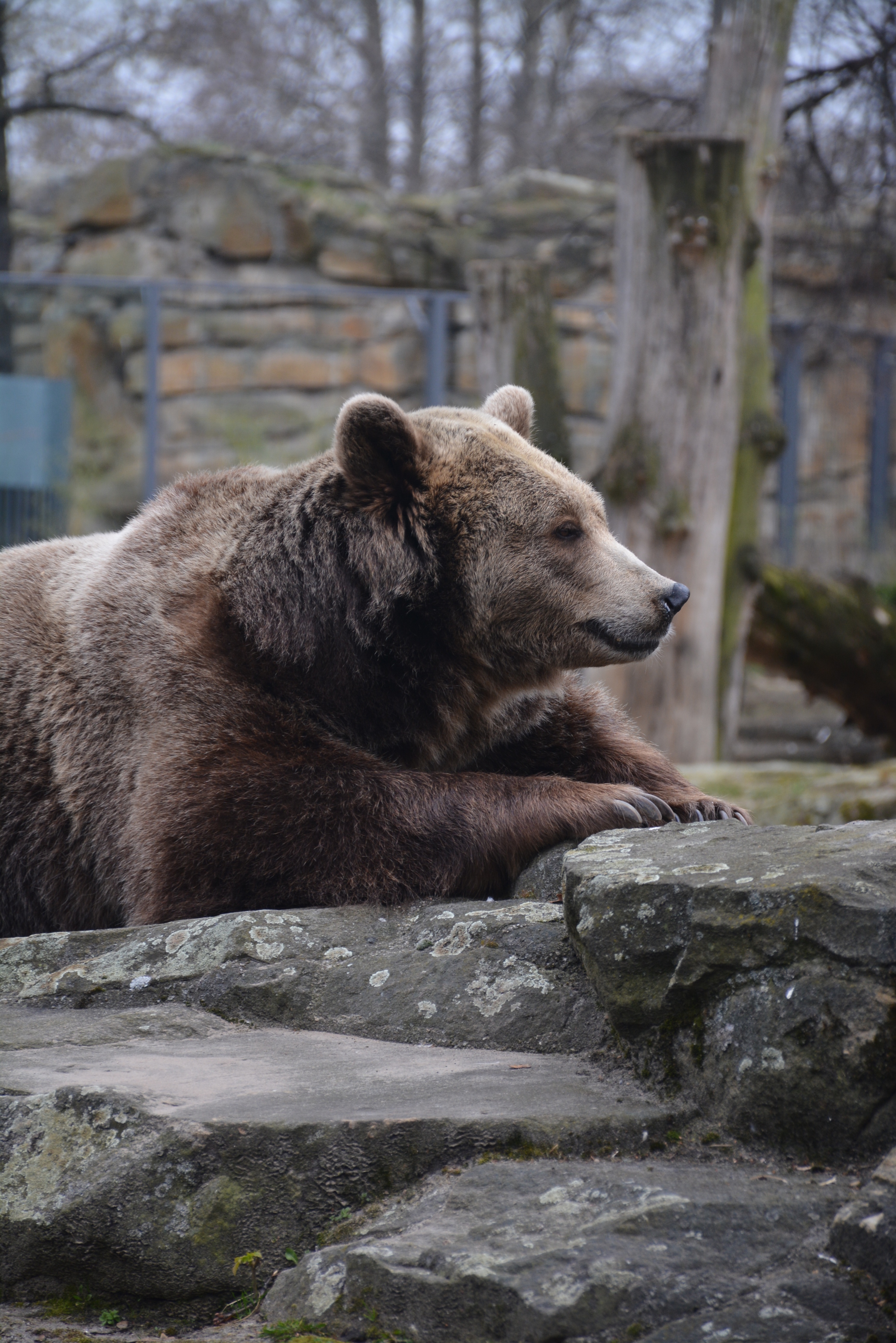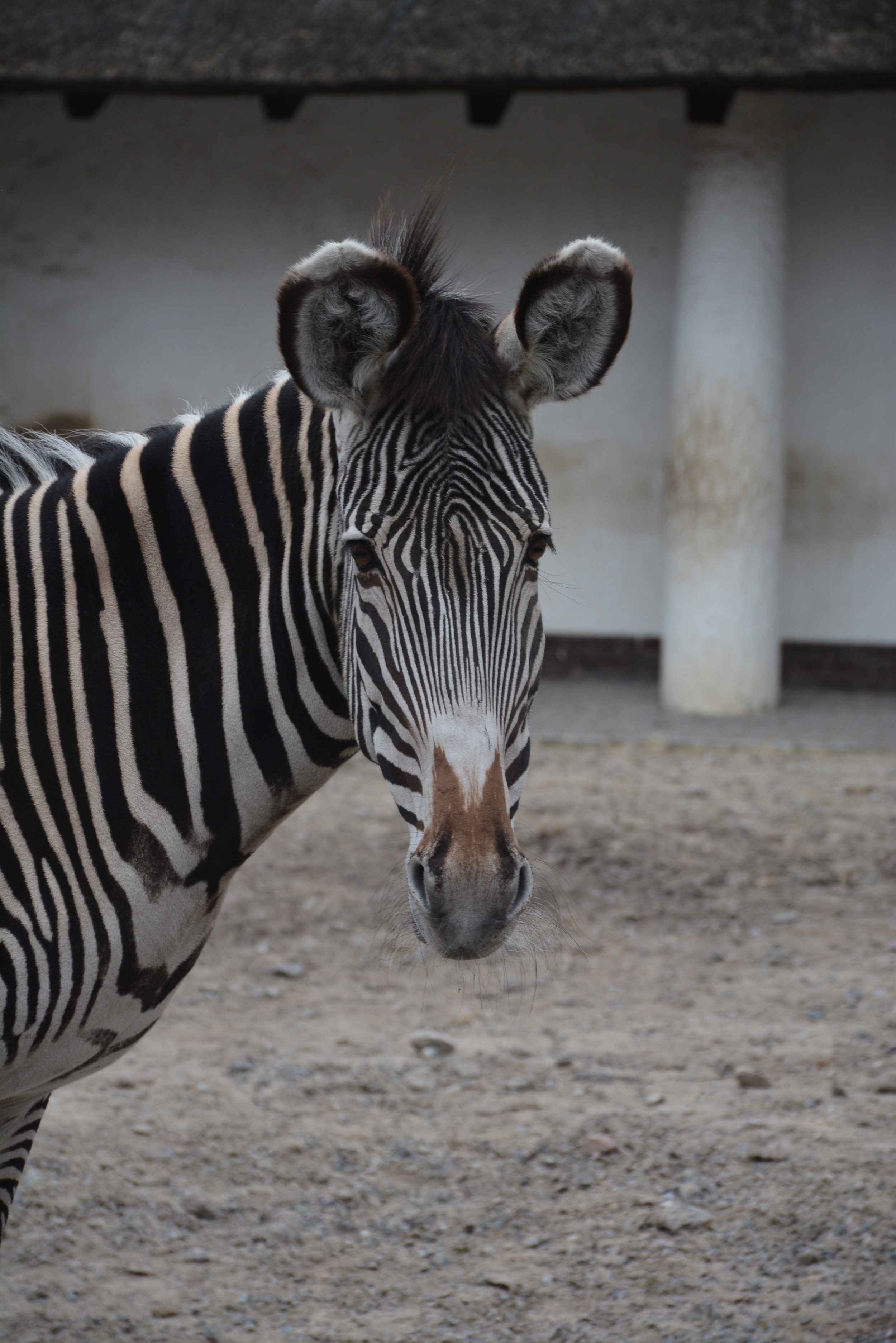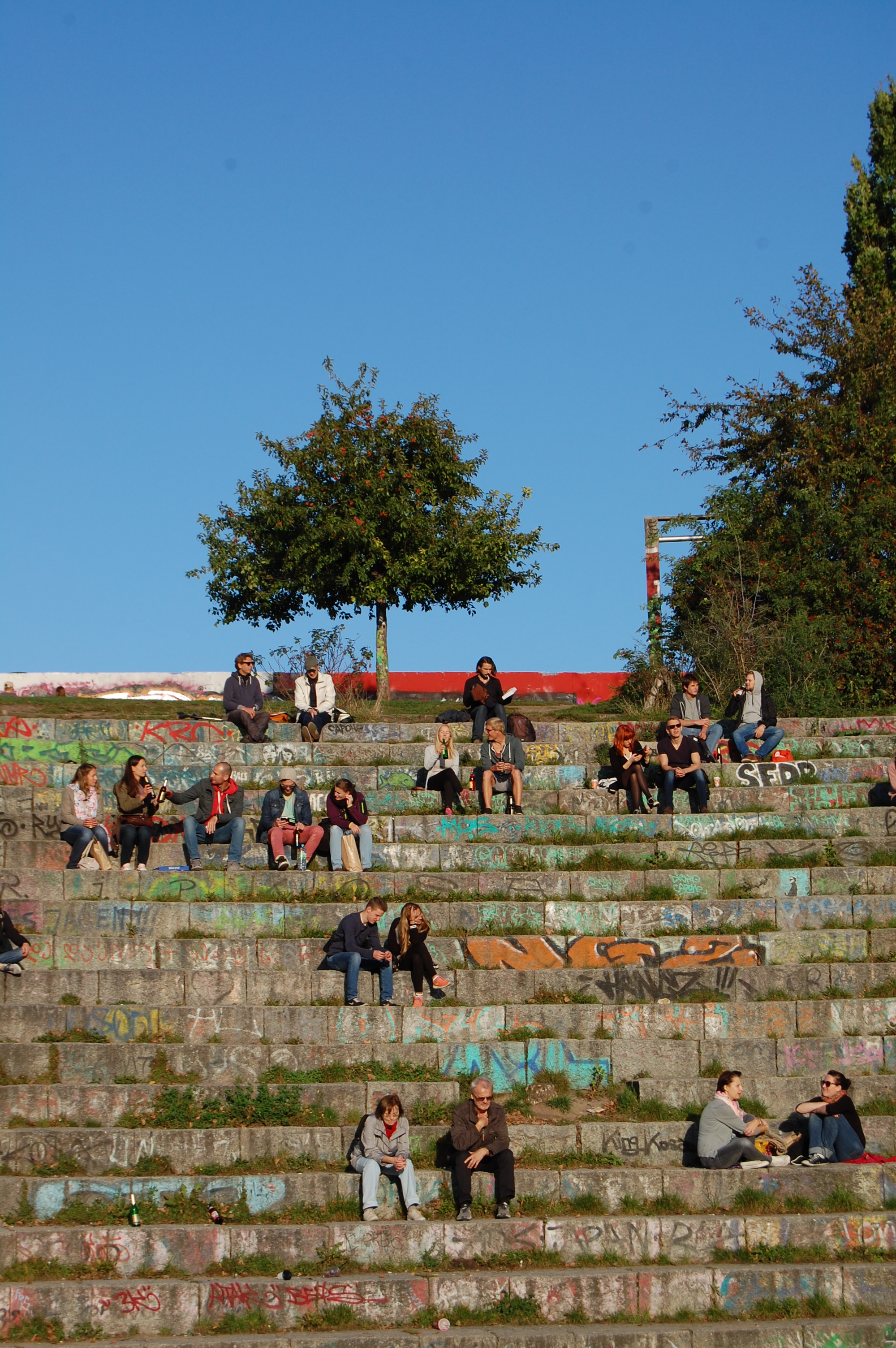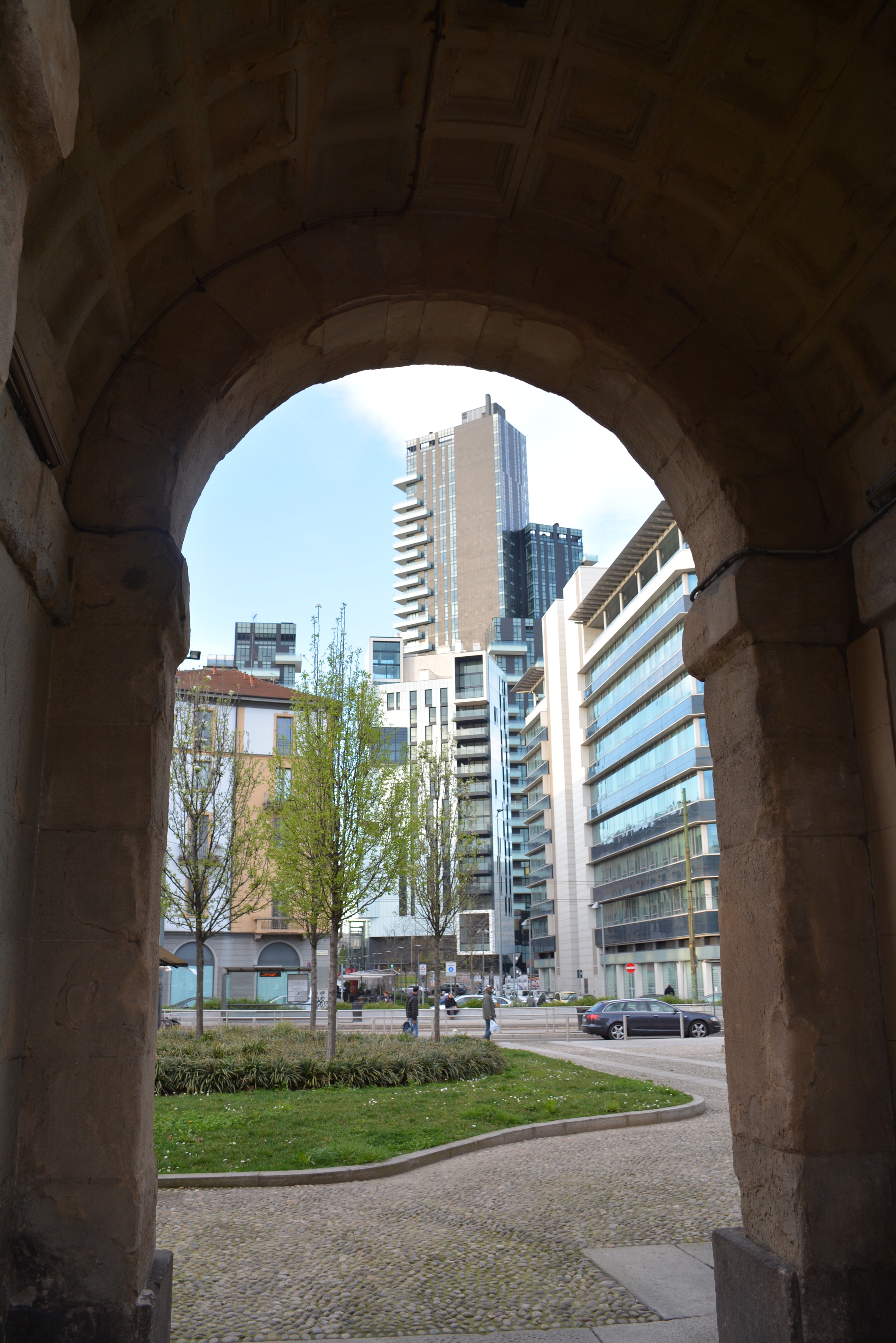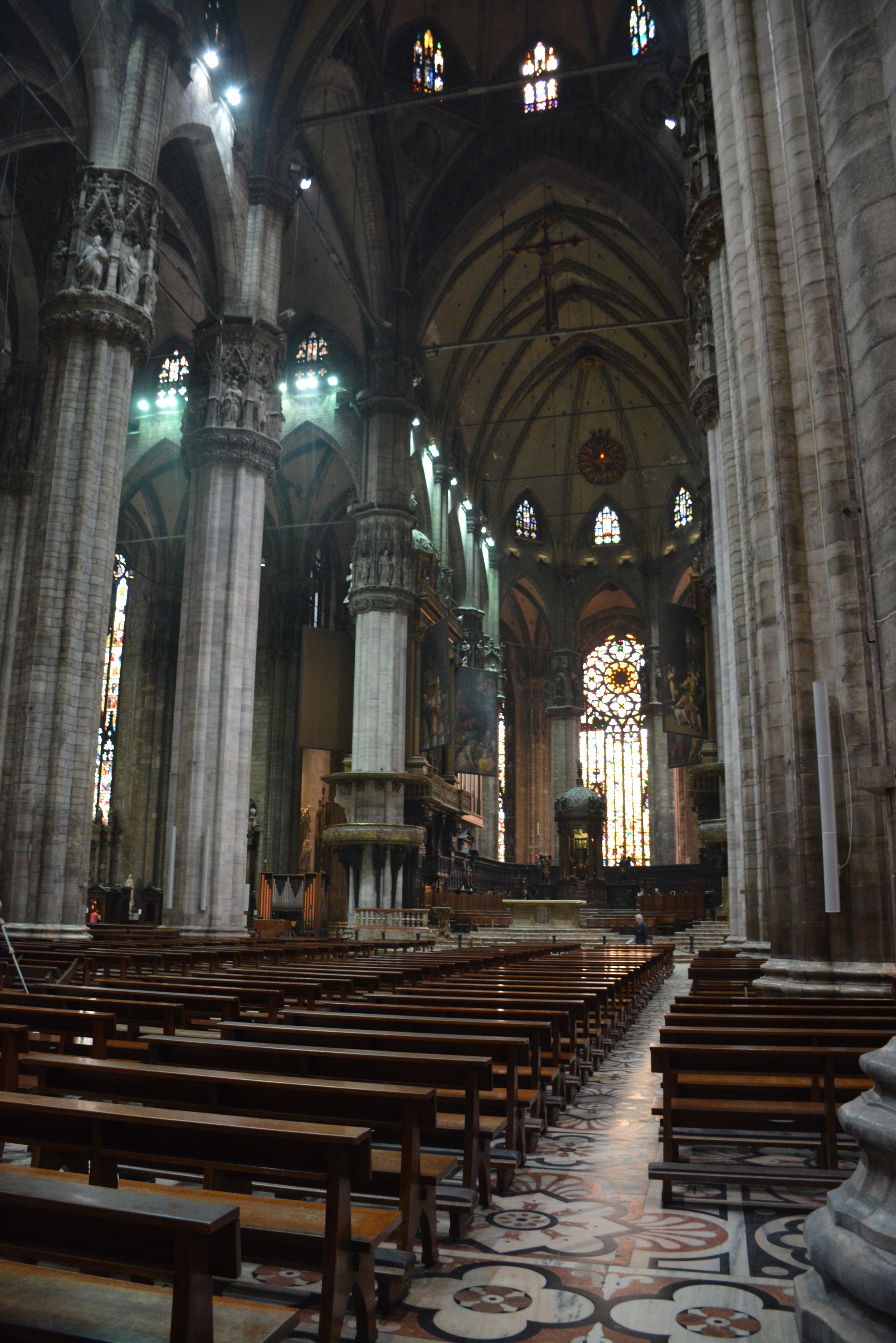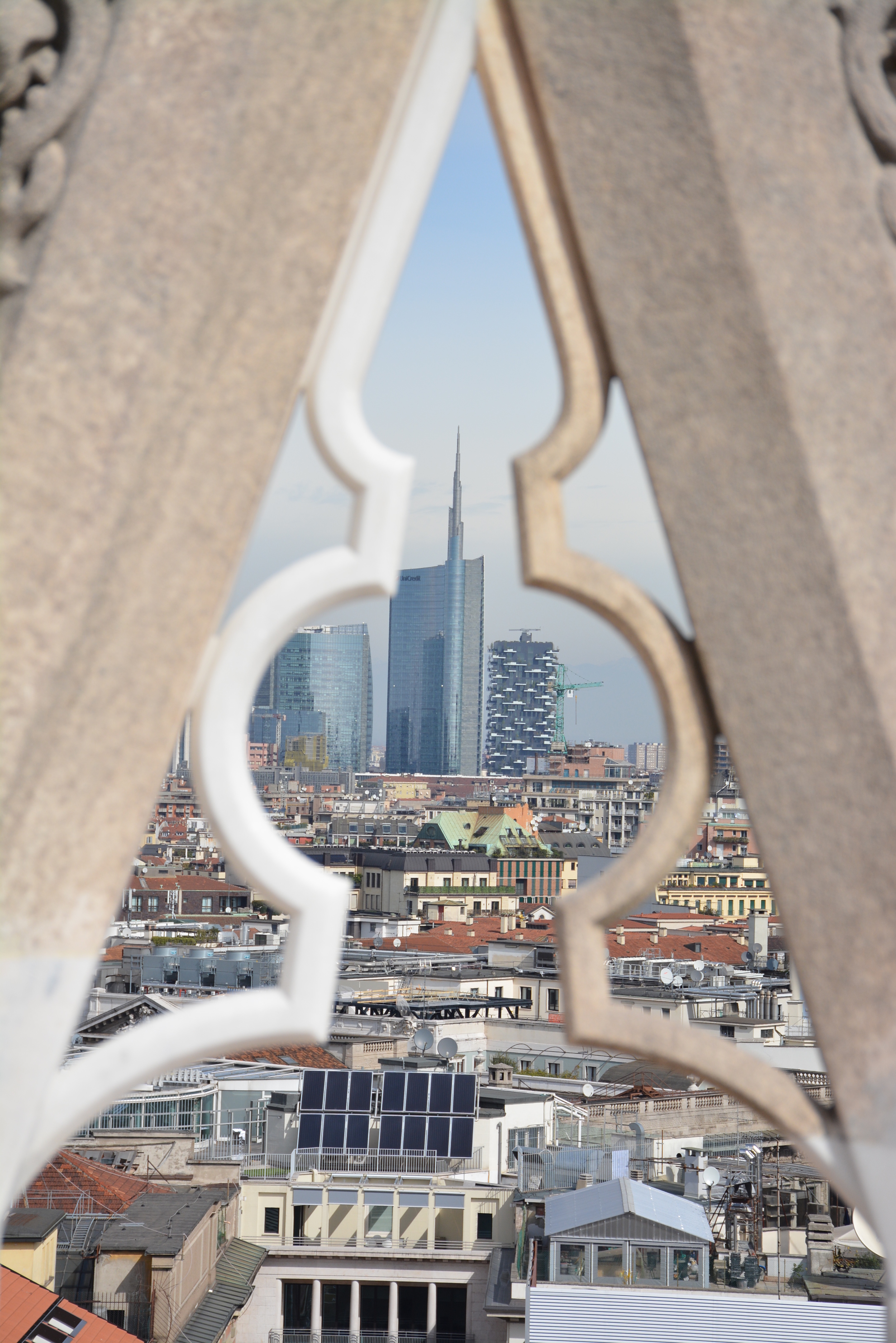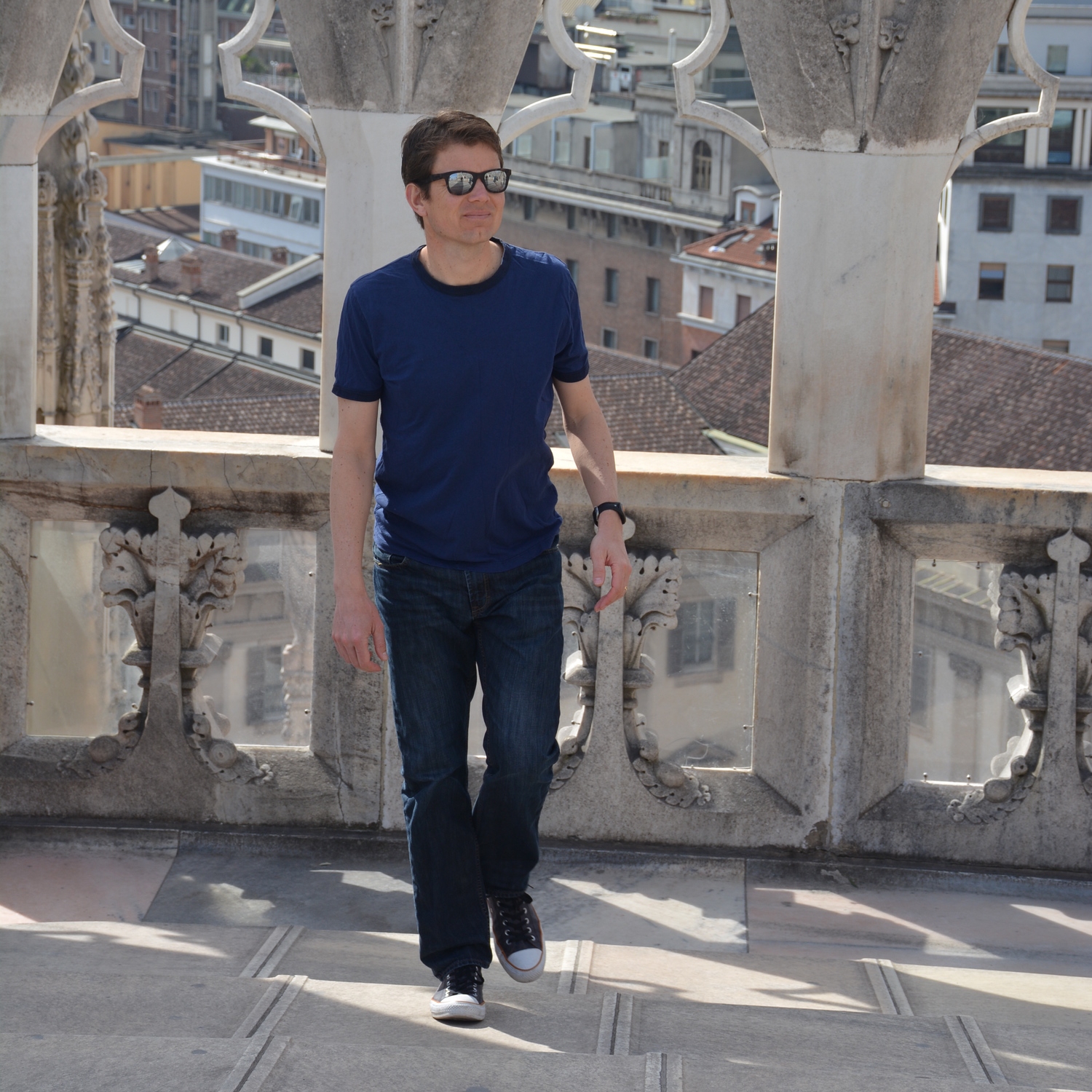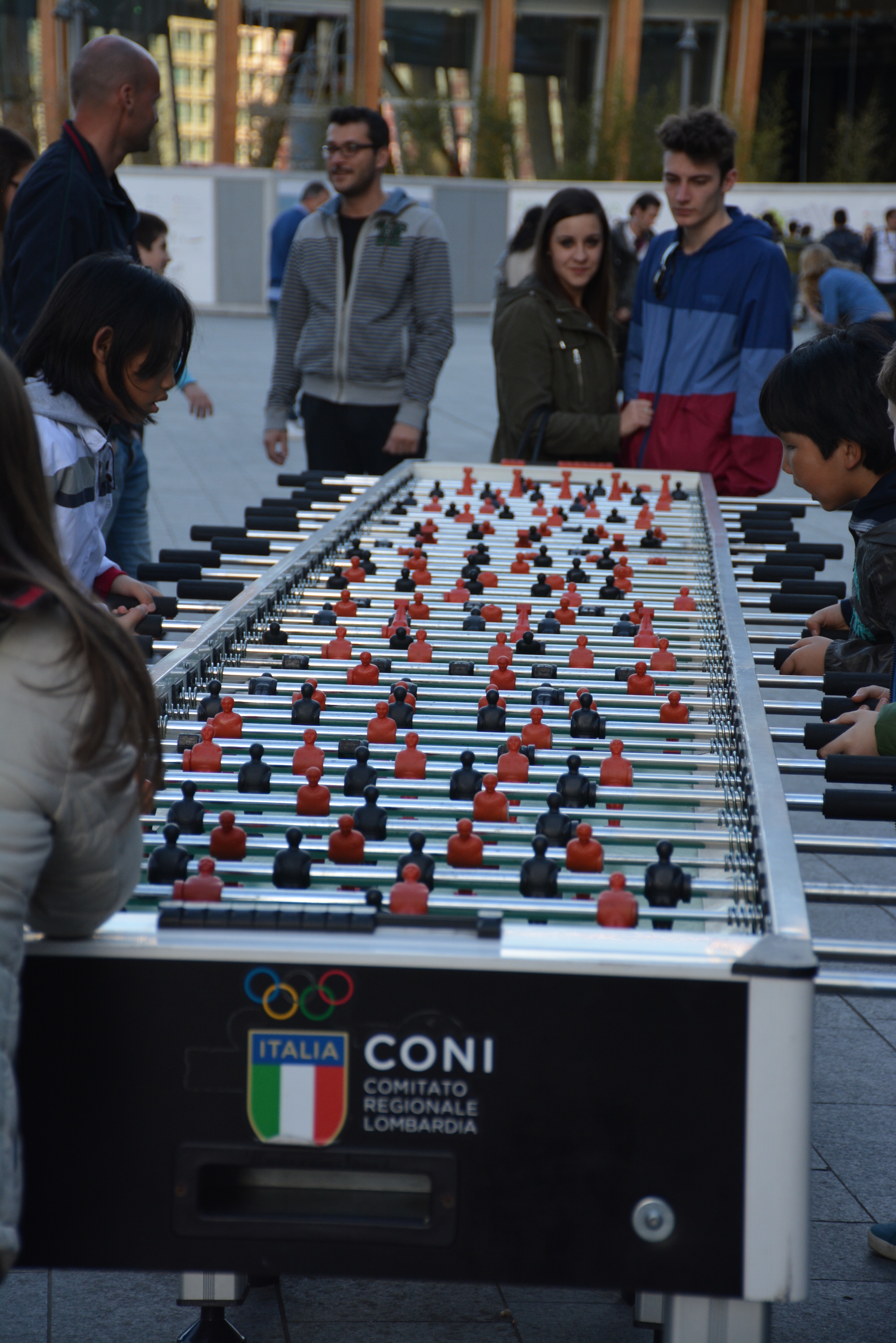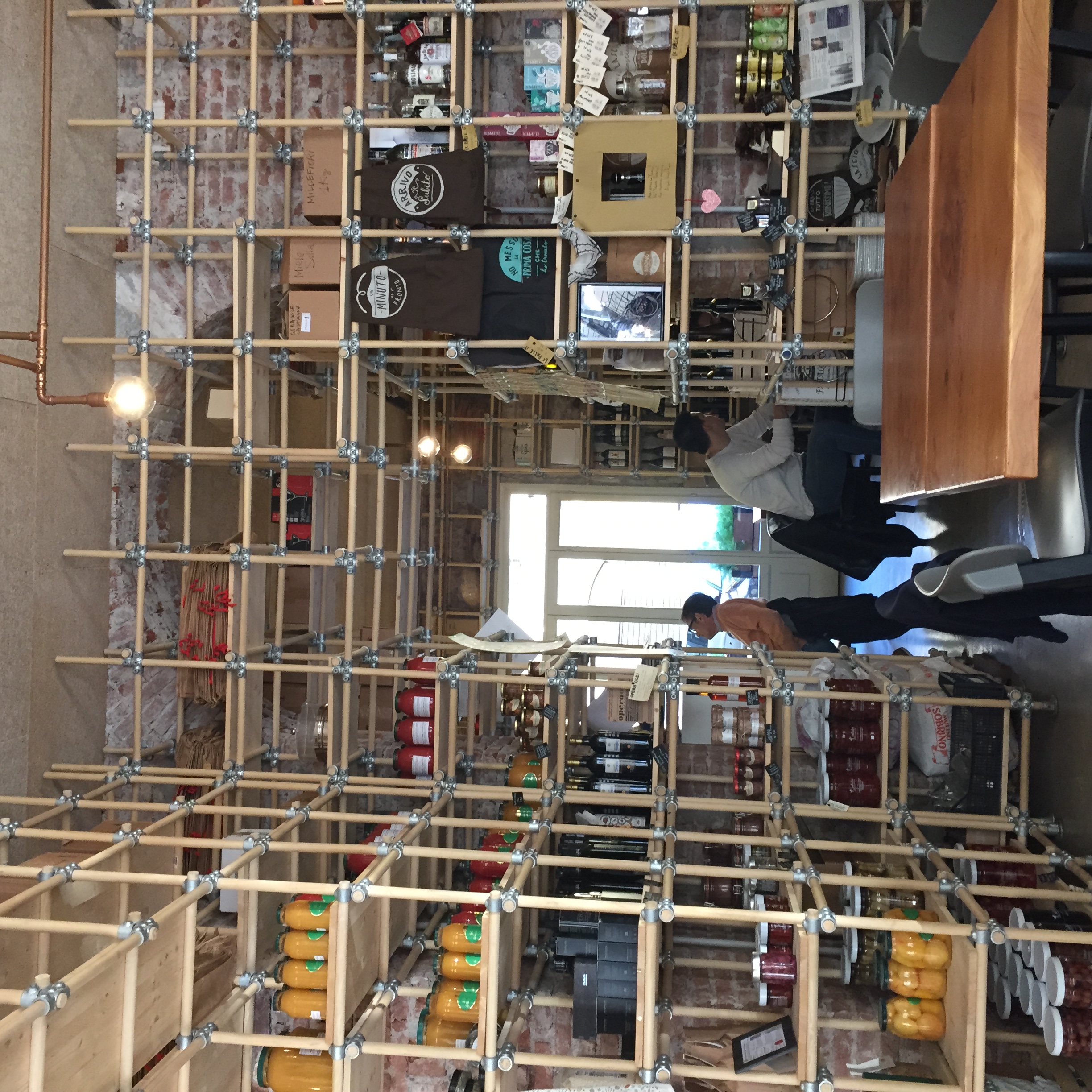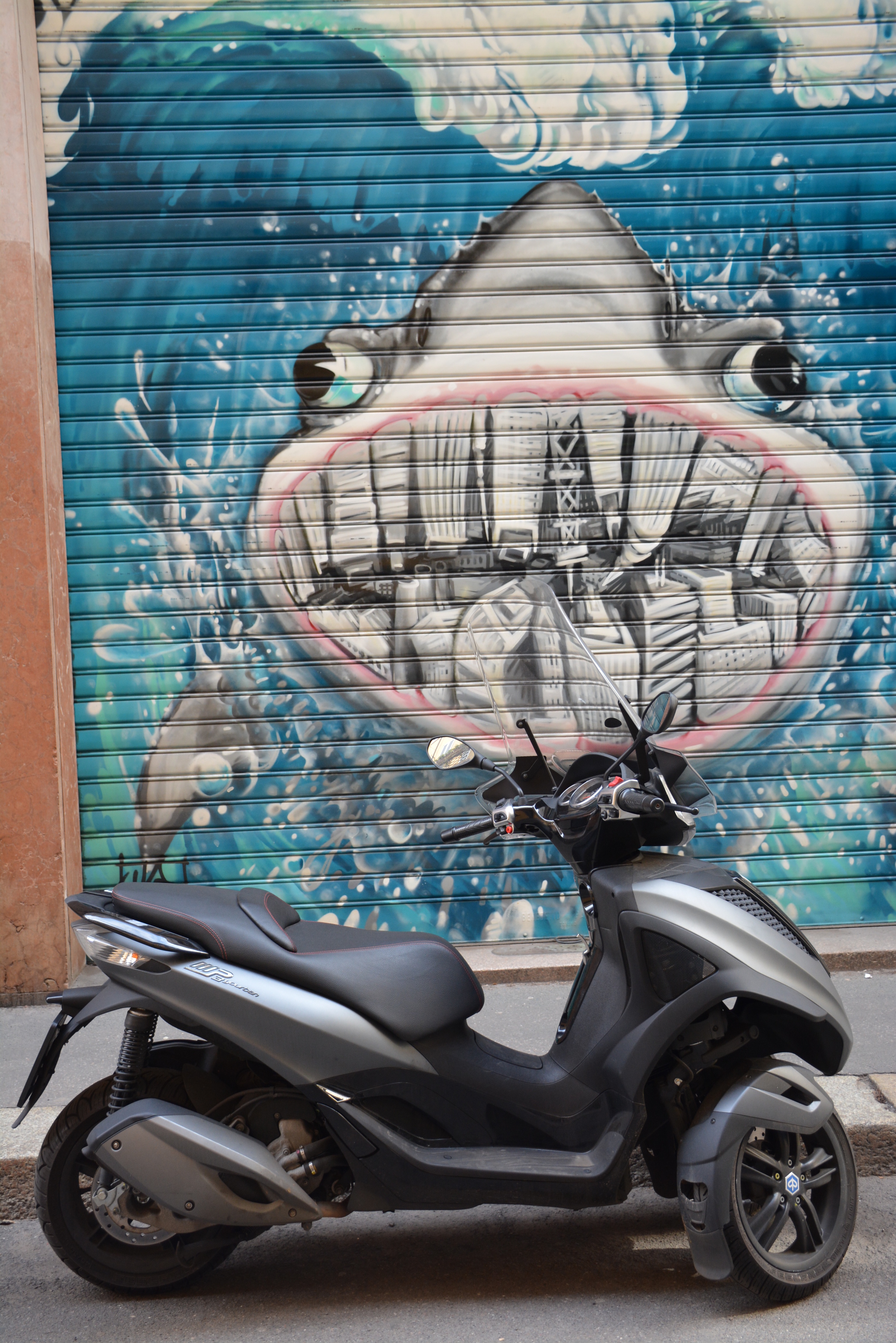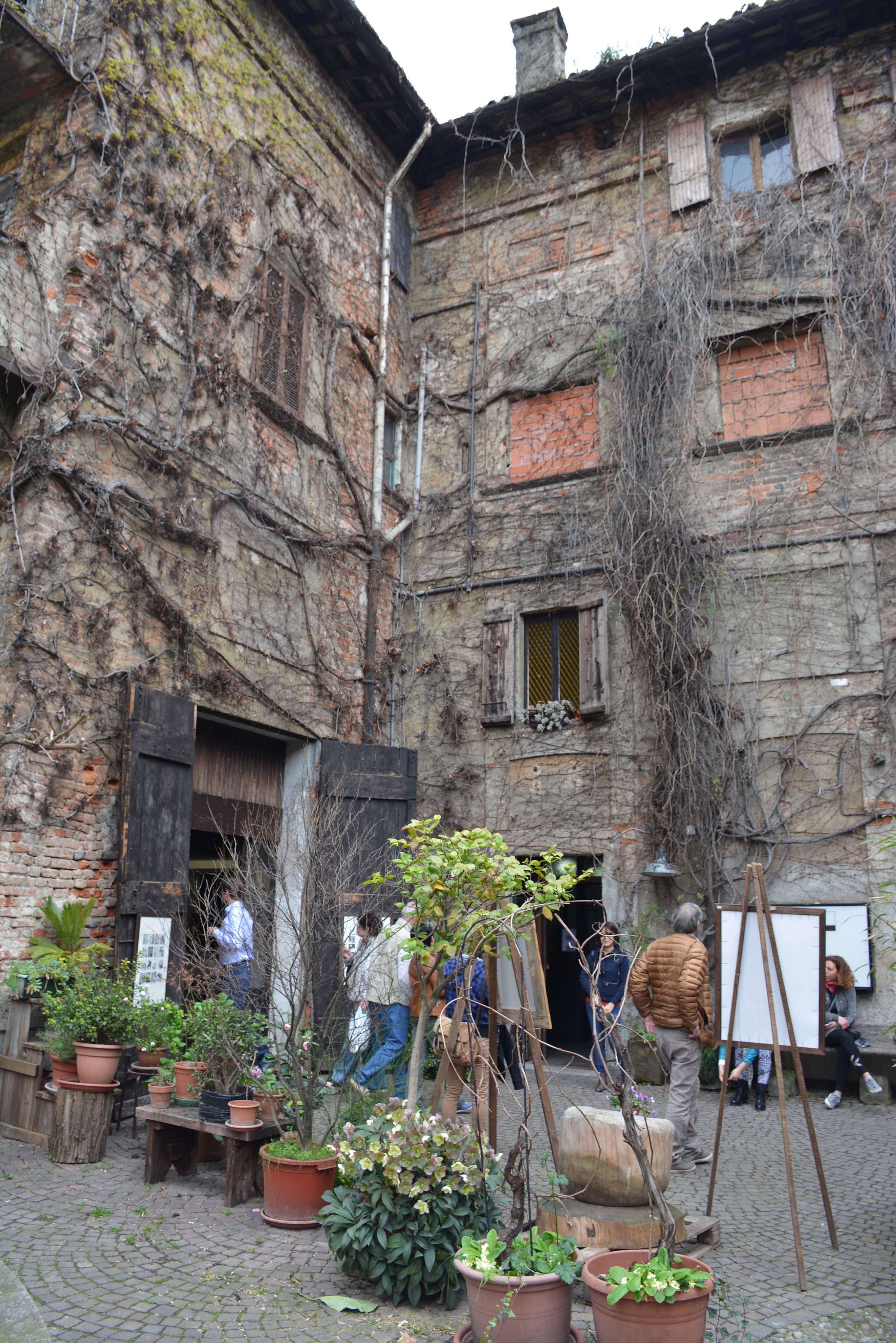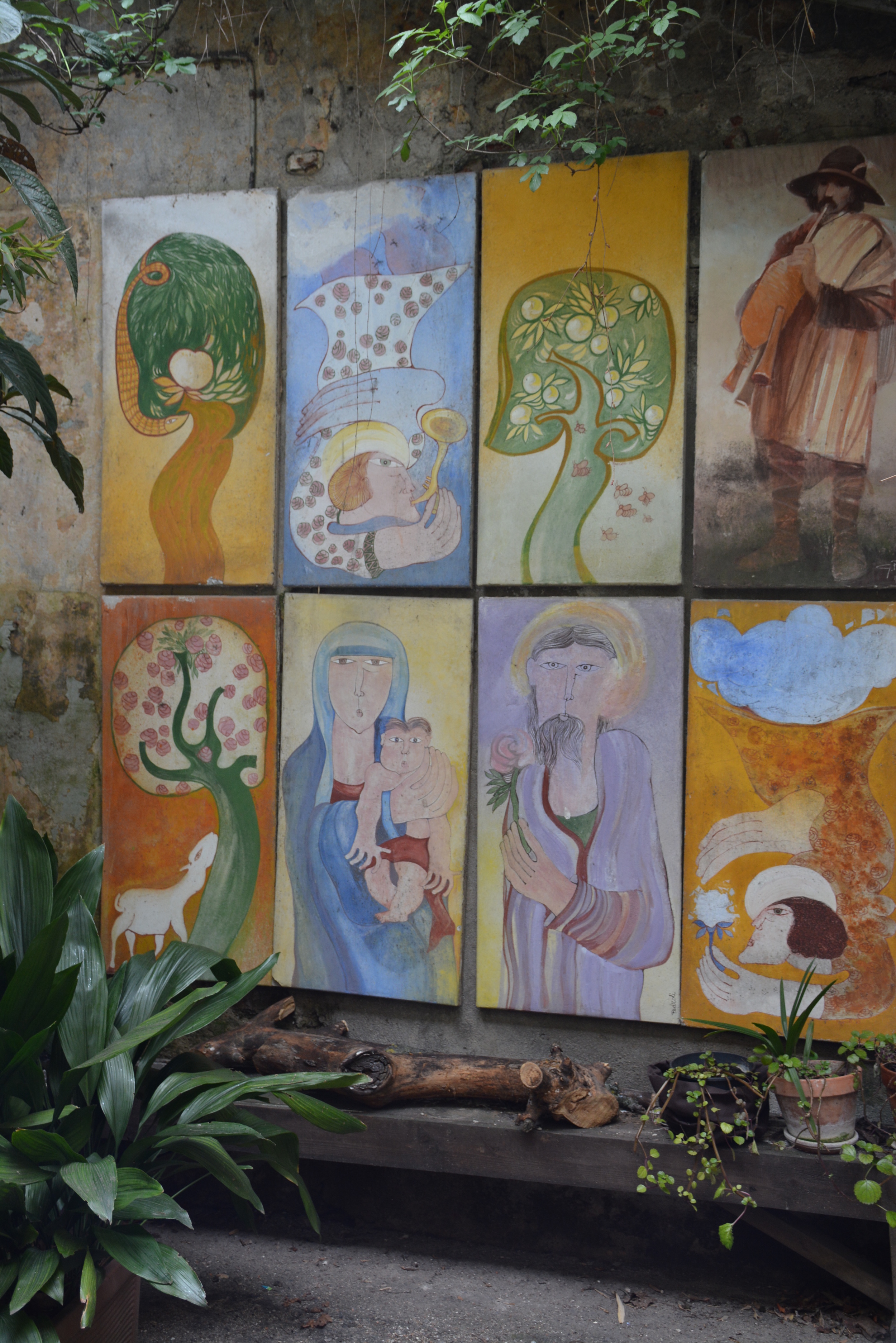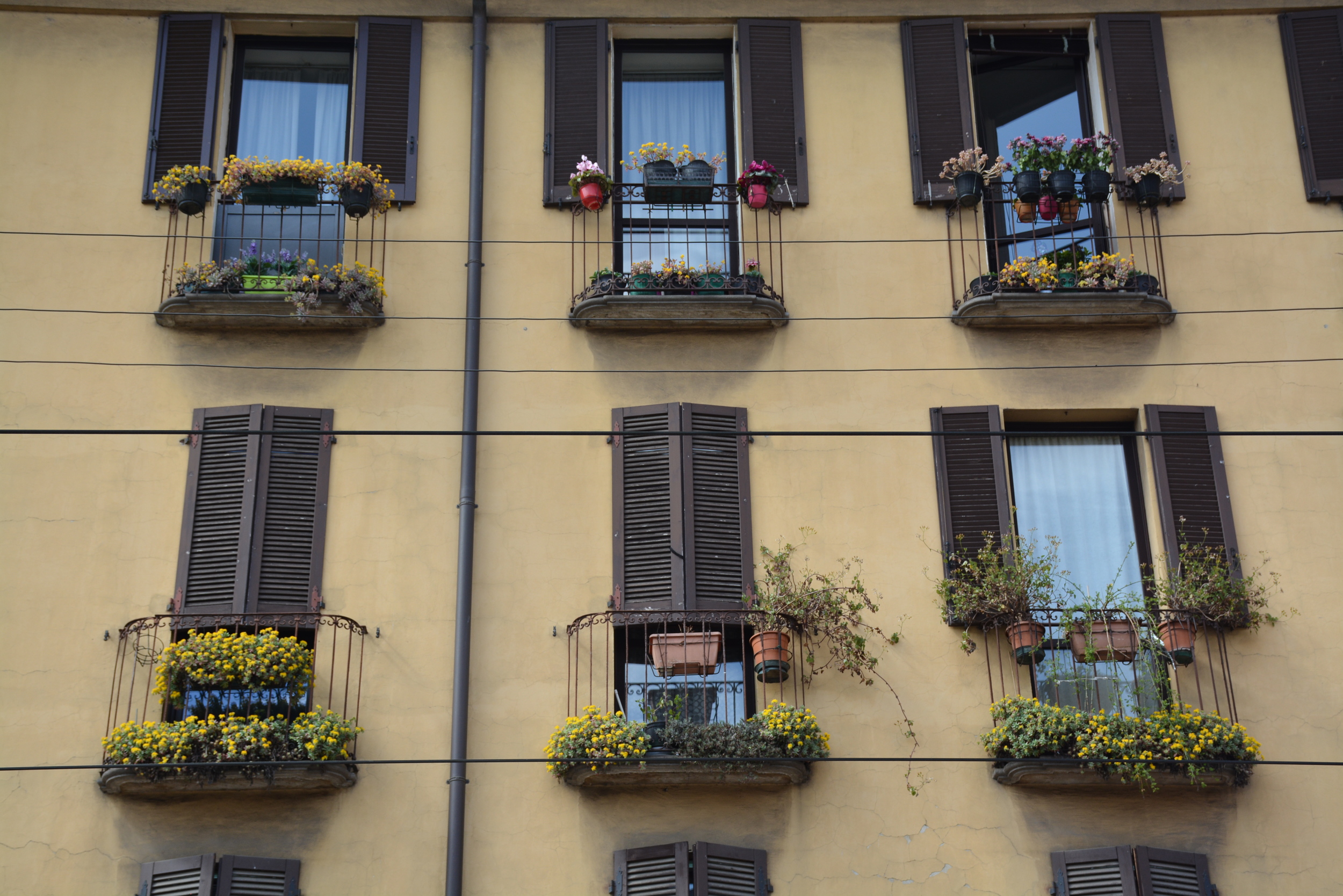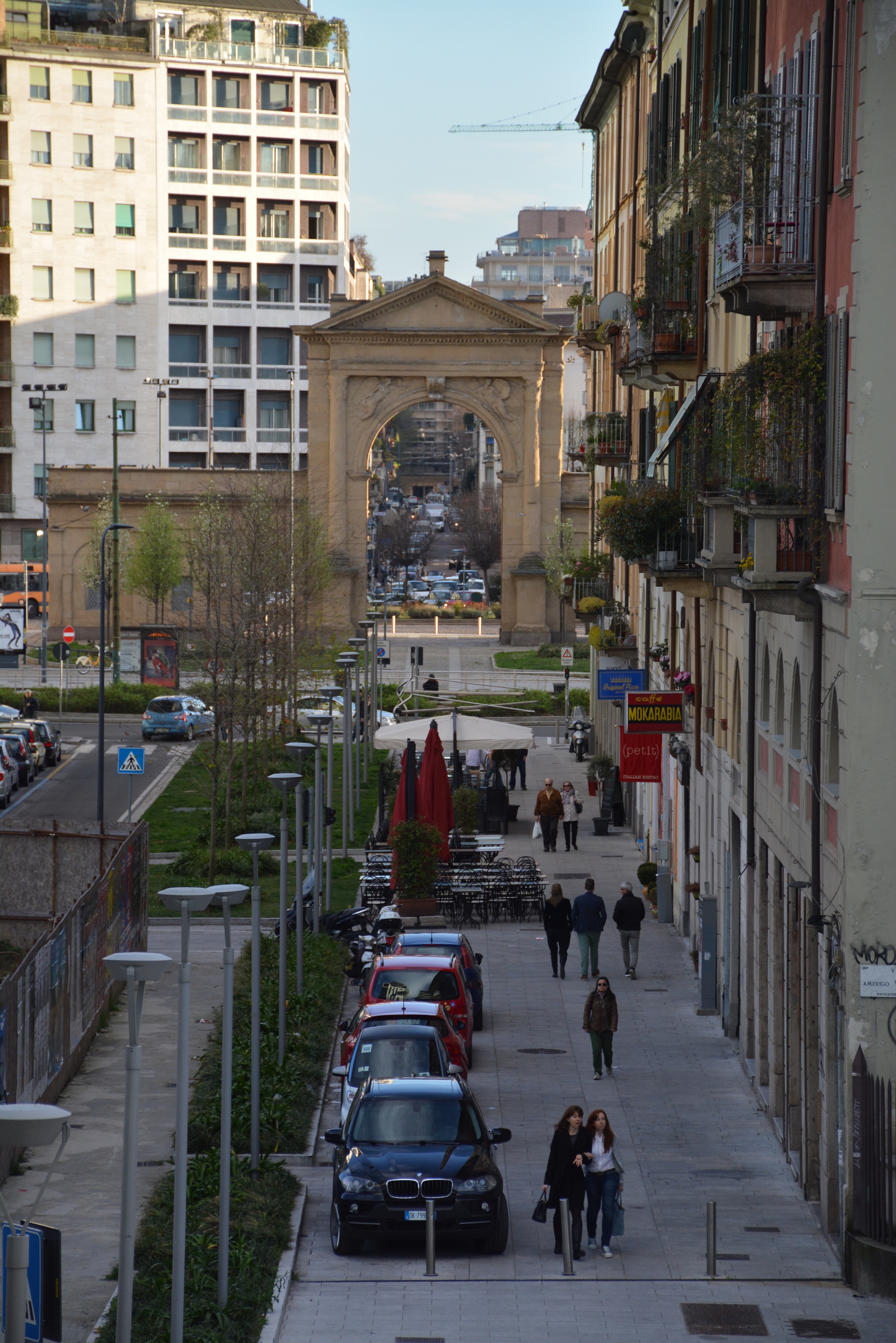Of all the trips I’ve planned none has been more involved than last summer’s almost three week road trip through Spain. What made it complicated beyond fitting five people, two bikes and weeks of stuff in our small car was the fact that my sister and her family would be traveling from the US to join us for two of the weeks and my husband would need to fly back and forth for work. Multi-stop logistics are not my strong suit but expectant company and employed spouses have a way of bringing out the best in you. (In case it was troubling you, the first logistic was telling my sister she would need to also rent a car.)
It was indeed a fabulous, memorable trip in every way. We covered a lot of ground from the Basque Country up North, through Madrid and down to Andalucía and back home to Luxembourg. Before this trip Spain had already won my heart as my most favorite European country but this three week route confirmed how much there is to love about Spain’s dramatic scenery, delicious food and special places to stay.
Everything just worked. Hunting down antibiotics in rural Andalucia took a little more work. Parking in central Madrid, with bikes on the car, both did not work and was a very bad idea. Otherwise the trip, which included my brother in law running with the bulls in Pamplona, was without incident. My sister and her family got the tour through Spain they were hoping for, my husband made all his trains and planes, and I did not ditch the bikes in Madrid.
The guidebooks can more than adequately fill in all the details of the places we visited. The “genius” (if there was one to the trip) was the itinerary. Aside from a marathon first and last day of driving from Luxembourg to the border of Spain, each day was a manageable amount of driving. You could also do this trip in less than 3 weeks.
The Itinerary
Here is the interactive map of our trip minus the first and last long haul days across France. The red markers are places we stayed and the yellow markers are places we made day trips to. The blue line is the driving route we took between our lodging hubs. Below the map is the order of our home base stops with the "+" for easy day trips from each one.
A. BASQUE & Navarre REGION (Larrasoana)
We started the trip by meeting my sister and her family in the North of Spain. We drove from Luxembourg and they rented a car in Barcelona and drove about 5 hours to Larrasoana. Larrasoana is a small village town located at the base of the Pyrenees (some of us biked the mountains), on the second stage of the Camino de Santiago (some of us walked a portion of the route and met a new wonderful Spanish friend) and 15 minutes from Pamplona. We rented a village house on Airbnb large enough for all of us with a nearaby jai alai court for indoor wiffle ball competitions, sisters included.
+ Pamplona
The capital city of northern Spain's Navarre province. We were there in July during the multi-day festival of the Running of the Bulls (Fiesta de San Fermín). One of us was brave enough to run. The rest of us enjoyed the countdown.
+ San Sebastian
The gorgeous, gastronomic resort town in the mountains and on the Bay of Biscay in Basque Country. One day trip wasn't enough time to enjoy the beach promenades and pintxo bars so we came back for another day on the drive home. San Sebastian would make for a better home base but because our group was large and biking in the Pyrenees was a priority we made the village house choice.
+ Zarautz/Getaria
A beach town and a fishing village near San Sebastian. I had been obsessing about wanting to get to Getaria for over a year ...and then people rushed me.
b. Burgos
A stopover on the 5 hour drive from Larrasoana to Madrid is the provincial town of Burgos with few tourists and a beautiful French Gothic Cathedral.
c. MADRID
Most non-Europeans flock to Barcelona but most Europeans love Madrid. Madrid requires a post all its own but if truth be told we didn't do enough of Madrid for me to give it its proper due but it's a place I'd like to visit again.
We rented an Airbnb apartment in the center of Madrid which used to be an old convent. In terms of quality, location and value, I highly recommend this rental. For parking, it's a beast.
d. ANDALUCIA REGION/CARCABUEY
We then drove 4.5 hours from Madrid to the Cordoba region of Andalucia for some pool time and relaxation.
We rented a villa in the heart of the a natural park near the small town of Carcabuey through Rustic Blue. Summer villa rentals on Rustic Blue do require a Saturday to Saturday stay. You can read my post on "Tips for Renting a Villa in Europe" for more information on how I found this one.
+ Toledo
On the way to Carcabuey the walled old city of Toledo is an easy stopover for lunch.
+ Cordoba
Córdoba and famous La Mezquita mosque is 90 minutes away for an easy day trip. (One day tripper was a little hot and tired in Cordoba...)
+ Granada
No trip to Andalucia would be complete without a trip to the historic city of Granada and the beautiful Alhambra. It was even more beautiful than we imagined and we had the benefit of meeting up with Spanish friends (my son's girlfriend and her family) who shared their knowledge and history with us.
e. near madrid/ALCUNEZA
After our day in Granada my sister and her family flew home out of Madrid, our oldest son went to spend a week with his girlfriend's family on the southern Coast of Spain and we took our time driving home. I picked a few special places to sample on our way back.
The first place was a lovely flour mill turned luxury hotel an hour North of Madrid in Alcuneza. Parking was much better. This isn't a place to go out of your way to but it's a a great overnight alternative to staying in Madrid. We stumbled on a spectacular gorge carved out by the Rio Dulce near Siguenza.
f. near san sebastian/BIDANIA
The second stop was a countryside hotel called Iriarte Jauregia in Bidania 20 minutes from San Sebastian. This would be a nice place for an overnight after staying a few days in San Sebastian.
Here's the small countryside hotel we stayed at.
G. ILE DE RE (France)
The third and last stop was at La Baronnie Hotel & Spa in Ile de Rey's main town of Saint Martin. This place is France's own version of the Hamptons with miles and miles of flat cycling paths designed with families in minds, quaint villages and beaches. This island connected to the mainland by bridge deserves it's own trip.


